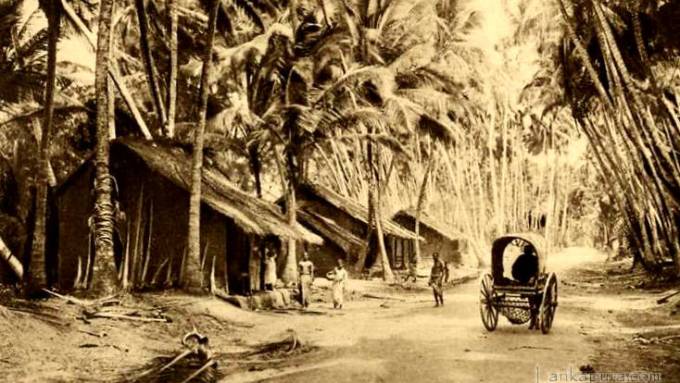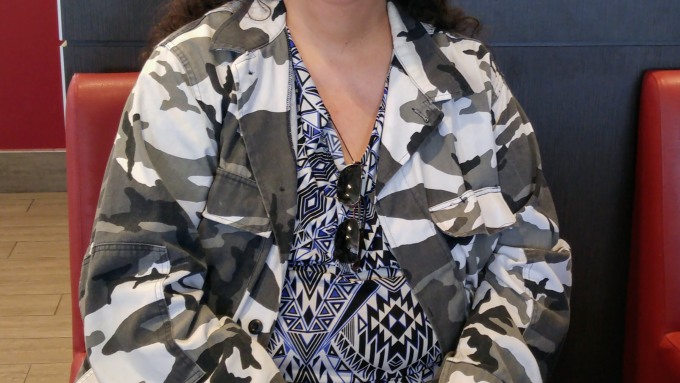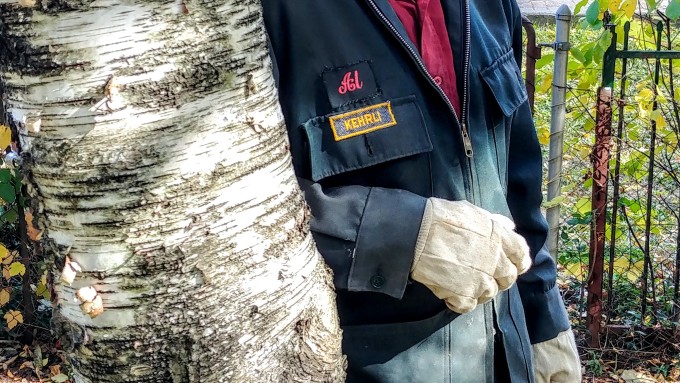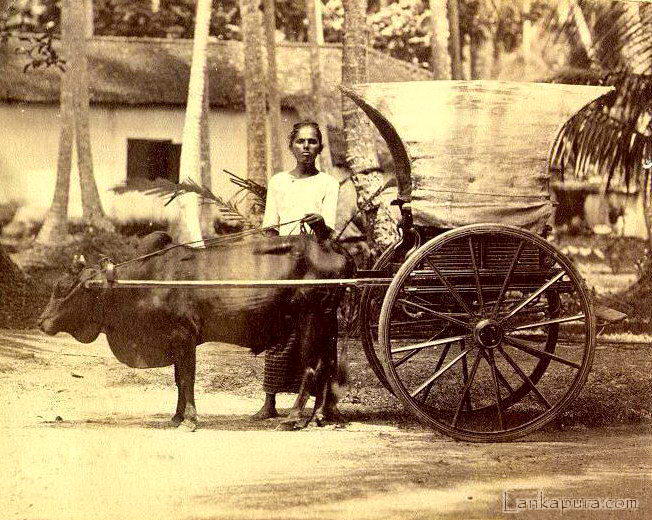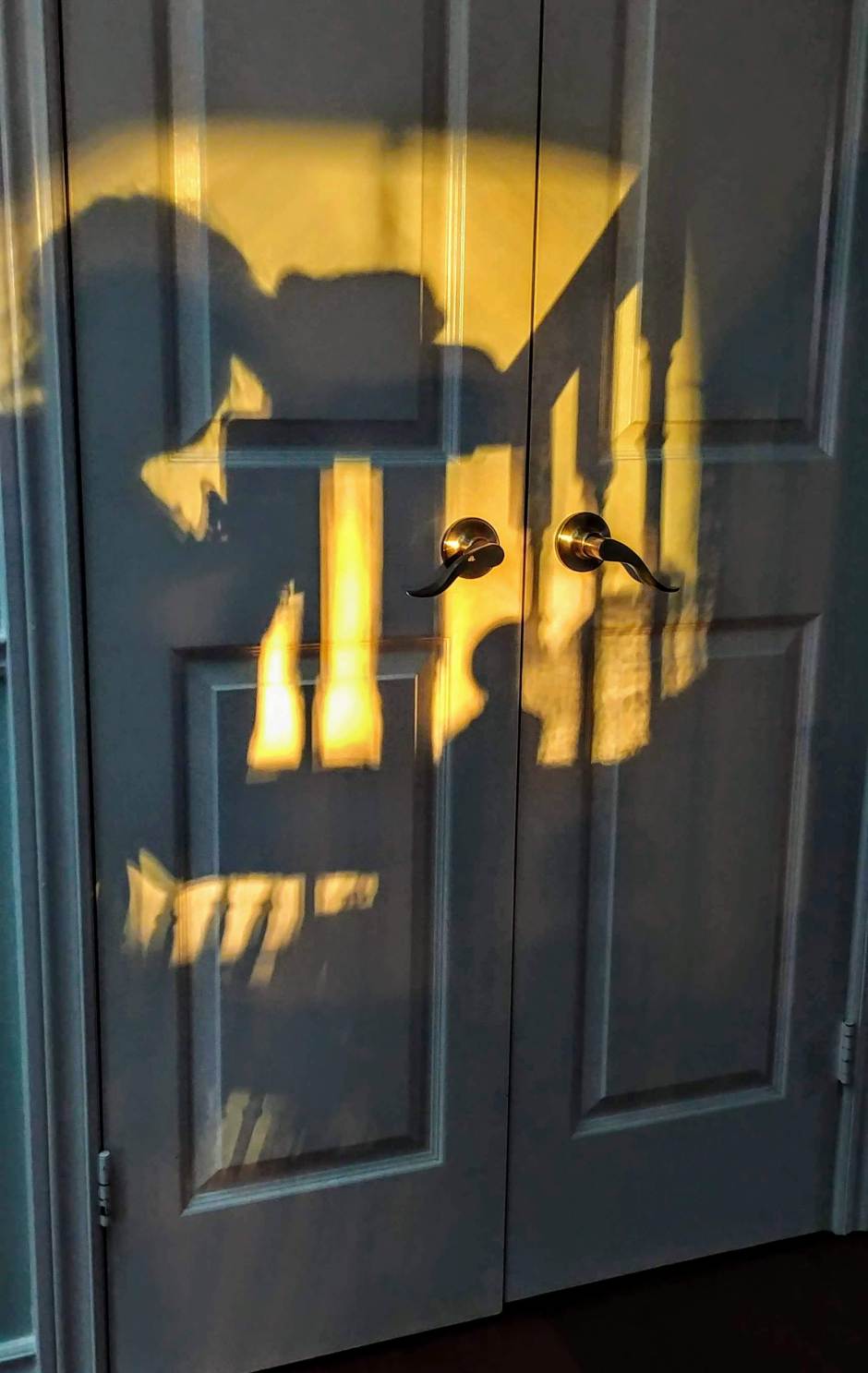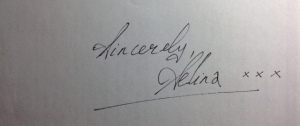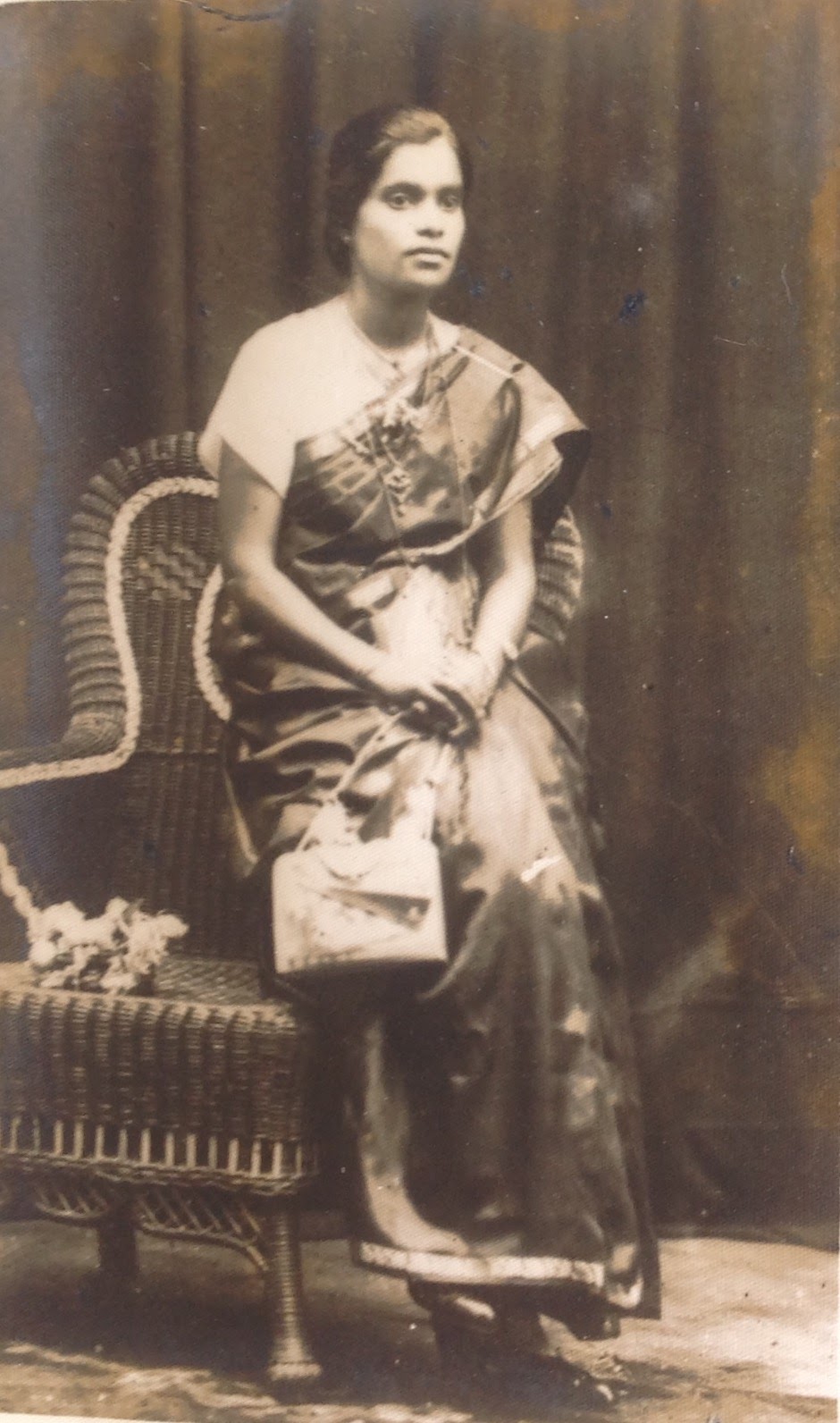CLICK HERE FOR PART 1 – Our present past Early one morning in 1905 Shadrach Samuel, aged twelve, stepped off the platform at the Fort Railway station in Colombo and into the open arms… More
A Groom For Anna (Our Present Past 7)
Get caught up on this story –
CLICK HERE FOR PART 1 – OUR PRESENT PAST
CLICK HERE FOR PART 2 – WIDOW’S DILEMMA
CLICK HERE FOR PART 3 – ANNA GOES TO SCHOOL
CLICK HERE FOR PART 4 – THE NEWTONS OF OLD PARK VIEW
CLICK HERE FOR PART 5 – A BRIDE FOR SHADRACH
CLICK HERE FOR PART 6 – hE CHANGED HIS MIND
………… xx ……….
Engaged?
A stunned silence followed as glum brother and sister grappled with the uncomfortable implications of the unexpected announcement.
Eyeing his siblings in dismay, Shadrak drew the ring off his finger and slipped it into a drawer.
“I won’t get married then!” he declared. “Are you happy now?”
The twins exchanged a glance of remorse.
“No!” Anna exclaimed and Solomon chimed in. They embraced their brother with congratulations and hugs.
Wedding preparations got underway.
A letter arrived one morning at the home of the newly-weds, Mr. and Mrs. Fred Aiyadore. Grace was delighted to hear from her mother. The young wife residing in an out-of-town railway residence where her husband was posted as stationmaster, longed for mail from home. She received, with pleasure, the news of her sister’s engagement, and was taken aback by her husband’s reaction.

“He’s only a struggling businessman. No financial stability,” Fred declared. “What kind of a match is this? Mercy is too young to be married and the man is far too old for her!”
He grumbled and fumed, loudly declaring his objections to the marriage. To prove his stance in the matter, he informed his wife that they would not be attending the wedding. She cried for days until he relented and changed his mind.
A triumphant Grace packed their bags and the couple made the train ride up north in time for the the happy occasion
The marriage of Shadrak Samuel and Mercy Newton was formalized at the Anglican Church of St John the Baptist in Chundikuli, Jaffna.
Oral family history recalls how Mercy’s classmates were on the lookout from behind the coconut thatch fencing enclosing the school grounds. When the bride walked the short distance from her home to the church, cries of “Mercy! Mercy!” followed her in chorus as the giddy young girls called out to her from the schoolyard at Chundikuli Girls’ College.

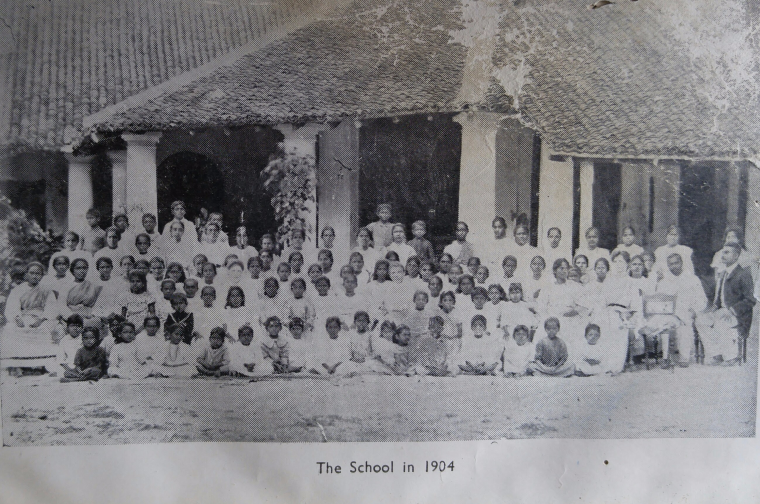
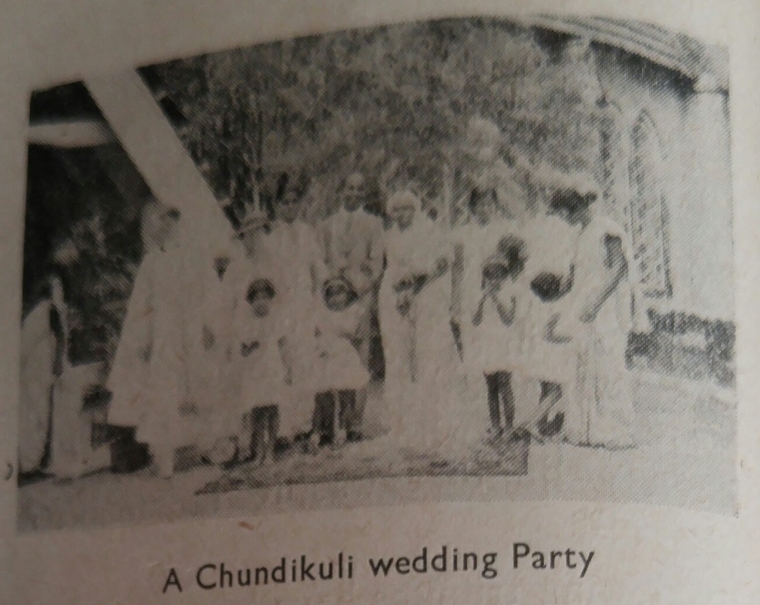
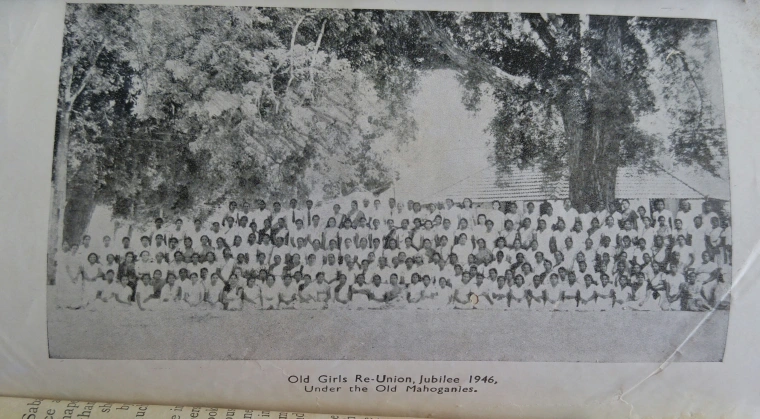
school magazine found in the school library by this author in
2017)
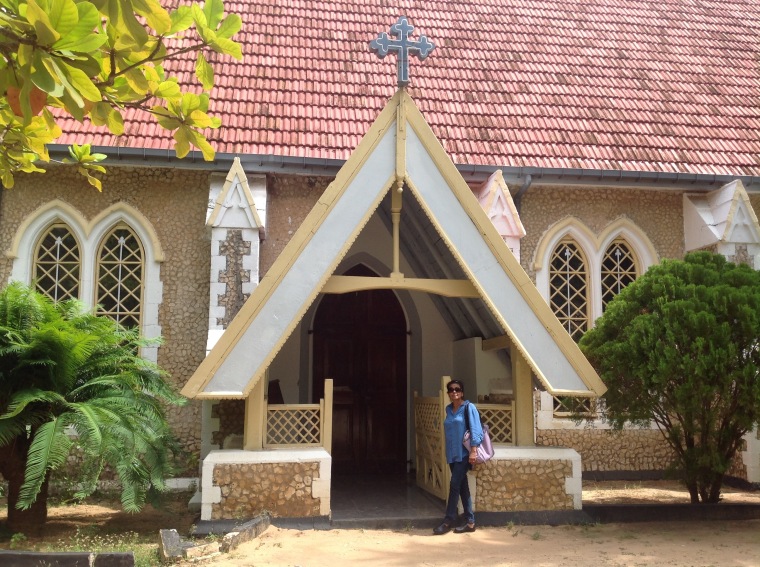
One can only imagine how it might have been for a sixteen-year-old to adjust to life as the wife of a family’s patriarch.
On her first visit as a married lady to her sister’s home, Mercy stood on the doorstep holding a doll in her arms, a poignant picture of a young girl thrust early into the weight of adulthood.
Shortly after the new Mrs. Samuel settled in as chatelaine of her husband’s home in Kotahena (Colombo 13), her sister-in-law, Anna, arrived to spend the school holidays in her brother’s home.
Three times a year Anna made this journey from Jaffna by train. She looked forward to the time in the metropolis. Anna, several years older than her new sister-in-law, was a self-assured young woman, who worked for her living as a teacher. Feminine intuition advised, early into her visit, that her presence might be an intrusion in the home of a teen-aged bride. Anna tactfully informed her brother that it was time to bring the thrice-yearly Colombo holidays to a halt.
Shadrak nodded and wisely refrained from comment. He wrote to Canon Somasunderam, the Anglican minister who, years before, had been instrumental in changing the course of Anna’s destiny (see Anna Goes To School).
This benevolent clergyman had been the first to build on a stretch of undeveloped land and tumbledown shacks that was later named Somasunderam Lane (Chundikuli). He was cordial in his response. His wife and he would be happy, he wrote, to accommodate Anna as a boarder in their home during the holidays.
Anna was a Senior Cambridge teacher at the CMS (Christian Missionary Society) Boys’ School in Kopay, Jaffna. She was a respected member of staff and beloved of the two spinster English ladies who headed the institution. During term-time, she boarded in a room close by, and spent much of her monthly salary on gold sovereigns as an investment towards her future.
A package addressed to Miss. Anna Samuel arrived one day in the post. The sender was Shadrak Samuel, her brother and unofficial guardian. The contents were a Notice of Marriage which she was instructed to sign and dispatch by return post. Friends accompanied her to a lawyer’s office where she signed the form and had it witnessed.
In doing so, she became legally engaged to be married.
Anna grew anxious when concerned individuals in her circle bombarded her with questions she was unable to answer.
“ Who is this man?” “What is his name?” “What’s his profession”
Anna was honest. She confessed she had no idea who her future husband was. Her well wishers were at a loss. An odd state of affairs, they whispered, but a testament to her implicit trust in this brother of hers.
Years later, Anna confided in her oldest daughter. “I was unable to overcome my growing sense of anxiety,” she told her. “I knelt by my bed one night and prayed. ‘Lord, I trust you,’ I said. ‘I trust my brother. I’m not seeking a man with a big job or fame. Just let him be a good Christian man and a gentleman.’ ”
The bridegroom Shadrak chose for his sister was Murugesu Albert Kanthapoo, a young man from the rural village of Karavaddi in the northern province. Mr. Kanthapoo, also a teacher by profession, was a convert to Christianity.
Anna’s mentors and employers, the English Principal and Vice Principal of the Anglican school, discovered that she was to marry a member of the Methodist Church. When they expressed their disapproval of her imminent marriage to a man from a different Christian denomination, Anna had to explain that the marriage had been arranged without her fore-knowledge — she had no say in the matter.
The nuptials were solemnized in Colombo.
Anna and Albert set eyes on each other for the first time on their wedding day.
It was raining when the bride and groom stepped out of the little Church of Saint Thomas Gintupitiya, in Kotahena. A car pulled up at the door and they were driven away to the reception close by, at the home of Shadrak and Mercy Samuel.
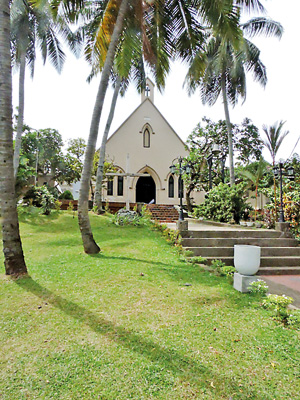
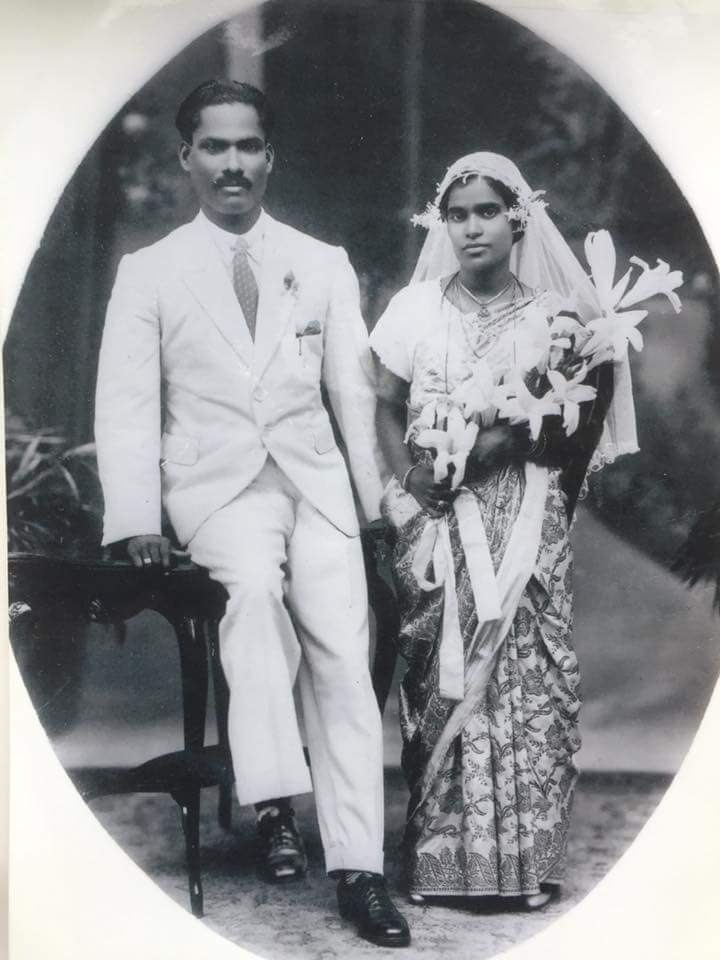
Arriving at the house before the invited guests, the couple were greeted at the door by two servants. Anna led her new bridegroom to the sofa in the living room. She was shy to converse with this stranger she had just married, so the pair sat in silence until the rain ceased, and the guests began trickling in from the church.
When the festivities were done, the newly-weds retired to the guest room.
Anna spoke first and broke the awkward silence.
“Before we begin our married life,” she said, “Shall we pray?”
Her new husband knelt beside her. With childlike faith she prayed, placing her marriage and the future in the hands of divine providence.
And so began their journey as husband and wife.
Albert Kanthapoo was a conservative traditionalist. Anna was extremely well educated for a young woman of her time, with a certain city-fied flair she’d acquired from her frequent sojourns in the metropolis of Colombo. Her sophistication was evident, for example, in the unlined sleeves of the lace saree blouses she wore, which permitted the skin on her arms to show through.
Those lace sleeves – sans lining – would prove to be an unfortunate bone of contention.
One Sunday morning as Anna and Albert made their leisurely way home from church , they bumped into an old acquaintance of Albert’s. Anna rode in a rickshaw with her husband strolling alongside while his uninvited companion kept pace. The friend bent down and peeped into the rickshaw, casting a critical eye on the lady relaxing against the padded seat. She was attired in her Sunday best, wearing a pretty saree and a lace blouse with unlined sleeves.
The friend observed drily, “I am surprised to see you are married to a Sinhalese lady!”
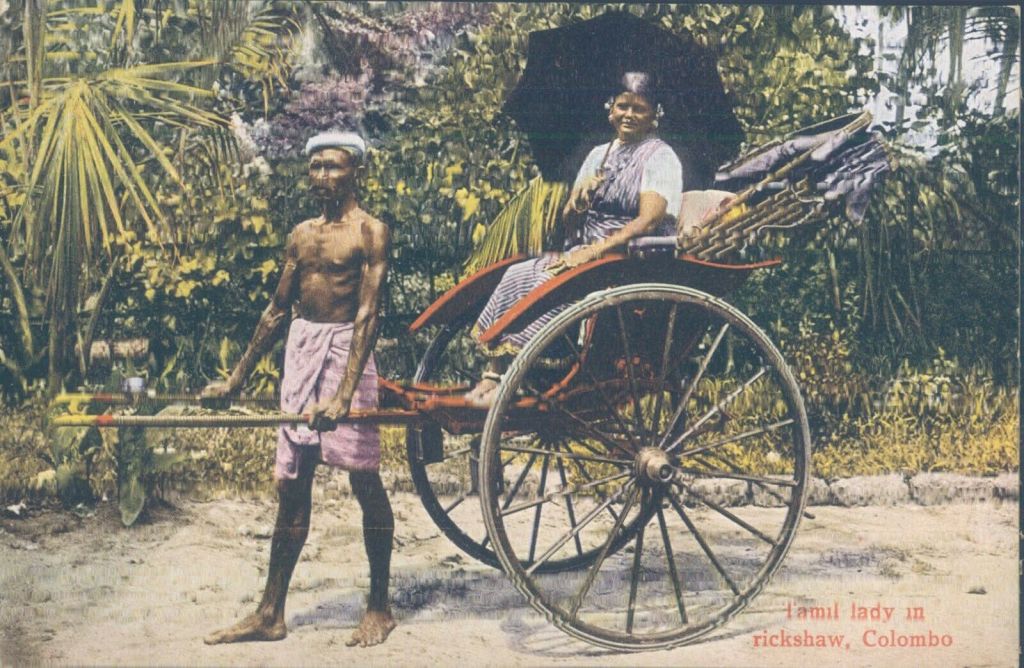
Mr Kanthapoo was affronted by the two-fold jibe — a sly comment on his wife’s fashionable attire and the insinuation that he had married outside his ethic community – unheard of at the time.
Alas! Alas! Those southern city ways …

Anna and Albert Kanthapoo had five children, two sons and three daughters.
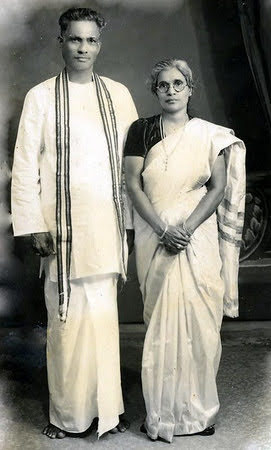
In a letter to this author, dated August 7, 2018, Anna’s older son, K. Paramothayan wrote of his mother –
My realization at long last, that I am perhaps one of the few surviving members of my mother’s family in a position to recall some facts relevant to future generations, has forced me to sit down for a few moments and commit my thoughts and memories to paper.
First of all, what I am is largely due to my mother’s stamp on me from my early childhood. I inherited not only many of her physical attributes, but her character and demeanour too, by and large.
Faced with the uncertainty of life at a very early age, having lost her father as an infant and her mother at eight, her only hope and strength, it seemed, lay in an unshaken faith in God manifesting himself in the person of Jesus Christ.
Being strong and resolute, she inevitably left her mark on some of us, especially me, who happened to be the eldest boy, more amenable to her thoughts and wishes – and especially her prayers.
I can still remember some of her early songs, in fact lamentations, unique in many ways. For instance, the expression of deep despair by singing some songs in both Tamil and English, to tunes which still ring in my ears.

… xx … xx
The children of Anna and Albert Kanthapoo –
- Paranithy (married Balasingham Arulrajah). She had a daughter: Deborah Pakshmala
2. Paramothayan (married Kamala Navaratnasingham). He had two daughters and two sons: Shanthy, Ajatha, Brinda and Rabin
3. Gnanothayan (known as Bobby) (married Rajadevi Chellappah). He had a son: Beno Rajothayan
4. Thayanithy (married Nandana de Soyza). She had a son: Devaka
5. Kirubanithy (married Arulpragasam). She had a son and a daughter: Priyadharshini and Arul Nesan
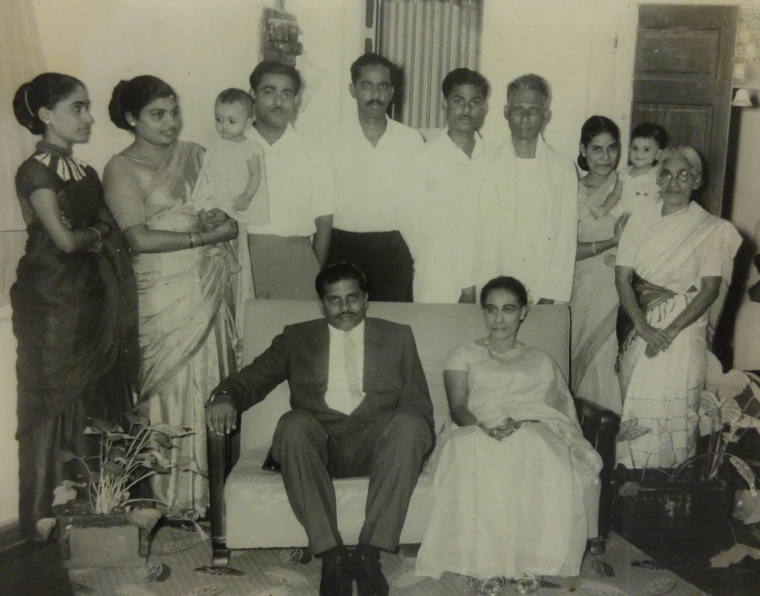
Standing (l to r) : Thayanithy (daughter), Kamala (son Paramothayan’s wife) carrying her daughter, Shanthi, (son) Paramonthayan, Arulpragasam (daughter Kiruba’s husband), (son) Gnanothayan (Bobby), Albert Kanthapoo, (daughter) Kiruba (carrying her daughter, Priyo), Anna. Seated: Balasingham Arulrajah (l), Paranithy (r) (Courtsey Paranithy Arulrajah)
Sometime around the time of his nuptials, Shadrak arranged a marriage for his second sister, Elizabeth Thangamma, to Godwin Wesley Sittampalam. Elizabeth was widowed early in life. She had two children – a son and a daughter .
To be continued …

…………………………………………

SHARE THIS STORY. use THE BUTTONS BELOW.
FOLLOW THIS BLOG AND RECEIVE NEW POSTS BY EMAIL: (GO TO FOLLOW BUTTON BELOW OR ON SIDE BAR OR CLICK HERE)
LIKE THIS AUTHOR’S FACEBOOK PAGE: CLICK HERE
He Changed His Mind – (Our Present Past 6)
Get caught up on this story –
CLICK HERE FOR PART 1 – OUR PRESENT PAST
CLICK HERE FOR PART 2 – WIDOW’S DILEMMA
CLICK HERE FOR PART 3 – ANNA GOES TO SCHOOL
CLICK HERE FOR PART 4 – THE NEWTONS OF OLD PARK VIEW
CLICK HERE FOR PART 5 – A BRIDE FOR SHADRACH
There was excitement at the fine brick residence on Forest Office Lane in Chundikuli. Shadrach Samuel was expected in town as the guest of his relatives, the Newtons of Old Park View.

Mrs Charles Newton (nee Anne Rose Perinpanaygam), his mother’s first cousin, was also Aunt Rebecca’s sister-in-law. Anne Rose was famed for her culinary expertise and Charles — her husband — was a hospitable man who needed no excuse to turn an occasion into a party.


Their two daughters — Grace Nesaratnam and Mercy Sugirtharatnam — were young women now. Petite Grace, a studious bookworm, was married to Mutuvelu Fred Aiyadore in 1924. Fred Aiyadore was attached to the Civil Service of the British Government, in the employ of Ceylon Railways.
Old Park View was part of the substantial dowry Anne Rose had received from her father, the wealthy landowner, Joshua Perinpanayagam. The property was signed over to Grace as her dowry when she married.
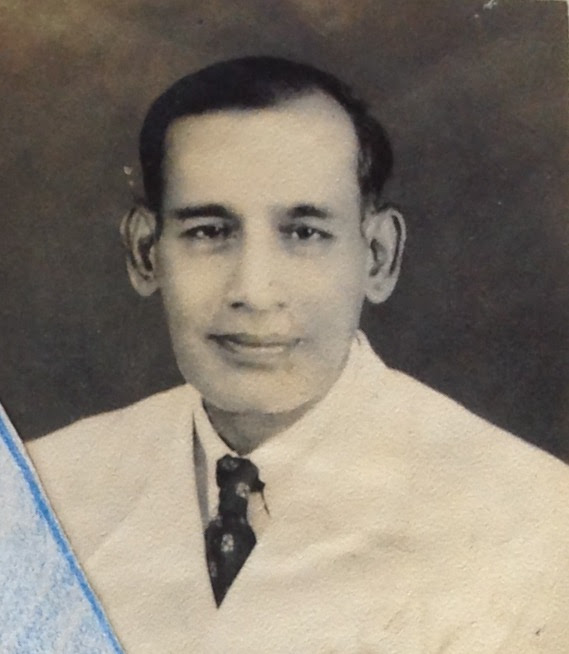
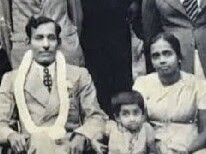
Mercy, four years younger than her sister, was a student at Chundikuli Girls’ College, steps away from her home, Old Park View. She, like her sister, had acquired the skills required of a genteel lady of her time. She played the piano, was a proficient dressmaker and had learned the finer points of cookery from her mother. She was also a gifted artist.
The infant Shadrak once held in his arms, was now sixteen. She was tall, slim with a distinctive beauty spot above her upper lip. She scaled the fruit trees in the orchard surrounding her home and roamed the grounds of Old Park View barefoot, engaging with gusto in the boisterous pastimes of Victor and Arthur, her young brothers. She still found time for her dolls. Life was lovely and uncomplicated. There was no hurry to grow up.



……………
There was something about the marriage-market game that brought sparkle to the humdrum of day-to-day duties. Rose Newton’s spirits rose as she oversaw the dusting and sweeping of the home and issued orders to yard and kitchen staff.
Her husband and she were to accompany the young man, Shadrak on his visit to the home of the prospective bride. Rose had picked a suitable saree for the occasion.
The rice boiling on the wood stove was from her paddy fields, delivered yesterday by bullock cart and piled up in gunny (burlap) bags on the kitchen floor. There was fresh Seer fish which she would spice and cook to practised perfection. Oorukai prepared with limes from the kitchen garden, dried on the back porch and pickled last week, would be the tangy accompaniment to the afternoon meal, along with several side-dishes of curried vegetables simmering in clay chatty pots. Water was drawn from the well in the yard outside — northern water that was famously known to tinge Jaffna cuisine with a distinct flavour which would make the two-hundred-mile train journey from the south well worthwhile.
A feast of special things awaited the guest.

………………….
Shadrach didn’t seem inclined to rise from his seat at the Newtons’ table. Though gravy-stains spattered the white tablecloth and lunch was long consumed, he chatted about inconsequentialities while his gaze strayed through the open window to linger on the slender form of a boisterous girl, a pretty tomboy blooming into womanhood. Her braided hair askew, Mercy clambered up a tree in pursuit of a mischievous brother whose bare legs dangled from the branch above her.
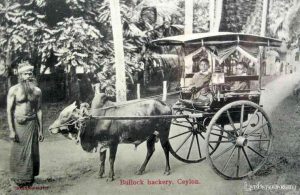
The buggy waited outside, the driver at the ready.
The wall clock chimed the hour.
Charles Newton glanced at his wife and cleared his throat. “We have to leave in a little while. They’ll be waiting.”
“I changed my mind. I’m not going,” Shadrach announced flatly. He eyed his host and declared, “I want to marry Mercy!”
Husband and wife succumbed to seconds of stunned silence.
“Mercy?” Charles rasped. “She’s sixteen. Still at school!”
Shrewd Rose gathered her wits to take stock of the situation. Young Samuel was an up-and-coming entrepreneur, they said. He hadn’t made a fortune, of course — not yet — but his prospects were good, she’d heard.
The busy northern grapevine was rarely wrong.
There was discussion around the table in the course of which the surprised pair agreed that a union between their younger daughter and Shadrach Samuel was something to be desired. Despite the fact that she was a teenager and he sixteen years older.
Rose stepped onto the front porch and called to her daughter. “Mercy, come inside. We have to talk to you!”
……………

One can’t help but feel bad for that young woman who would have been attired in her best and put on display, coached on the etiquette of serving tea to the visitors and speaking only when spoken to. Some unfortunate individual would have had the unenviable task of informing her parents that the eligible bachelor from the city of Colombo would not be visiting their home as arranged.
For the first time in her life, Mercy had a saree draped around her frame. A formal engagement ceremony took place the next day, with an exchange of gold rings and an Anglican minister officiating. A guest at the occasion later reported that she looked tall and grown up in her unaccustomed attire.
Childhood was now officially behind her.
The Newtons made it perfectly clear that their younger daughter would not be given a dowry, their unusual reasoning being that the bridegroom-to-be was a businessman and should well be able to make his way in the world unassisted. This was an unprecedented decision at a time when it was expected that a father would bestow property and jewellery on his daughter. Still on the precarious cusp of acquiring financial stability, he had fallen so much in love that it never occurred to Shadrach to protest or argue the matter.
Why the wealthy Newtons decided to act in this manner is a mystery.
Shadrach returned to Colombo with a band of gold on his finger, excited to share his news with his youngest siblings– Anna and Solomon — who were living in his home at the time.
He was caught off guard by the twins’ unexpected reaction.
Click here for A Groom For Anna (Part 7)
………………………………………….
Share this Story. Check out the buttons below and pass it on.
FOLLOW THIS BLOG AND RECEIVE NEW POSTS BY EMAIL: (GO TO FOLLOW BUTTON BELOW OR ON SIDE BAR OR CLICK HERE)
LIKE THIS AUTHOR’S FACEBOOK PAGE: CLICK HERE
CLICK HERE FOR THURSDAYS WITH HAROLD, THE NEW NOVEL BY SELINA STAMBI

The Thursday Dream Came True


When you drive into the sunset on a Sunday evening, the glare of gold is blinding and your heart leaps at the glory glowing all around you …

When you walk into a room doused with late-afternoon sun and run for your phone to get a picture. To freeze the moment, that sense of wonder that washes over you …
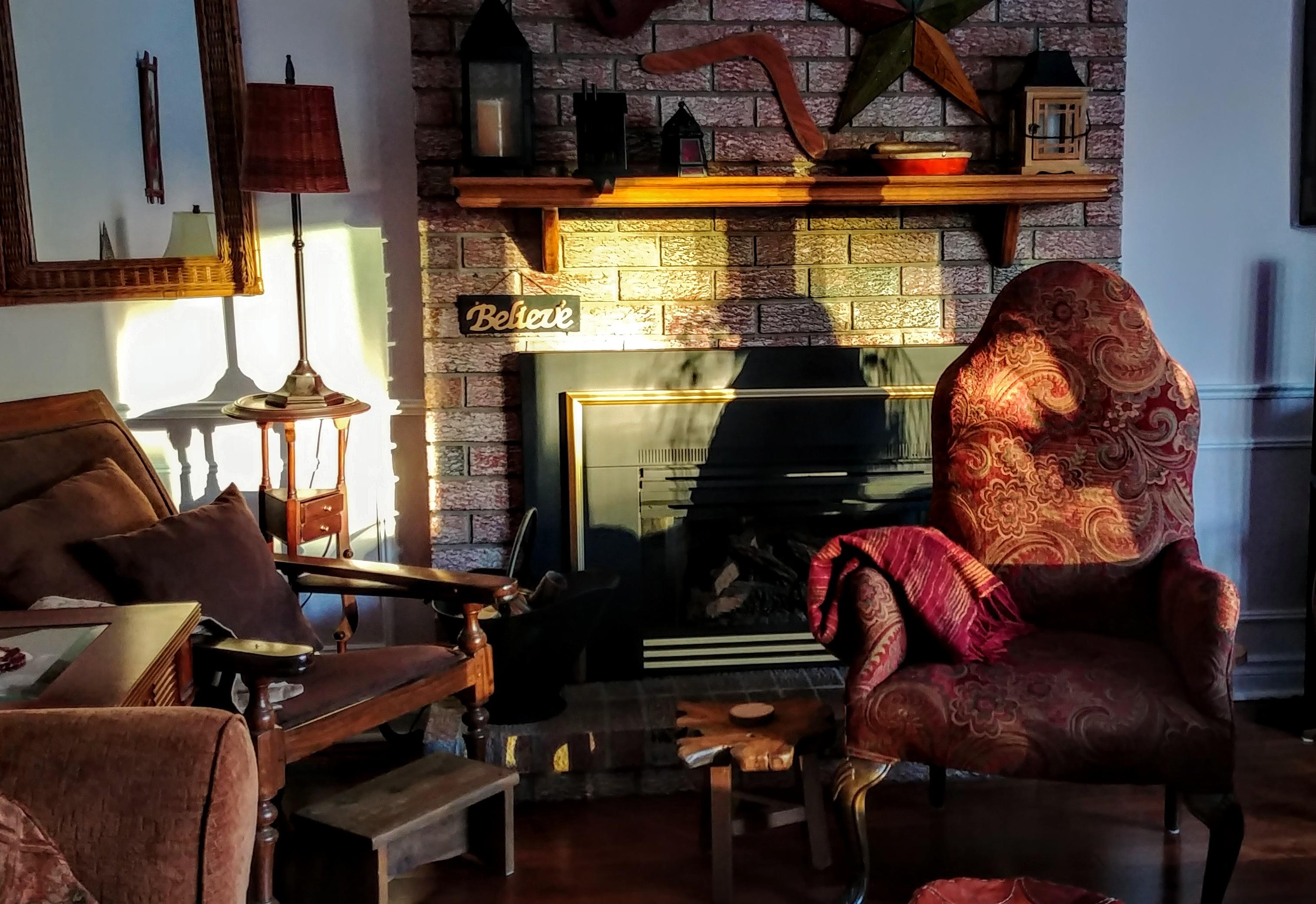

When a bar of sunshine spills all over the closet doors and your shadow slides into the panoply of light and shadow …
Moments of unexpected, unsolicited joy that whisper voiceless words of wonder and promises of marvels to come.
This is my dream box –
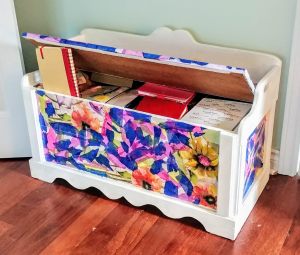
It overflows with two decades of journals, the pen-and-ink record of significant moments — worst, best, lovely, ugly. And all the dreams of course …
I was born to write. Write, I did. All my life.
So Thursdays With Harold , a journey that commenced some years ago on the writers’ website, fanstory.com , is finally a reality.
A ping on my phone one evening some years ago, alerts me to a message from Judy Starritt. She’s found this blog and read the first teaser chapter of Thursdays With Harold. She asks for more.
Judy has ALS , is paralyzed and has lost her power of speech. She still has marginal use of her hands, however, and can read and type on her Ipad. She’s a hawk for typos. The teacher in her connects with the teacher in me. We become fast friends and communicate daily via Facebook messenger. Her joy and determined vitality are infectious. She’s intrigued by Harold, the main character in the book, who is also an ALS patient.
I email her six chapters at a time.
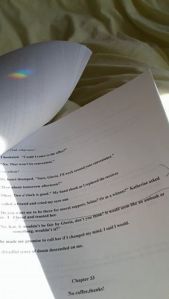
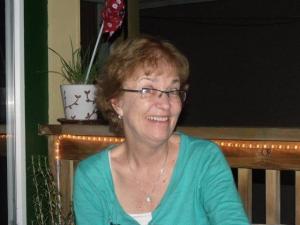
Judy comments –
I finished your book about 3 hours ago. Would you like to know my thoughts about it?
This book is TOO good to be tucked away. THIS IS A BOOK THAT SHOULD BE READ. A book club and discussion sort of book. A PERFECT book club book that would lead into wonderful discussions. A book that stays with you.
Is this book at a publishers?
It is time for it to come out of the closet … or drawer… or hard drive. How can I help with miracles? This SO needs to be published.
There is such an awareness about ALS now. I could be in charge of East Coast publicity. I have learned that anything is possible.
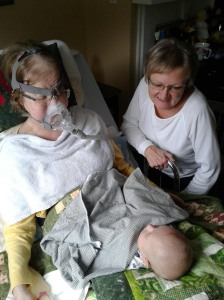
Judy passes on some weeks later. I’ve never met her in person, this woman who’s become such a dear and intimate friend. I fly out to eastern Canada to attend her funeral in Yarmouth, Nova Scotia.

The dream she’s rekindled refuses to die. Anything is possible, she said …
But I need a cover design.
I reach out to Avril Borthiry, a talented Canadian writer of medieval romances. We got acquainted on Fanstory.com when she was creating her fascinating novel, Triskelion.

“Who does your covers?” I asked.
“I do my own,” Av said. “I could design yours!”
It’s lovely when artists are generous with one another.
![Triskelion: a legend continues by [Borthiry, Avril]](https://images-na.ssl-images-amazon.com/images/I/41VV-y-96sL.jpg)
“I loved Harold. It’s a story that must be told,” she said.
And so, the dream came true.
Thursdays With Harold is available on Kindle and in paperback on Amazon –
(https://www.amazon.com/dp/B084YXJRDS…)
Also as e-book on Kobo, Barnes & Noble, Indigo, Apple, Baker & Taylor, Bibliotheca, OverDrive and 24 Symbols.
(https://books2read.com/u/mKDxvd)
This is the story of Thursdays With Harold —
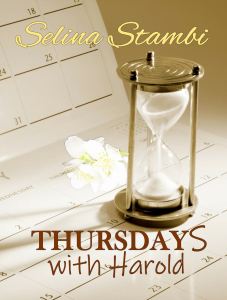

The Newtons Of Old Park View (Our Present Past 4)
CLICK HERE FOR PART 1 – Our present past
CLICK HERE FOR PART 2 – Widow’s dilemma
CLICK HERE FOR PART 3 – Anna goes to school
Charles MacArthur Thambithurai Newton was a fine-looking fellow, a dapper dresser, impeccably turned out at all times. His appreciation of quality clothing and polished footwear was legend.
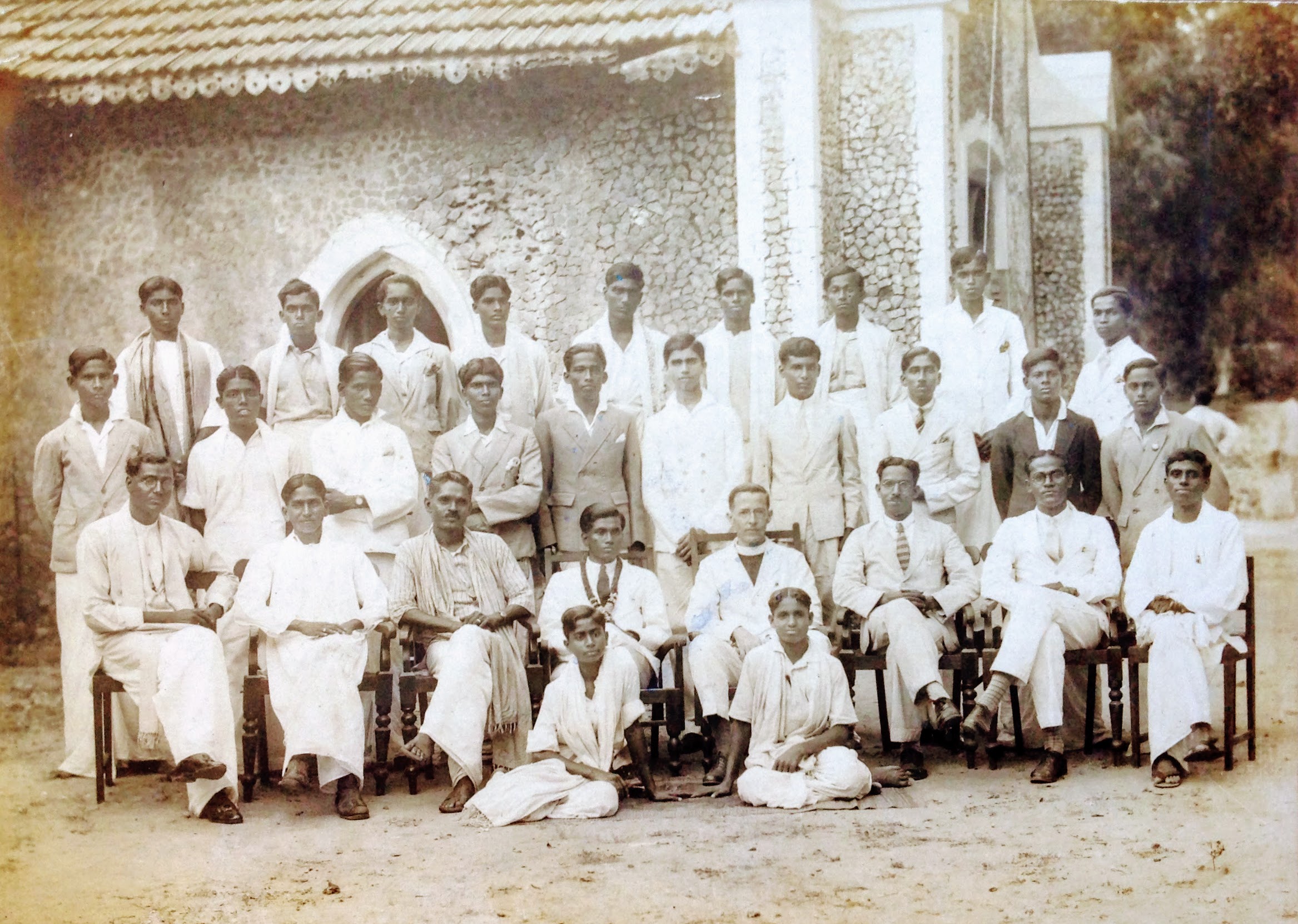
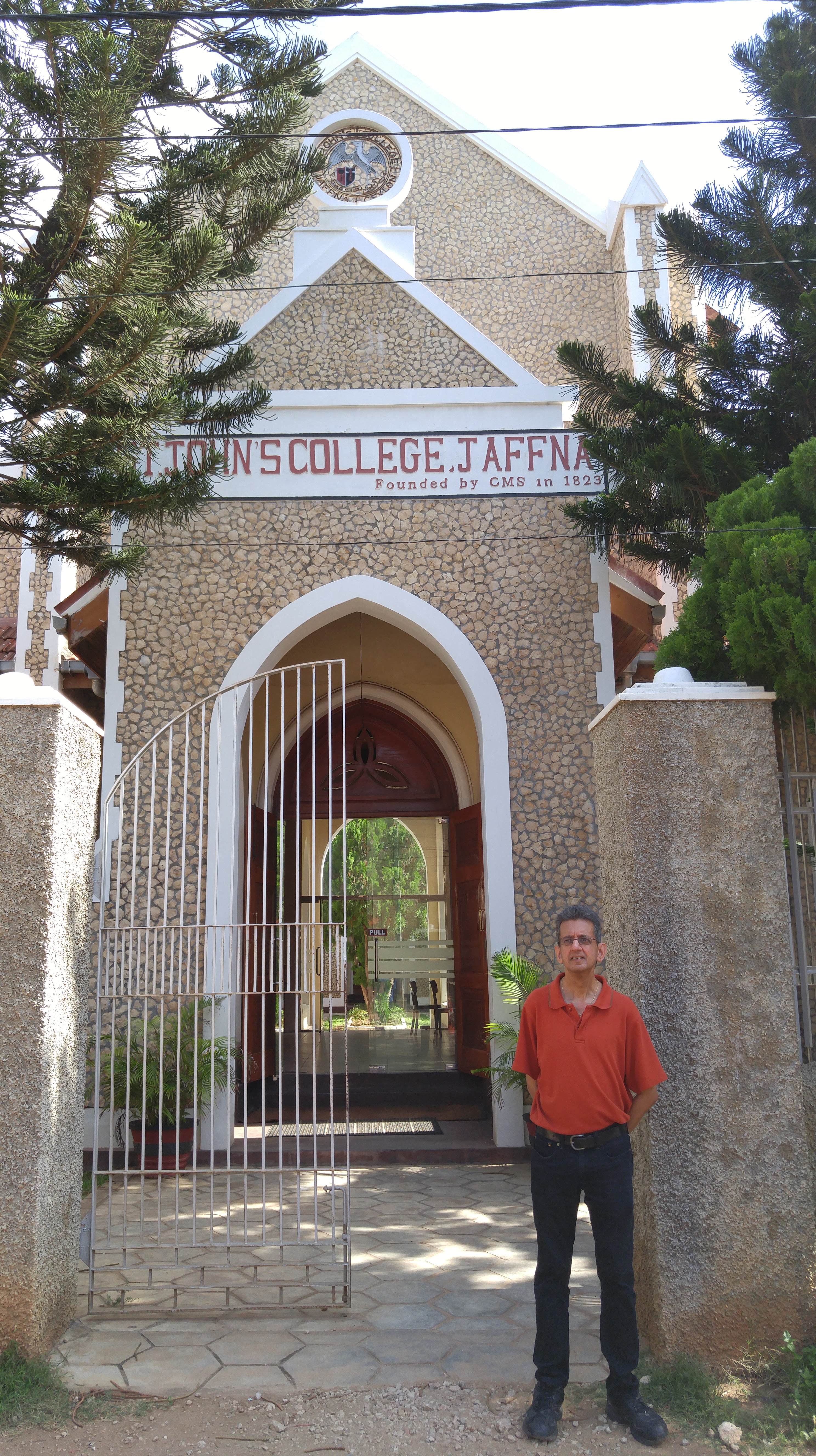


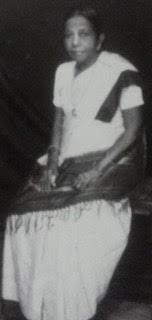
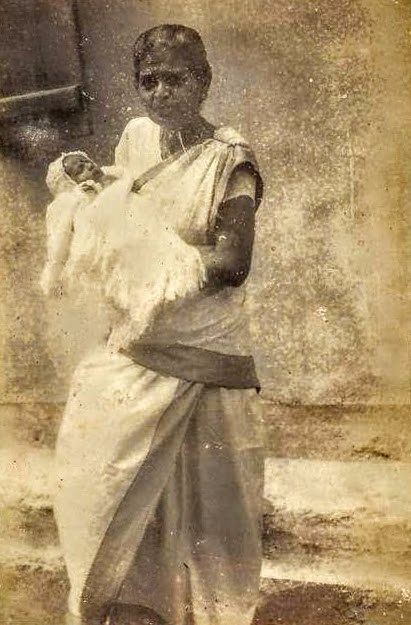
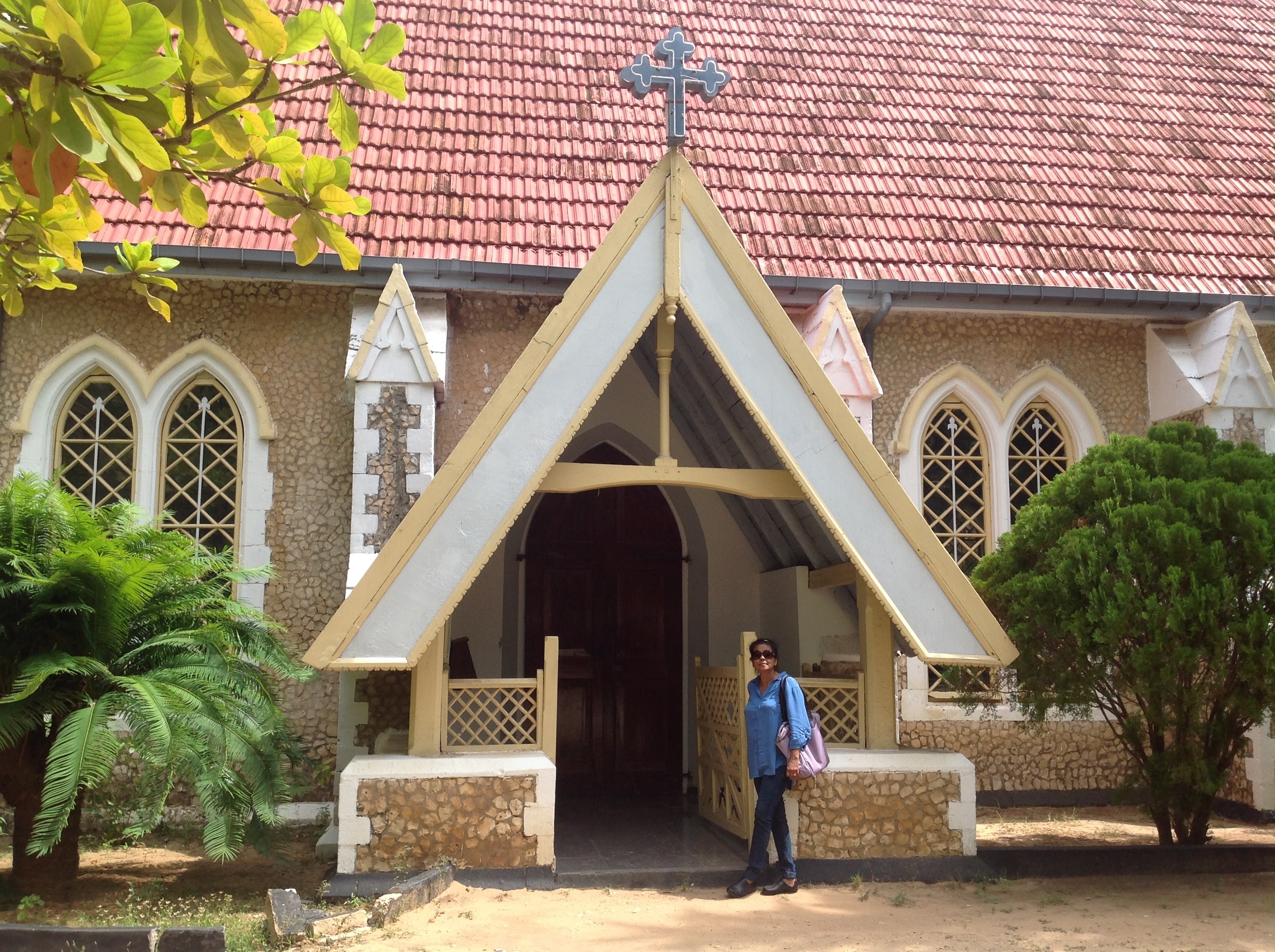

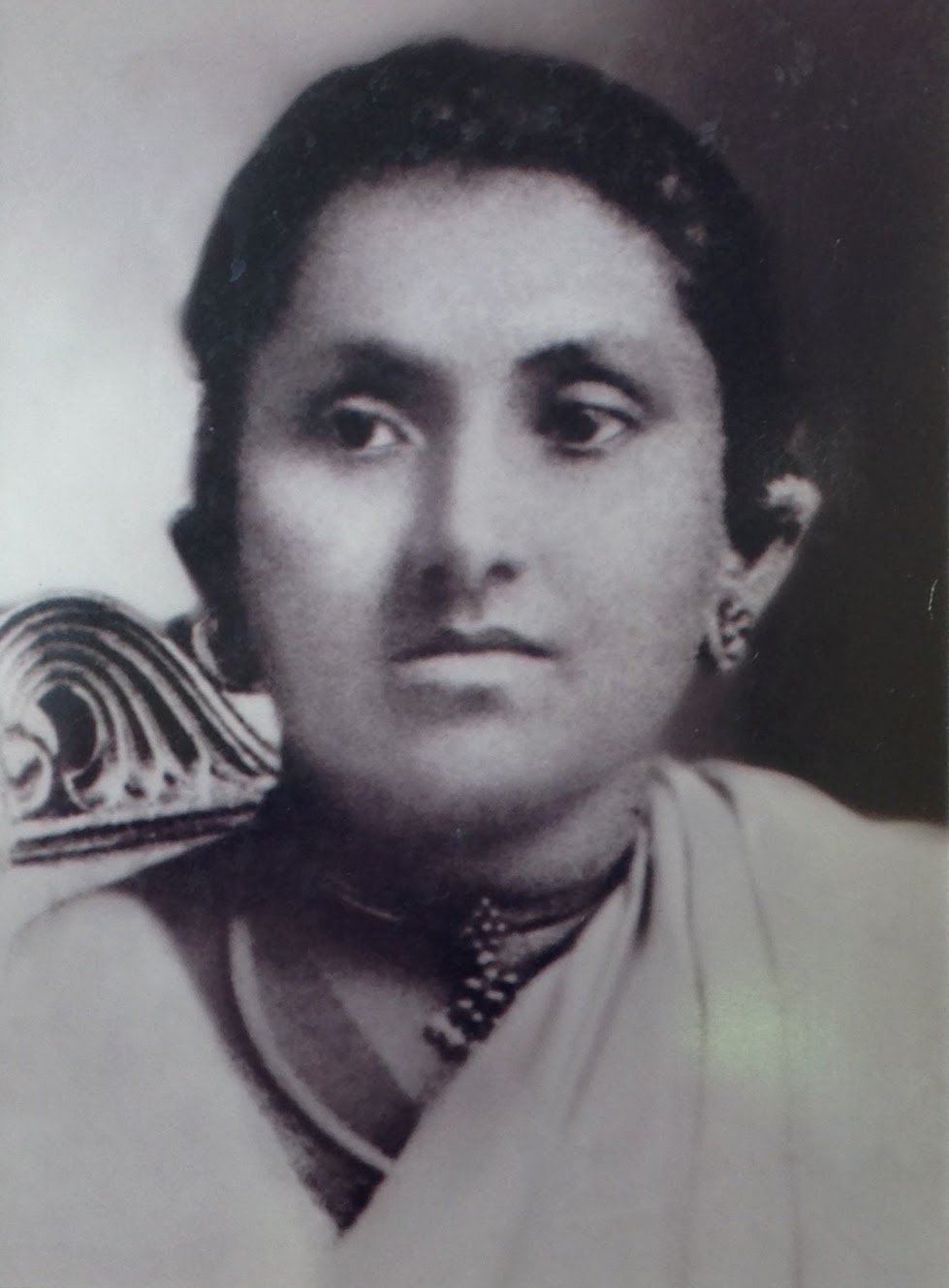
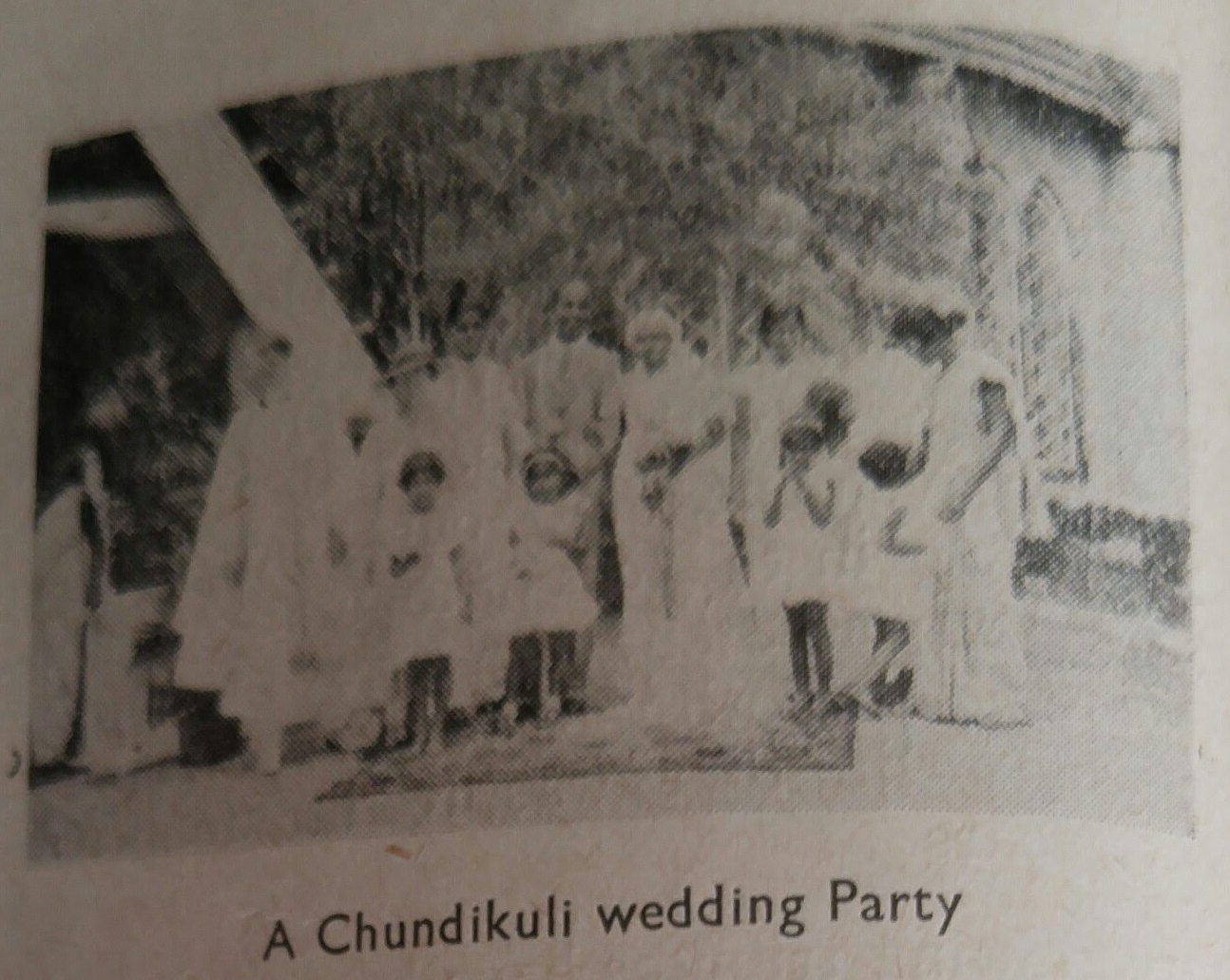
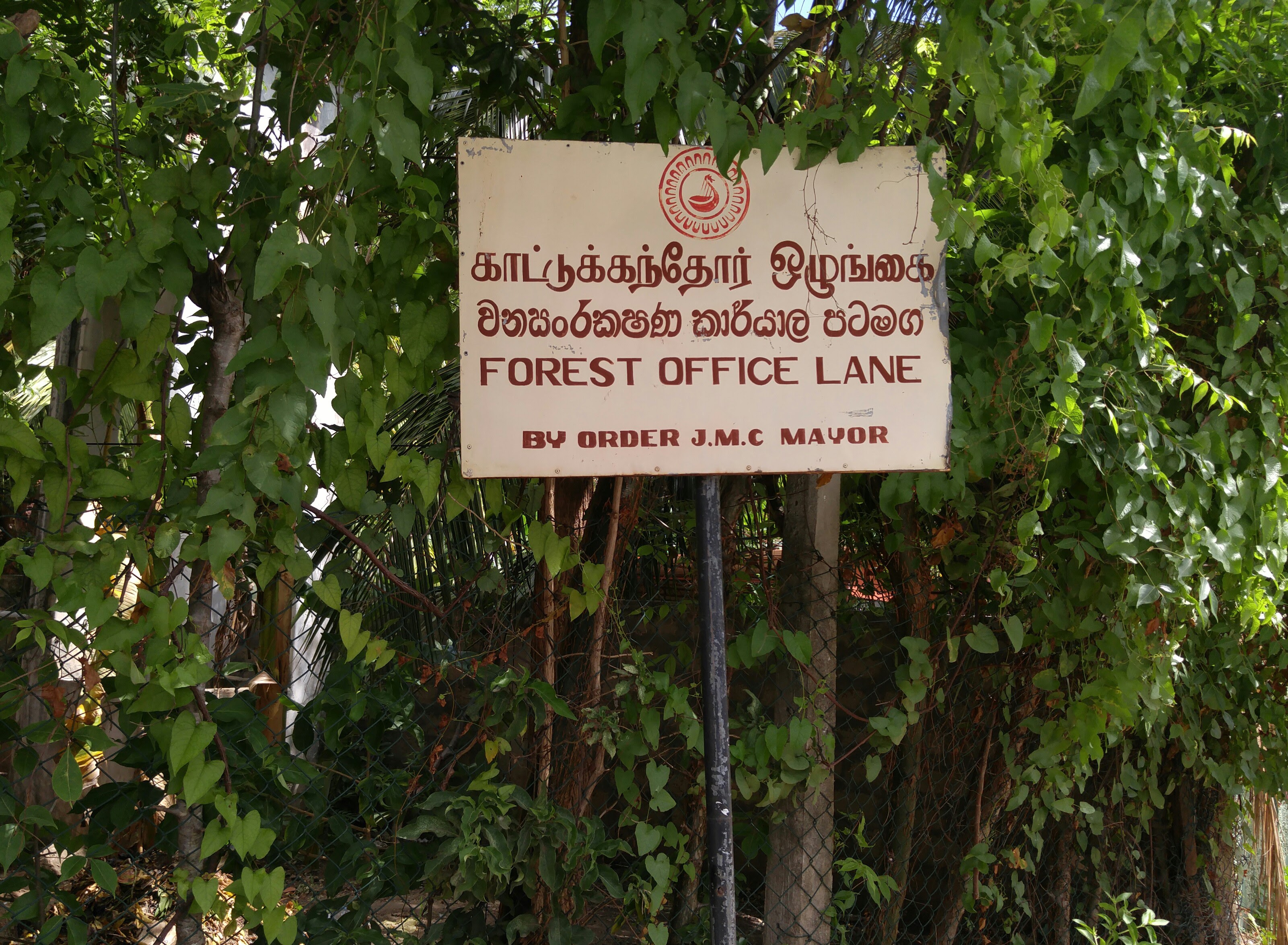
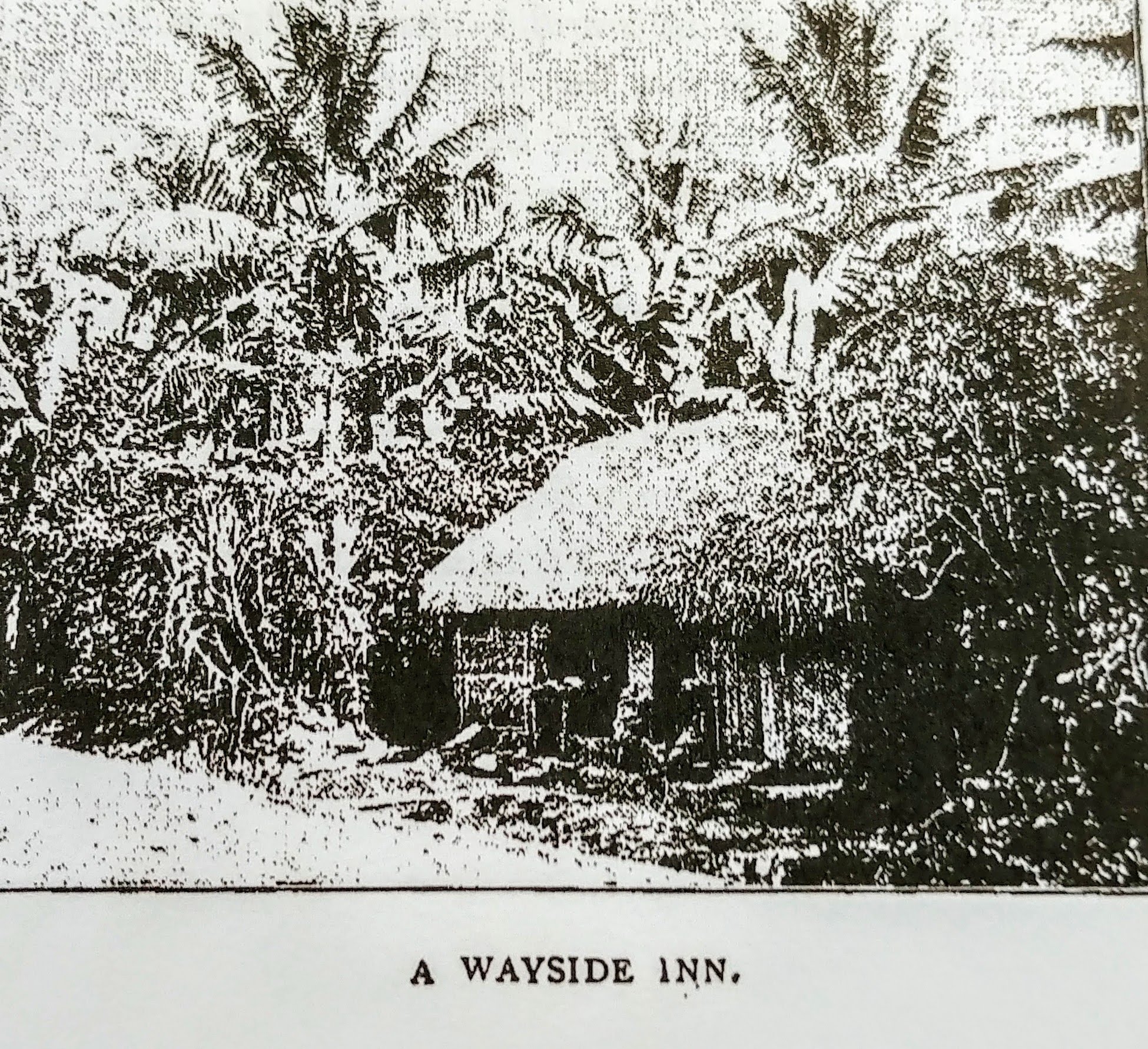


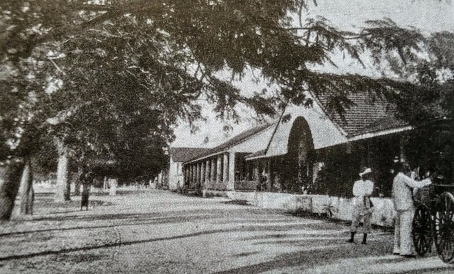

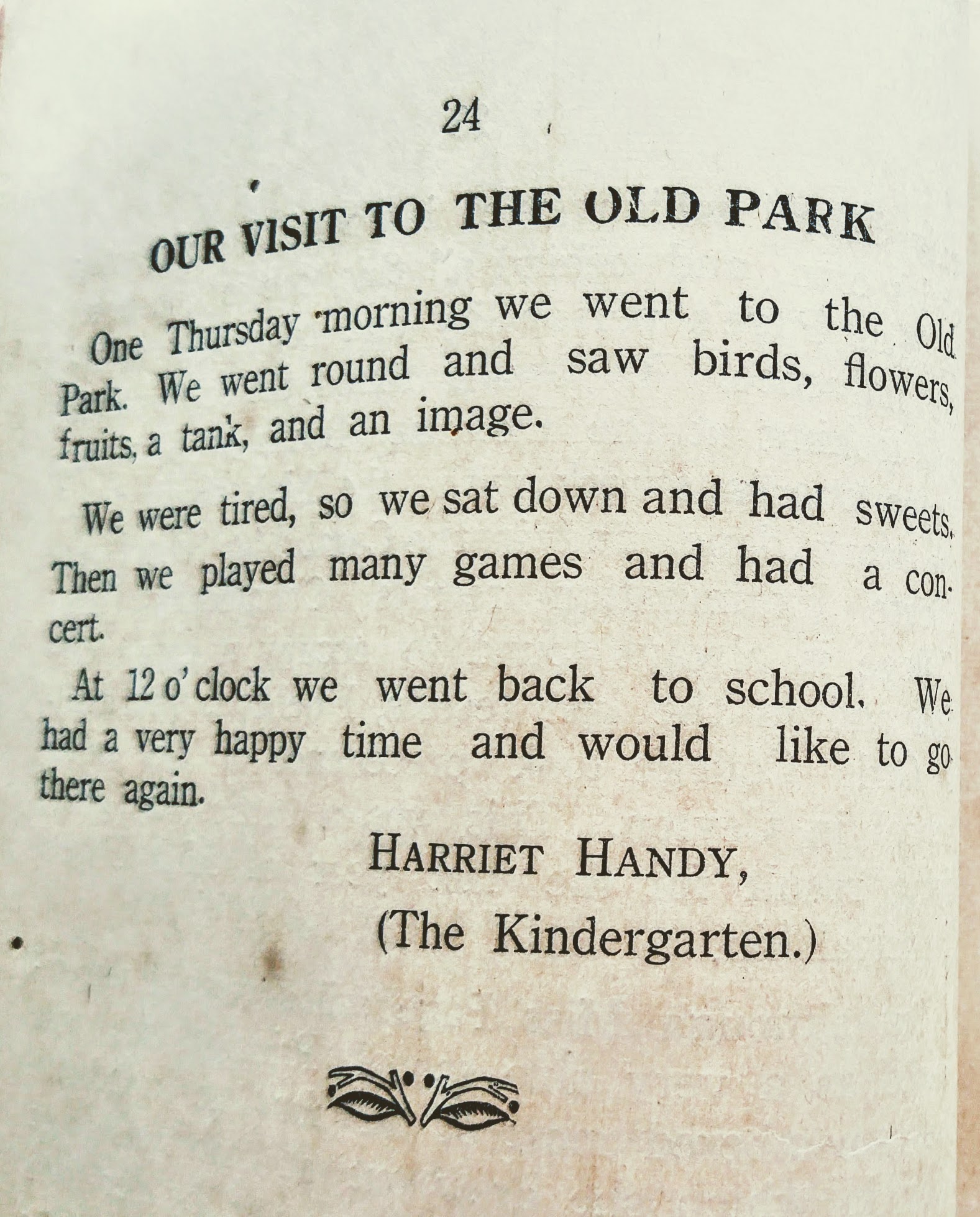
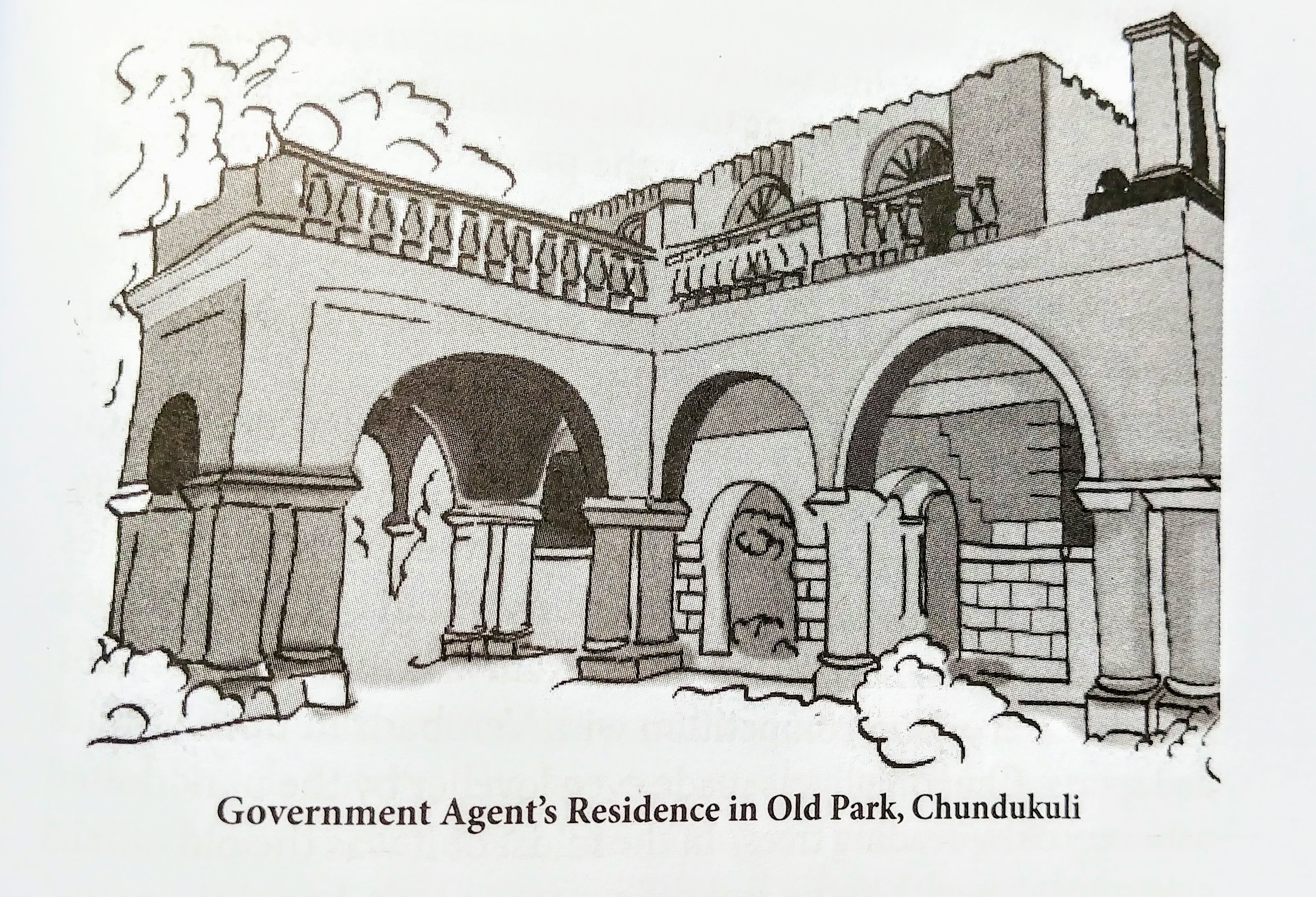
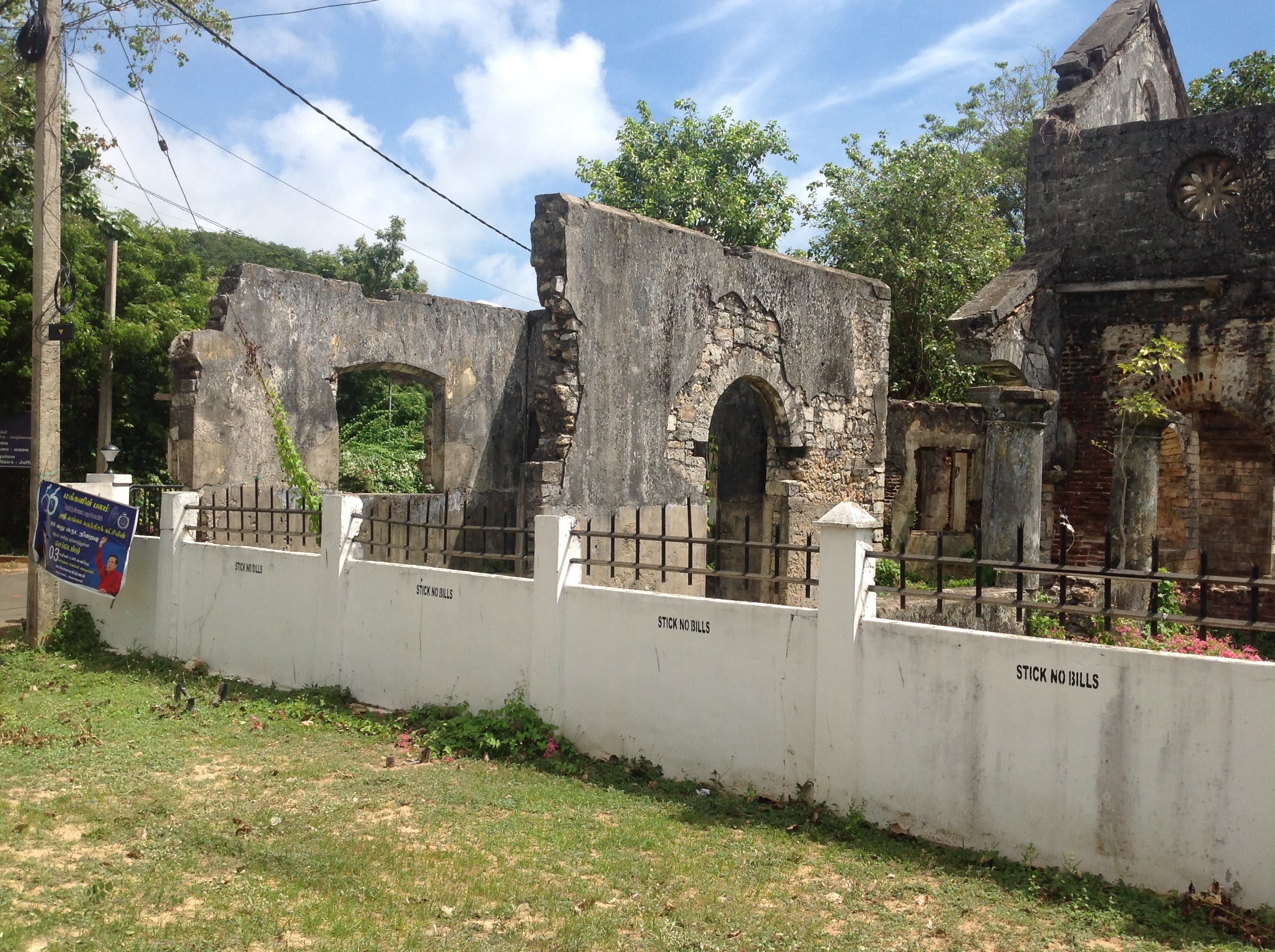


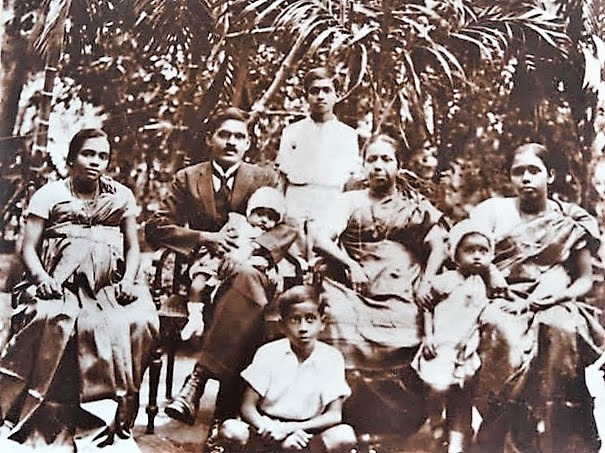
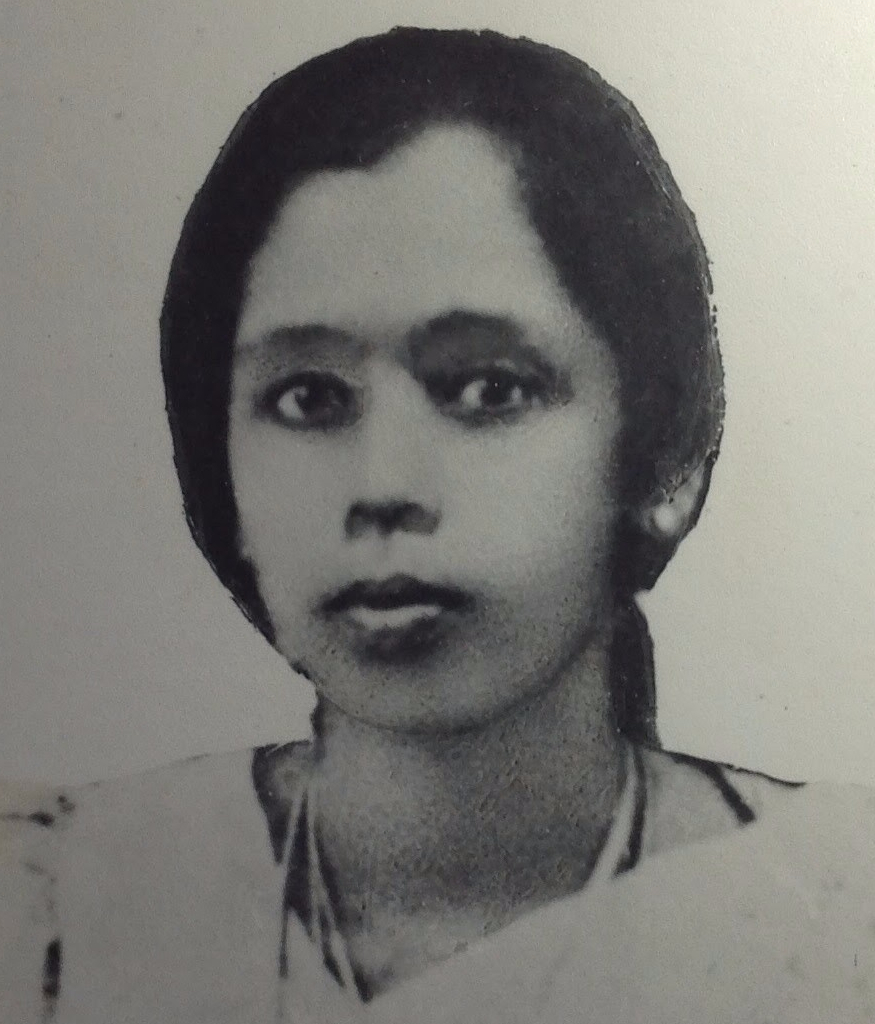

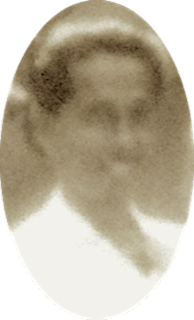

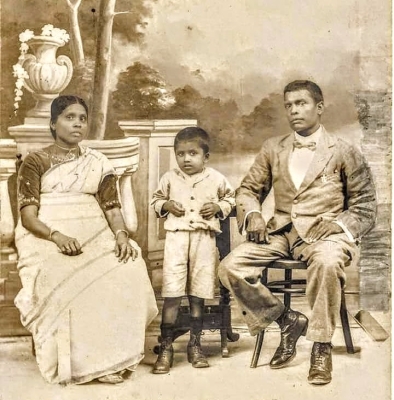



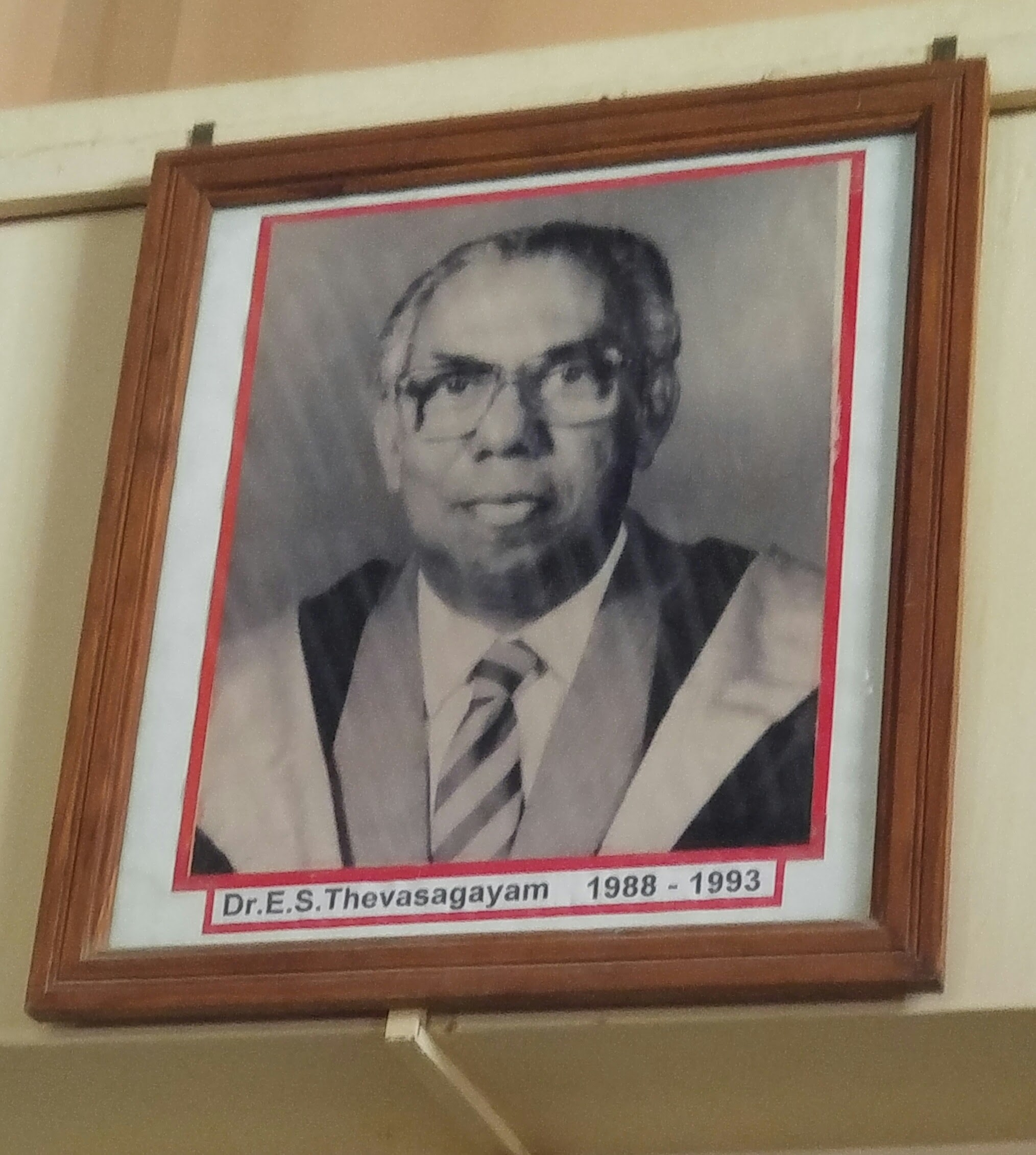
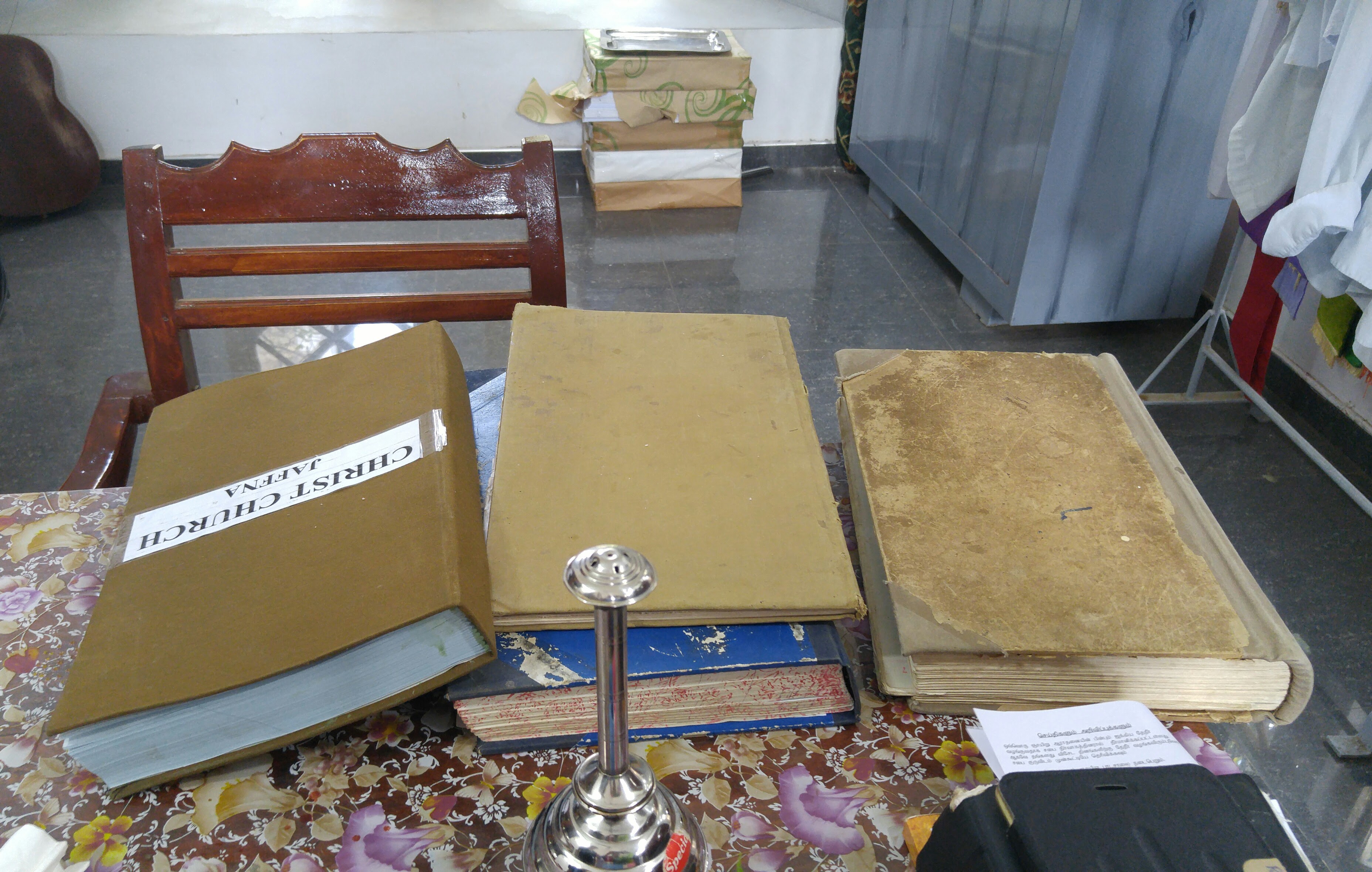
Geneologies of the Danvers / Perinpanayagam/ Newton / Samuel family lines —
(These geneologies were put together using notes from the archives of the late S.E.R. Perinpanaygam, courtesy Eric and Tim Perinpanayagam)
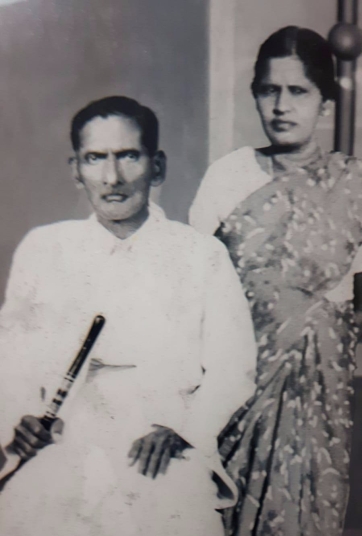
Danvers Family Line –
Kanthar married Thangam (circa 1790) and settled in Tellippalai. They had 4 children. One son, Kathirgamar Danvers (b. 1809) graduated from the Tellipallai English boarding school and the converted to the Christian faith in 1834.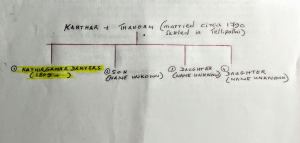 Kathirgamar Danvers fled to Pandeterruppu after the villagers, angry that he had turned away from his Hindu beliefs, burned down the Tellipallai Church. The American missionary, Rev. Daniel Poor, arranged a marriage for him with Anna Saveriyal of Pandeterruppu, a student at Uduvil Girls’ School. Kathirgamar and Anna Danvers had seven children – David, Jane Elizabeth, Daniel, Gabriel, Samuel, Solomon and Joseph.
Kathirgamar Danvers fled to Pandeterruppu after the villagers, angry that he had turned away from his Hindu beliefs, burned down the Tellipallai Church. The American missionary, Rev. Daniel Poor, arranged a marriage for him with Anna Saveriyal of Pandeterruppu, a student at Uduvil Girls’ School. Kathirgamar and Anna Danvers had seven children – David, Jane Elizabeth, Daniel, Gabriel, Samuel, Solomon and Joseph.
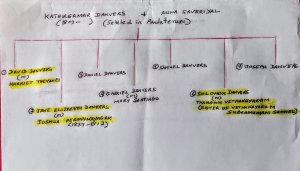 Their son, David Danvers, married Harriet Theivanei. Their daughter, Jane Elizabeth Danvers married Joshua Perinpanayagam (b. 1837) Their son, Solomon Danvers, married Thangam Vethanayagam (sister of Vethanyagam Subramaniam Samuel)
Their son, David Danvers, married Harriet Theivanei. Their daughter, Jane Elizabeth Danvers married Joshua Perinpanayagam (b. 1837) Their son, Solomon Danvers, married Thangam Vethanayagam (sister of Vethanyagam Subramaniam Samuel)
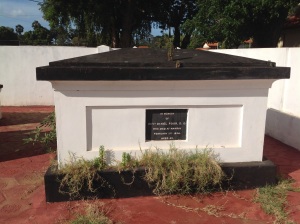
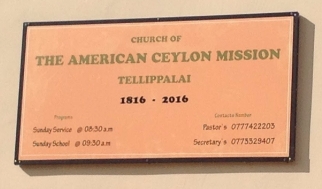

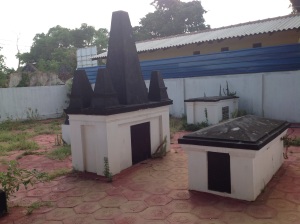
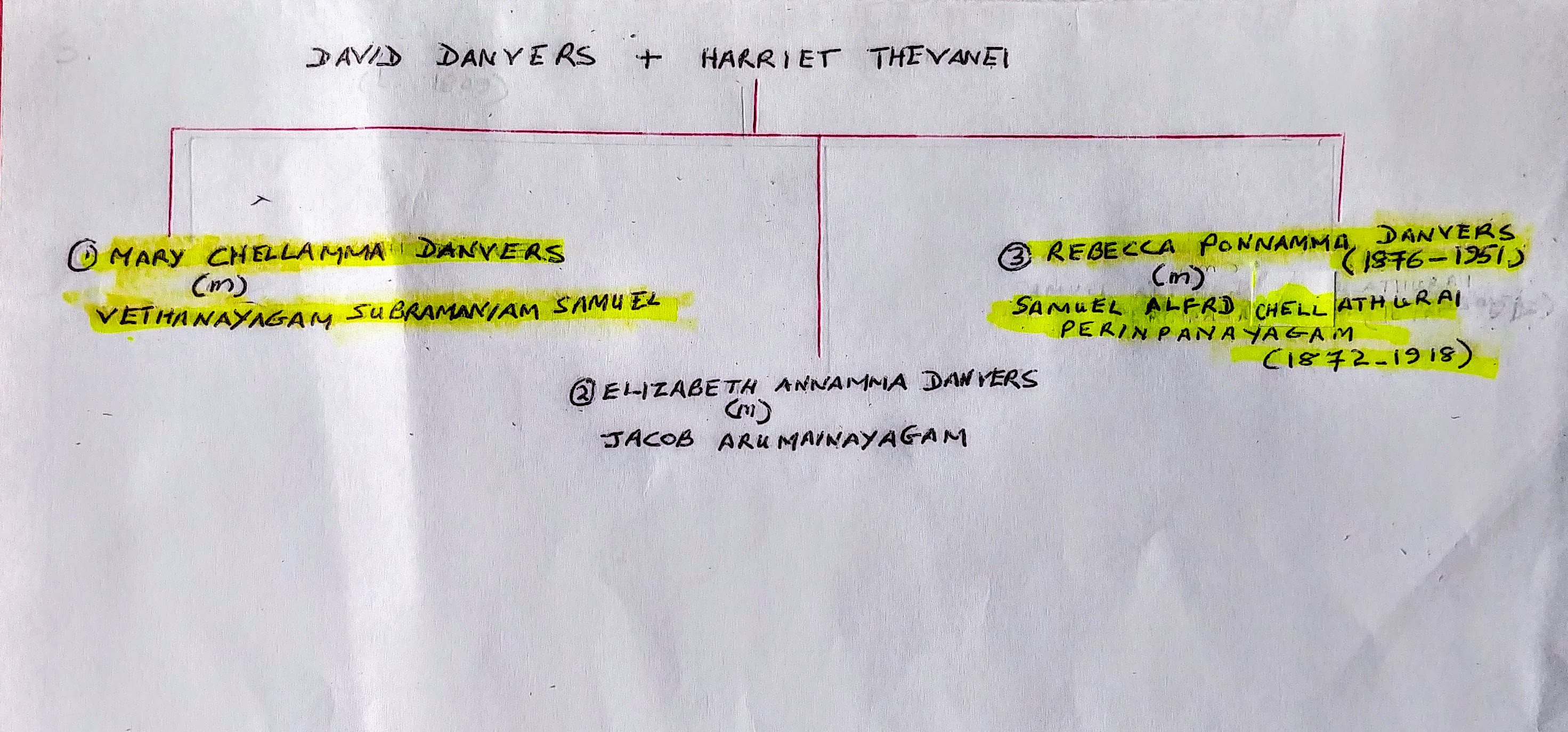 Mary Chellamma Danvers married Vethanayagam Subramaniam Samuel. (Solomon Danvers, Mary’s uncle, married Thangam Vethanayagam, her husband’s sister. Her uncle her became her brother-in-law.) Rebecca Ponnamma Danvers married her cousin, Samuel Alfred Perinpanayagam. Elizabeth Annamma Danvers married Jacob Arumainayagam.
Mary Chellamma Danvers married Vethanayagam Subramaniam Samuel. (Solomon Danvers, Mary’s uncle, married Thangam Vethanayagam, her husband’s sister. Her uncle her became her brother-in-law.) Rebecca Ponnamma Danvers married her cousin, Samuel Alfred Perinpanayagam. Elizabeth Annamma Danvers married Jacob Arumainayagam.

………………………………………………………………………………………………………
Perinpanayagam Family Line –
Joshua Perinpanayagam married Jane Elizabeth Danvers (daughter of Kathirgamar Danvers, sister of David Danvers). They had 2 sons and a daughter — Samuel Alfred Chellathurai (b. 1892), Anne Rose Thangamma and Joseph Albert Thambirasa (b. 1879)
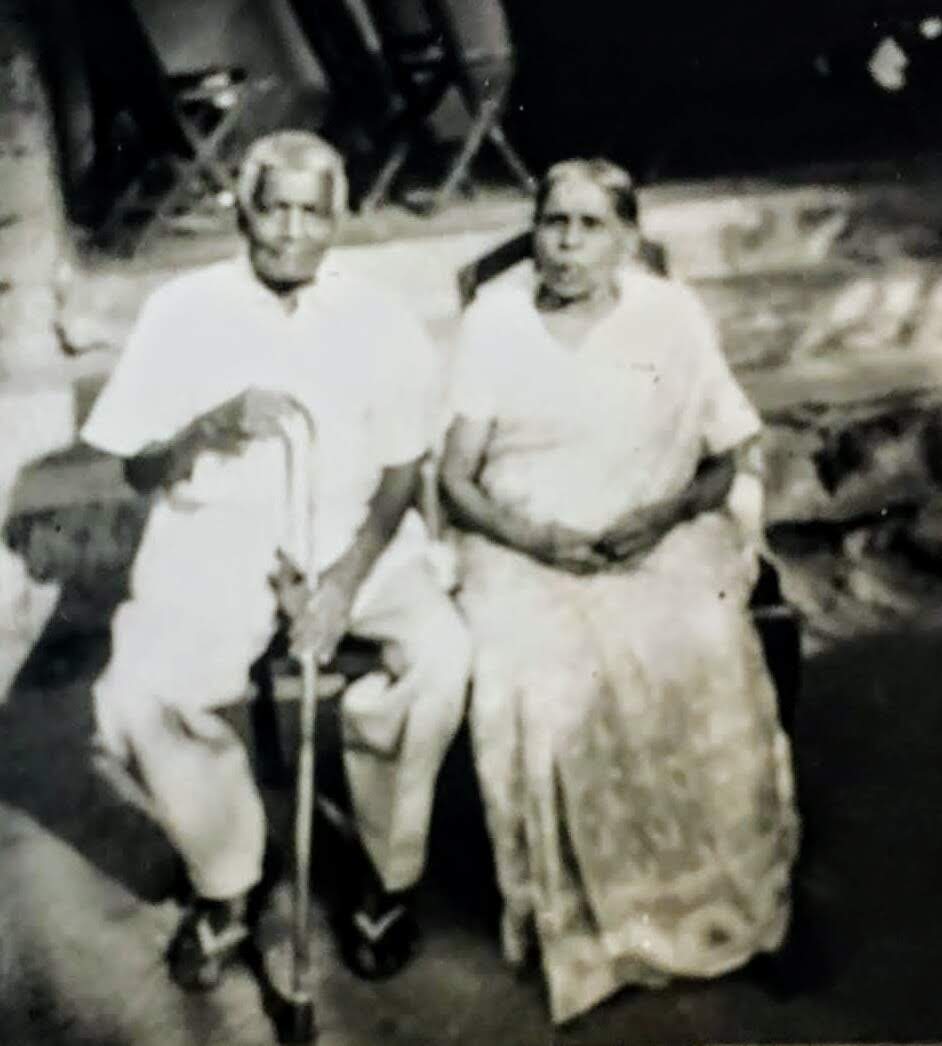

………………………………………………………………………………………………………
Samuel Family Line –
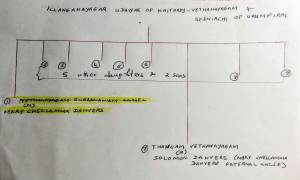 Vethanayagam (from Kaithady) married Seeniachchi (from Urumpirai). They had 9 children – 6 daughters and 3 sons.
Their son, Vethanayagam Subramaniam Samuel married Mary Chellamma Danvers.
Their daughter, Thangam Vethanayagam married Solomon Danvers (Mary Chellamma Danvers’ paternal uncle).
Vethanayagam (from Kaithady) married Seeniachchi (from Urumpirai). They had 9 children – 6 daughters and 3 sons.
Their son, Vethanayagam Subramaniam Samuel married Mary Chellamma Danvers.
Their daughter, Thangam Vethanayagam married Solomon Danvers (Mary Chellamma Danvers’ paternal uncle).
 Vethanayagam Subramaniam Samuel and Mary Chellamma Danvers settled in Vavuniya. They had 6 children – 3 sons and 3 daughters – (1) Sarah Chinnamma, (2) Subramaniam Vethanayagam Chelliah, (3) Shadrach Chinniah, (4) Elizabeth Thangamma, (5) Anna Chinnathangam and (6) Solomon Chinnathamby.
Sara Chinnamma Samuel married David Sinniah Kanagaratnam.
Subramanian Vethanyagam Chelliah married Annam (neé?).
Shadrach Chinniah married Mercy Sugirtharatnam Newton.
Elizabeth Thangamma married Godwin Wesley Sittampalam.
Anna Chinnathangam married Albert Kathapoo.
Solomon Chinnathamby married Mercy Atputhanayagam Gnanaratnam.
Vethanayagam Subramaniam Samuel and Mary Chellamma Danvers settled in Vavuniya. They had 6 children – 3 sons and 3 daughters – (1) Sarah Chinnamma, (2) Subramaniam Vethanayagam Chelliah, (3) Shadrach Chinniah, (4) Elizabeth Thangamma, (5) Anna Chinnathangam and (6) Solomon Chinnathamby.
Sara Chinnamma Samuel married David Sinniah Kanagaratnam.
Subramanian Vethanyagam Chelliah married Annam (neé?).
Shadrach Chinniah married Mercy Sugirtharatnam Newton.
Elizabeth Thangamma married Godwin Wesley Sittampalam.
Anna Chinnathangam married Albert Kathapoo.
Solomon Chinnathamby married Mercy Atputhanayagam Gnanaratnam.


………………………………………………………………………………………………………………………………..
Newton Family Line –
Gladwin Ponniah Newton (son of Robert Newton and his wife, a Miss Phillips) married Victoria Valliamma. They had 6 children – (1) Charles MacArthur Thambithurai , (2) Jane Ponnamma (who married Joseph Albert Thambirasa Perinpanayagam), (3) Isaac Alagaiah, (4) Ranji , (5) Julia Rasamma and (6) Helen Nesamma . Charles MacArthur Thambithurai Newton married Anne Rose Thangamma Perinpanayagam.
They had 4 children – (1) Grace Nesaratnam, (2) Mercy Sugirtharatnam, (3) Victor Joseph Jeyaratnam and (4) Arthur Samuel Selvaratnam.
Grace Nesaratnam Newton married Muthuvelu Fred Aiyadore.
Mercy Sugirtharatnam married Shadrach Chinniah Samuel.
Victor Joseph Jeyaratnam Newton married Selvamalar Thayalam Arulampalam.
Arthur Samuel Selvaratnam married Thangam (née?)
Charles MacArthur Thambithurai Newton married Anne Rose Thangamma Perinpanayagam.
They had 4 children – (1) Grace Nesaratnam, (2) Mercy Sugirtharatnam, (3) Victor Joseph Jeyaratnam and (4) Arthur Samuel Selvaratnam.
Grace Nesaratnam Newton married Muthuvelu Fred Aiyadore.
Mercy Sugirtharatnam married Shadrach Chinniah Samuel.
Victor Joseph Jeyaratnam Newton married Selvamalar Thayalam Arulampalam.
Arthur Samuel Selvaratnam married Thangam (née?)
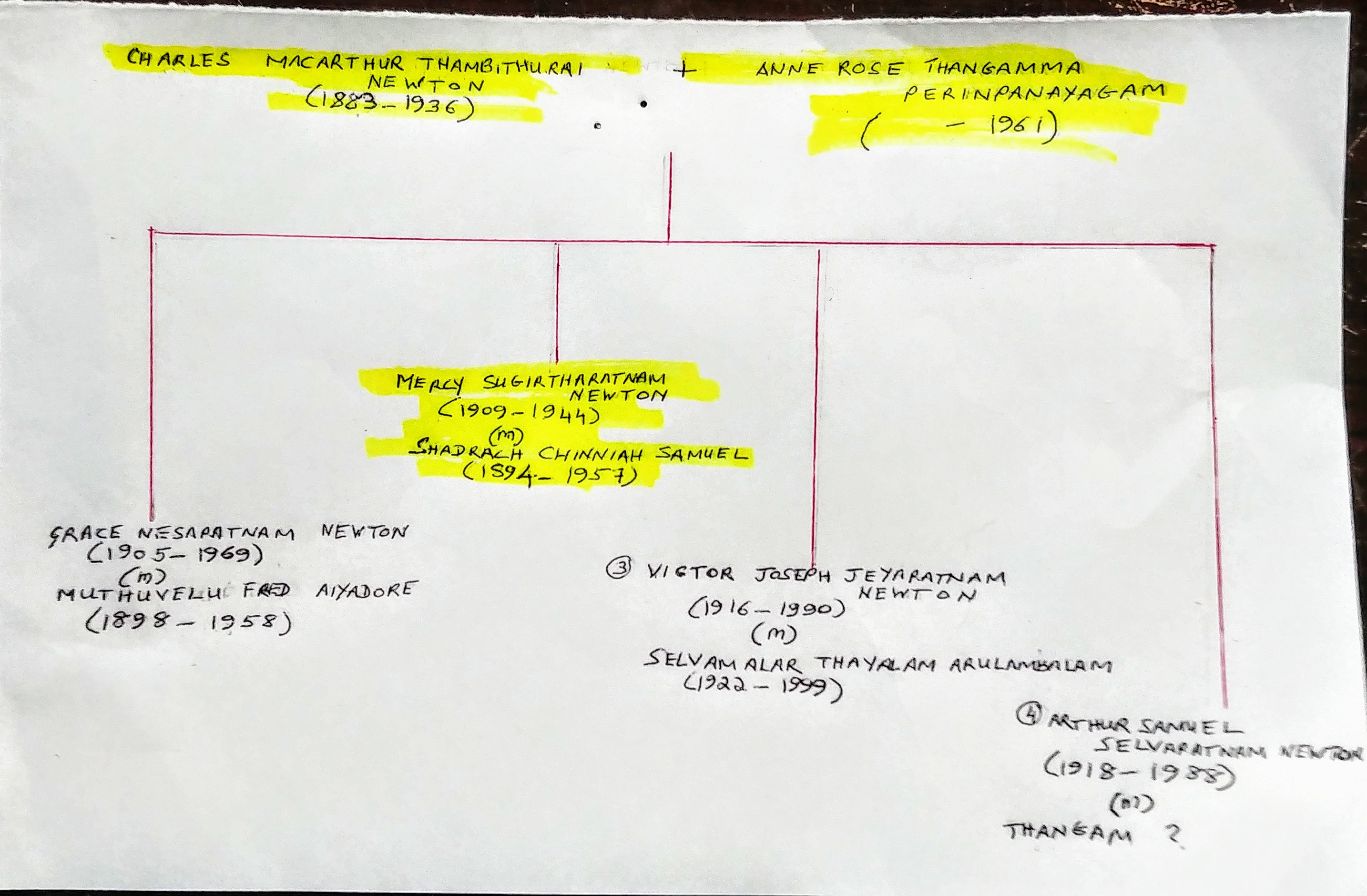 ……………………………………………………………………………………………………………………………………………
The little cemetery in the St John’s churchyard where some of the ornate, Victorian-style tombs have been refurbished after the war, while others are disintegrating into crumbling mounds of rubble. On this site, the writer and her husband discovered the graves of ancestors and others on their respective family trees –
……………………………………………………………………………………………………………………………………………
The little cemetery in the St John’s churchyard where some of the ornate, Victorian-style tombs have been refurbished after the war, while others are disintegrating into crumbling mounds of rubble. On this site, the writer and her husband discovered the graves of ancestors and others on their respective family trees –
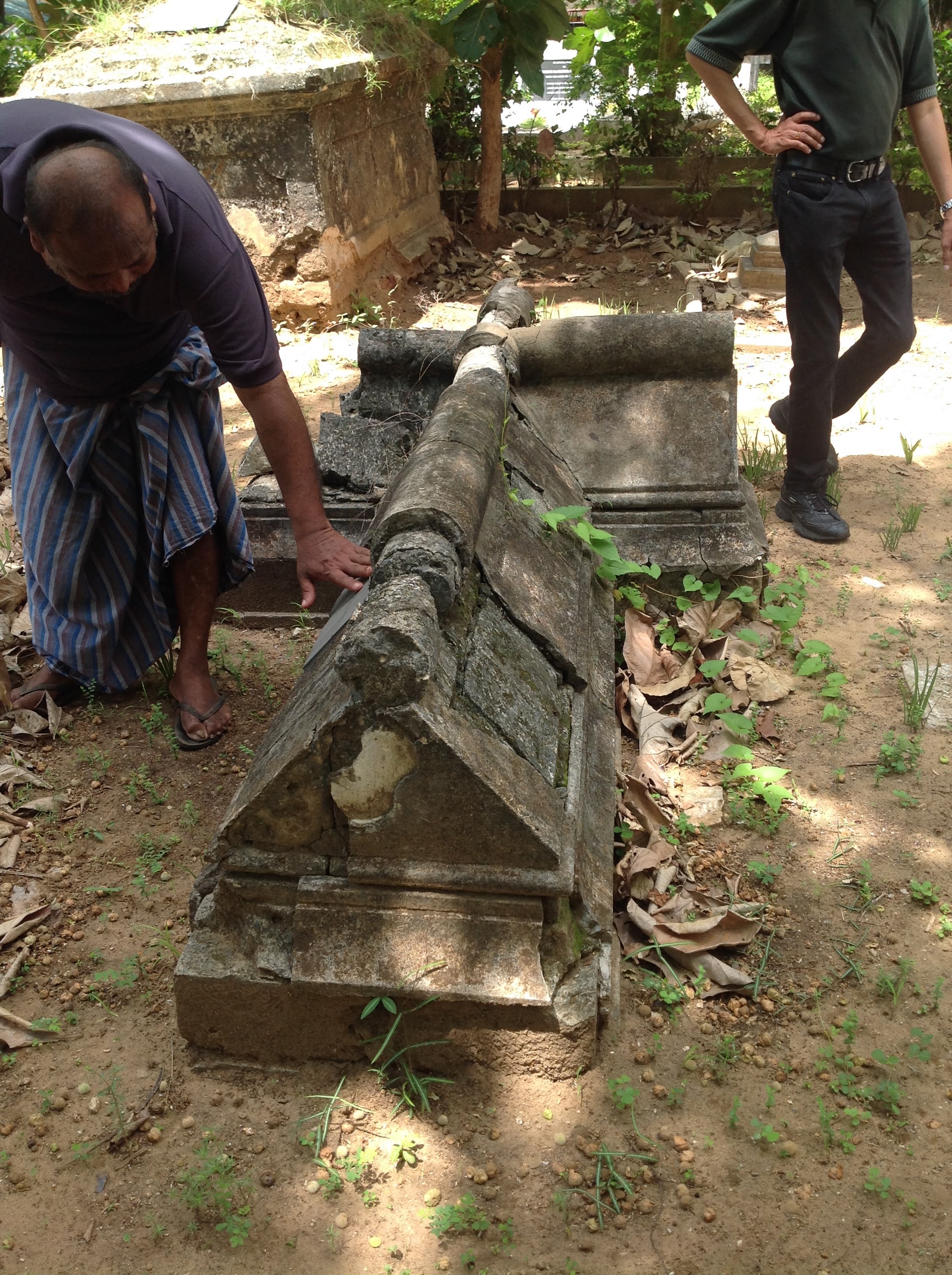
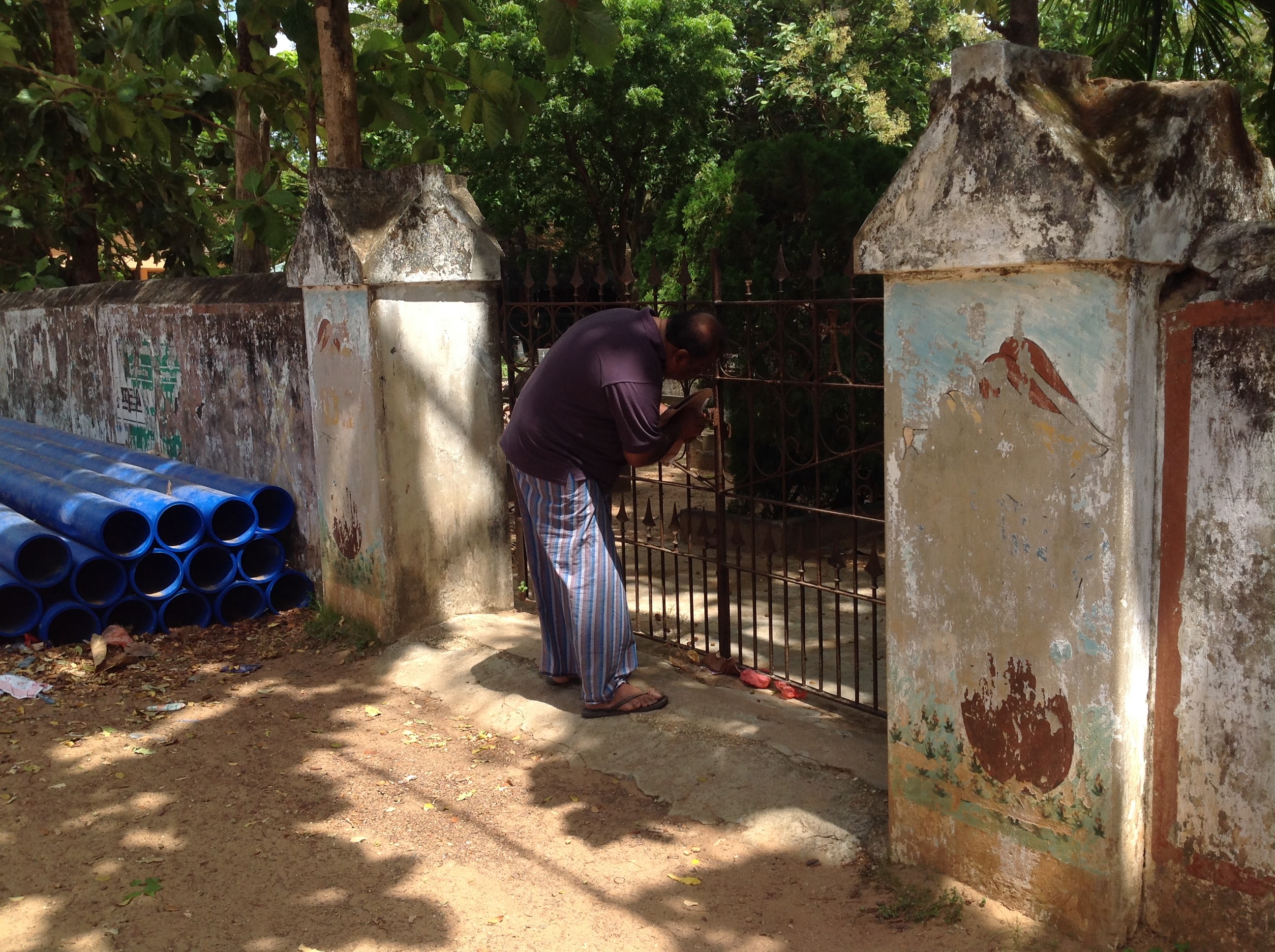
FOLLOW THIS BLOG AND RECEIVE NEW POSTS BY EMAIL: (Go to Follow button below or on side bar or click here)
LIKE THIS AUTHOR’S FACEBOOK PAGE: CLICK HERE FOR THURSDAYS WITH HAROLD, THE NEW NOVEL BY SELINA STAMBI 
Be a friend and pass this post on. (Use share buttons below.)

Goodbye Yesterdays
Summer’s done. Trees begin to burn with autumn angst.
Backyard bursts with bloom. Garden glows.

A shaft or sunlight swoops down on Kneeling Angel. She shines against an emerald veil of vines. My heartbeat halts for a fraction of a stunned second and I’m all awash with the delight of summer past, the fascinating fragrance of my Secret Garden.
Such a summer of serendipity it has been. Such finds …
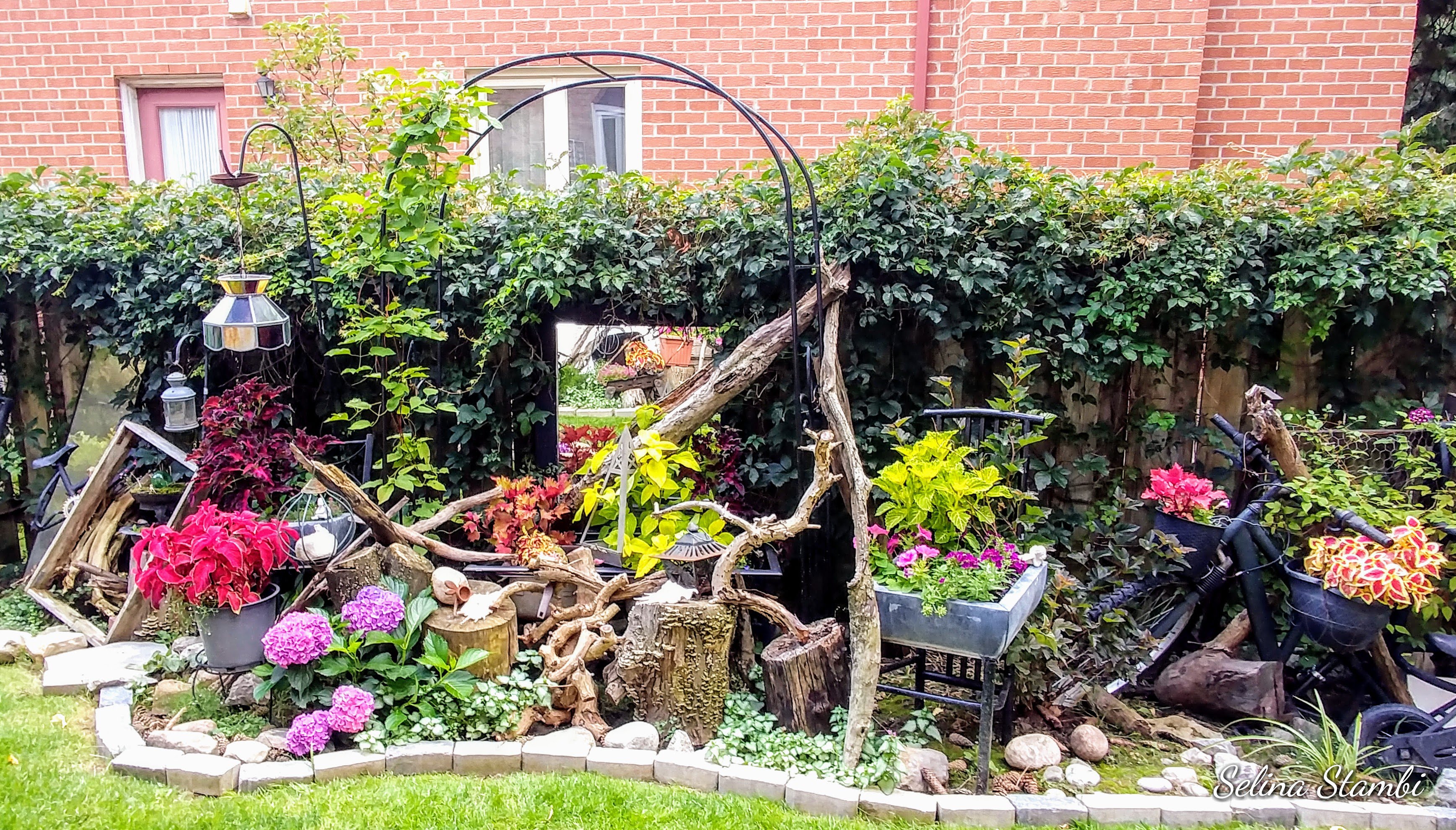

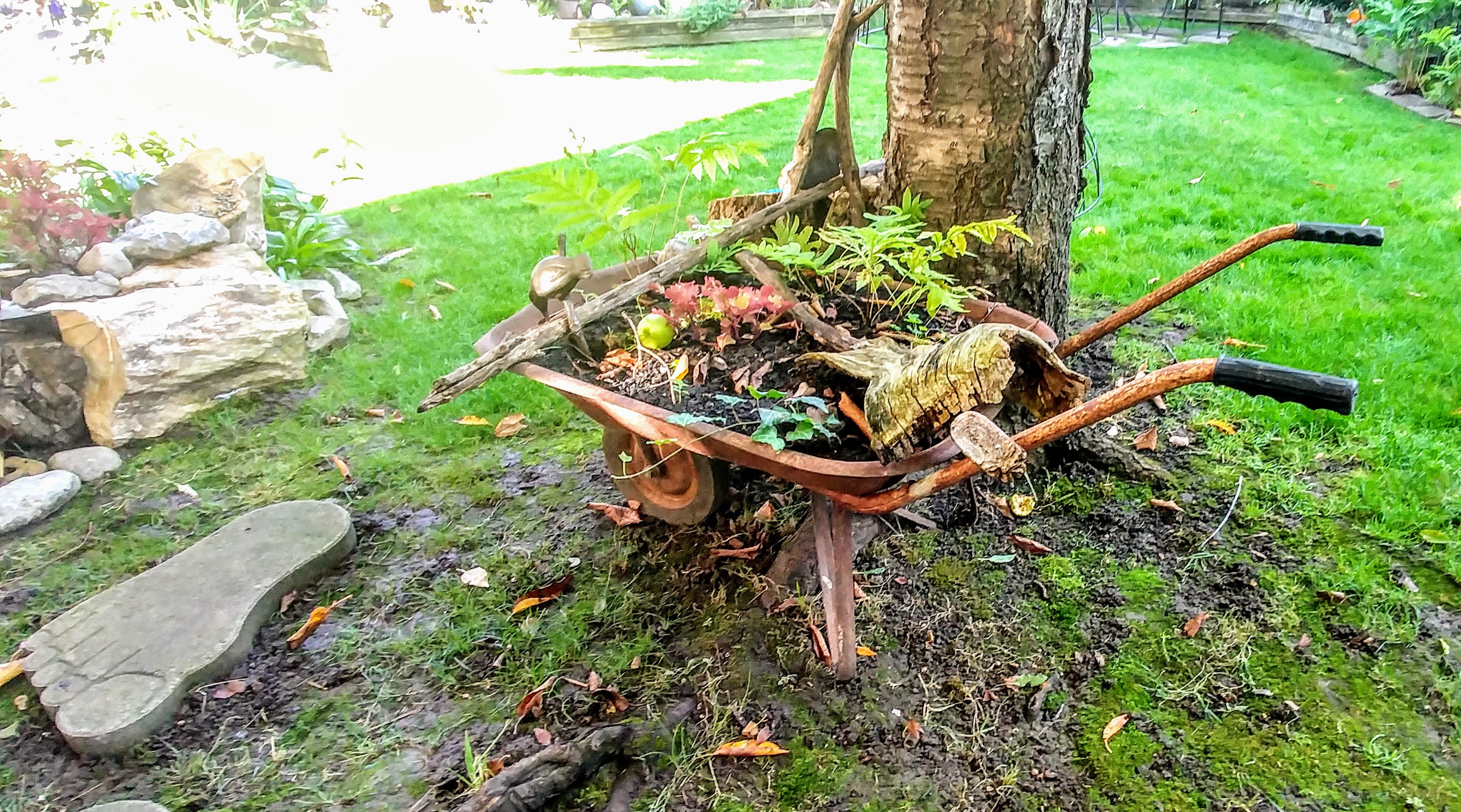
Like I’m pushed to pass by just when this stuff is outside, begging to be taken and pleading for a new destiny.
Click on the arrow below to savour 30 seconds of my Secret Summer Sweetness …
Which brings me to my Last Summer Serendipity …
Saturday morning, off to the mall. Spy something intriguing as we drive by. Little vintage school desks. The kind with a bench attached to the front of it. There’s a pair of them. In front of the old house that has a pile of stuff out each week, ancient things, free for the taking. Sometimes there’s a handwritten sign on a large white board: For Sale.
I have an image in my head. Of a chronic hoarder, who’s amassed stuff for years, urgently requiring to rid himself of a huge pile of junk.
“Could we check them out on our way back?” I ask.
Husband nods.
So shopping done and happy hubby holding the first new suit he’s acquired in years, we head homewards.
The desks are gone.
It’s only been an hour …
I’m crushed.
“Maybe they took them back inside,” he suggests.
“Why would they? There must be someone like me on the prowl! We should have stopped right away!”
“But there was no room in the car.”
True.
I feel forlorn.
I remember from time to time in a sad kind of way and when I do, I whisper, “Please, if he’s right and the owner took them back in, let me pass by when they’re out again …”
A fortnight goes by. Then one day, on my way to the dentist, my gaze strays to my left … and …
Whoa!
… they’re back.
U-turn, park in a by-lane and trot over to inspect. These are not from the ’50s as I’d guessed … the two darling desks are relics from the late eighteenth/ early nineteenth century.
Straight out of a late-Victorian era classroom or Anne of Green Gables novel. There are holes for the inkwells and circular openings in the ornate cast-iron legs to bolt them down to a wooden floor.
Be still, my heart!
The munchkin school furniture is chained together on the grass by the kerb. The chains are solid. Rusty. I waltz up the driveway. There’s an elderly gent sitting on an aged white garden chair, staring out into space by his garage door.
Waiting for customers …
“Are these for sale?”
“Yes.”
He’s all I imagined he’d be.
Self-confessed hoarder. Eighty eight years old.
The house is hidden behind the trees. Possibly the last of the original homes on the avenue.
“I have a garage full of things,” he mumbles. “I’m tired now. Just want to get rid of them and go.”
The desks?
He shrugs. “Found them downtown. They were tearing down an old schoolhouse, I think. Don’t remember. I pick things up. They’ve sat in my garage for over 30 years. ”

We agree on a price. For one of them. I’d like to have both, but the other one’s already taken.
I ask if he’s got old books. He shows me. A load in the entrance-way, tidily packed in boxes for donation, awaiting pick up.
“Help yourself,” he says. “They belonged to my wife. I never had time for books. But was she ever a reader!”
Mustn’t be greedy. I’m running out of shelf space at home.

I pick 20 hardcover copies — many from the fifties — several first editions and a 100 year-old beauty. The books are in marvellous condition. Most of them in vinyl cover-protectors. They look brand new.
Cared for by a woman who delighted in her books …


He invites me inside and I enter a rabbit warren of rooms in the Land that Time Forgot.
There’s some medical equipment, fine china and a collection of miniature cars. I take pictures and promise to put the items on Kiji on his behalf.
We sit at the kitchen table and chat awhile.
“My wife had a computer. She was an accountant. She did all that kind of stuff. Now she’s at the nursing home and that’s all I have …” He points to an old wall phone from the seventies, looking lost on the kitchen table.
“I live like a hobo, I’m sorry,” he adds.
“Don’t be,” I reply. “I’m amazed at how you’re coping. I’d love to help. Could I bring you some meals – dinner once a week, maybe?”
“No. Food is not a problem. I take those.” He shows me a crate of protein shakes.
“And there’s a collection of china teacups and stuff … my wife used to have tea parties. People don’t do that kind of thing anymore …”
“I do, actually!”
He mentions the wife a lot. I admire the faded cross-stitch pictures on the walls — her handiwork, he tells me. “But no one does that kind of stuff anymore.”
I do, actually!
“Could I take a photo of you with the desk?”
“But I’m honest,” he protests.
I smile. “Not because I don’t trust you. I’d like to record this moment.”
“Oh … okay!”
He sits and strikes a pose. I click.

He picks the desk up with effortless ease. It’s heavy.
“You’re strong,” I comment.
“You don’t know what I had to do for my wife until two years ago,” he replies airily.
There’s something endearing about him.
“It’s hard to dispose of your entire life,” he adds.
I see desolation in his eyes.
“I can only imagine,” I sympathize softly.
His sadness reaches me.
Goodbye Lifetime of Yesterdays …

I remember that I’m not as young as I used to be and reaffirm my resolve to squeeze every last precious drop out of the rest of my life.
I’ve been back to visit a couple of times. Bought more stuff for myself and on behalf of a friend.
His name is Albert. I call him Mr. A.
It’s kind of a privilege to have met him.


As I said … such a summer it has been, of delightful discoveries and intriguing encounters.
Sweet, surreal serendipity …
Until next time,
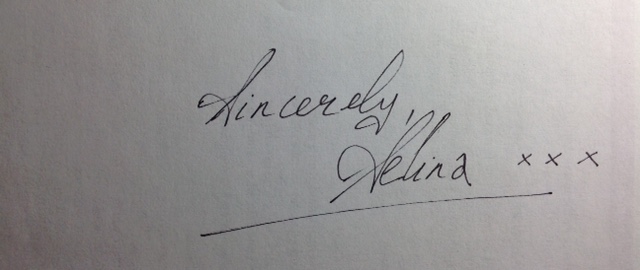
PS: Pause to breathe and linger in this year’s Secret Garden. Take a stroll in the Garden of Dreaming 2019 and savour the splendour of this summer past …
FOLLOW THIS BLOG AND RECEIVE NEW POSTS BY EMAIL: (Go to Follow button below or Click here FOR THURSDAYS WITH HAROLD BY SELINA STAMBI
LIKE THIS AUTHOR’S FACEBOOK PAGE: CLICK HERE
BE A FRIEND AND PASS THIS POST ON. (USE SHARE BUTTONS BELOW.)
Anna Goes To School (Our Present Past 3)
To get caught up on this story Click here for OUR PRESENT PAST (1)
CLICK HERE FOR OUR PRESENT PAST (2)
………………………………………………………
Pink streaks of dawn stained the sky when the overnight train from Jaffna ground to a halt at the Fort railway station in Colombo. Clutching his small bag of belongings, the boy stepped out of his carriage, overwhelmed by the noise and bustle of the waking metropolis. Aunt Rebecca Ponnamma was waiting on the platform, her husband — Uncle Samuel Alfred Perinpanayagam — at her side. She waved to catch her nephew’s eye. Rebecca Ponnamma wrapped her arms around her dead sister’s boy and Shadrak heaved a quiet sigh of relief. This was his mother’s flesh and blood. His own. He was home.
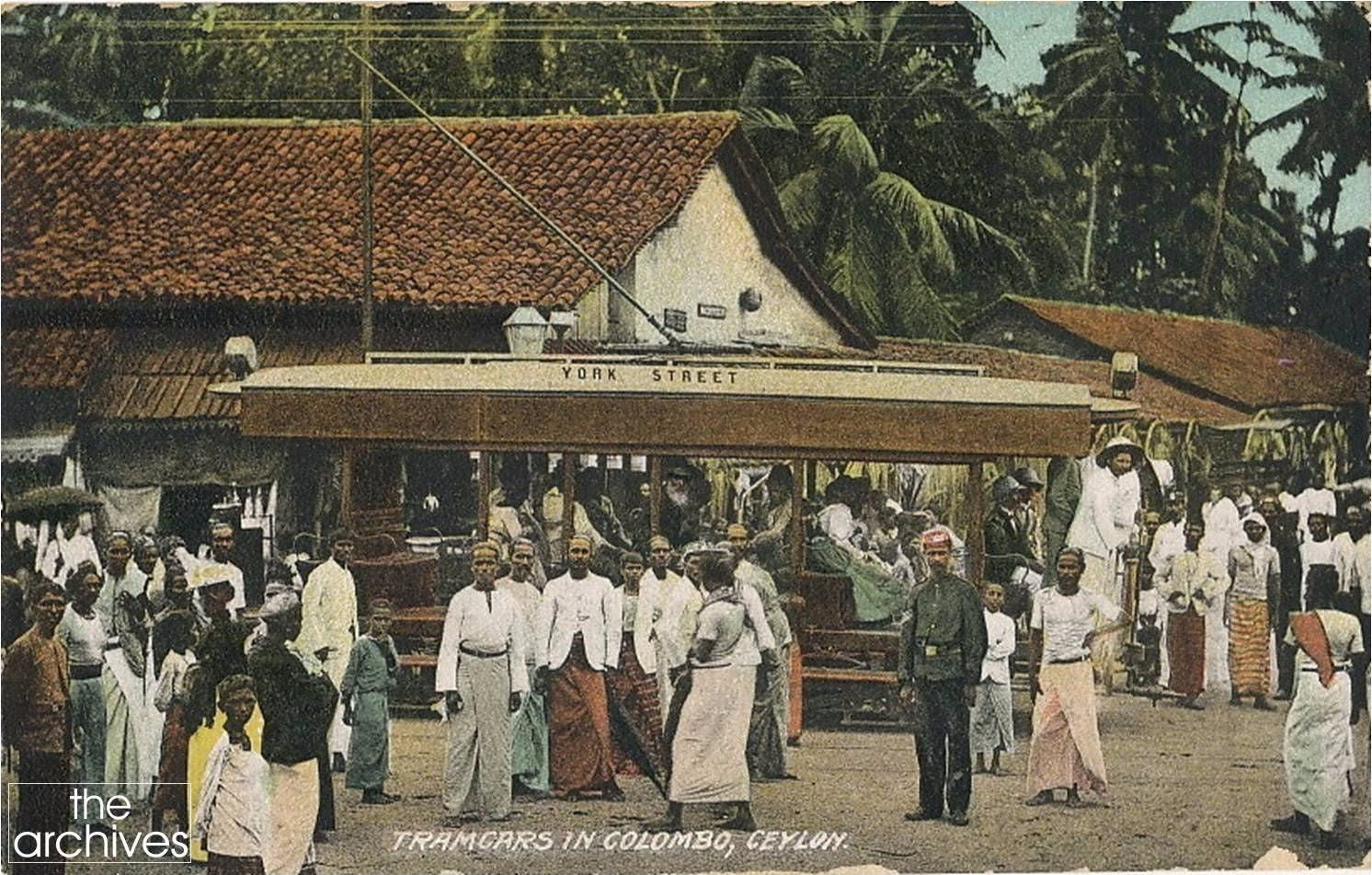
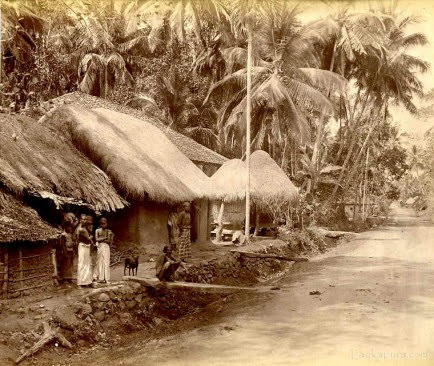
Rebecca Ponnamma Danvers was an intelligent young woman, as beautiful as she was bright. She conversed fluently in English, a bright star at Uduvil Girls’ College where she was awarded a Queen’s Scholarship in 1901 when she obtained her Calcutta University Matriculation Certificate.

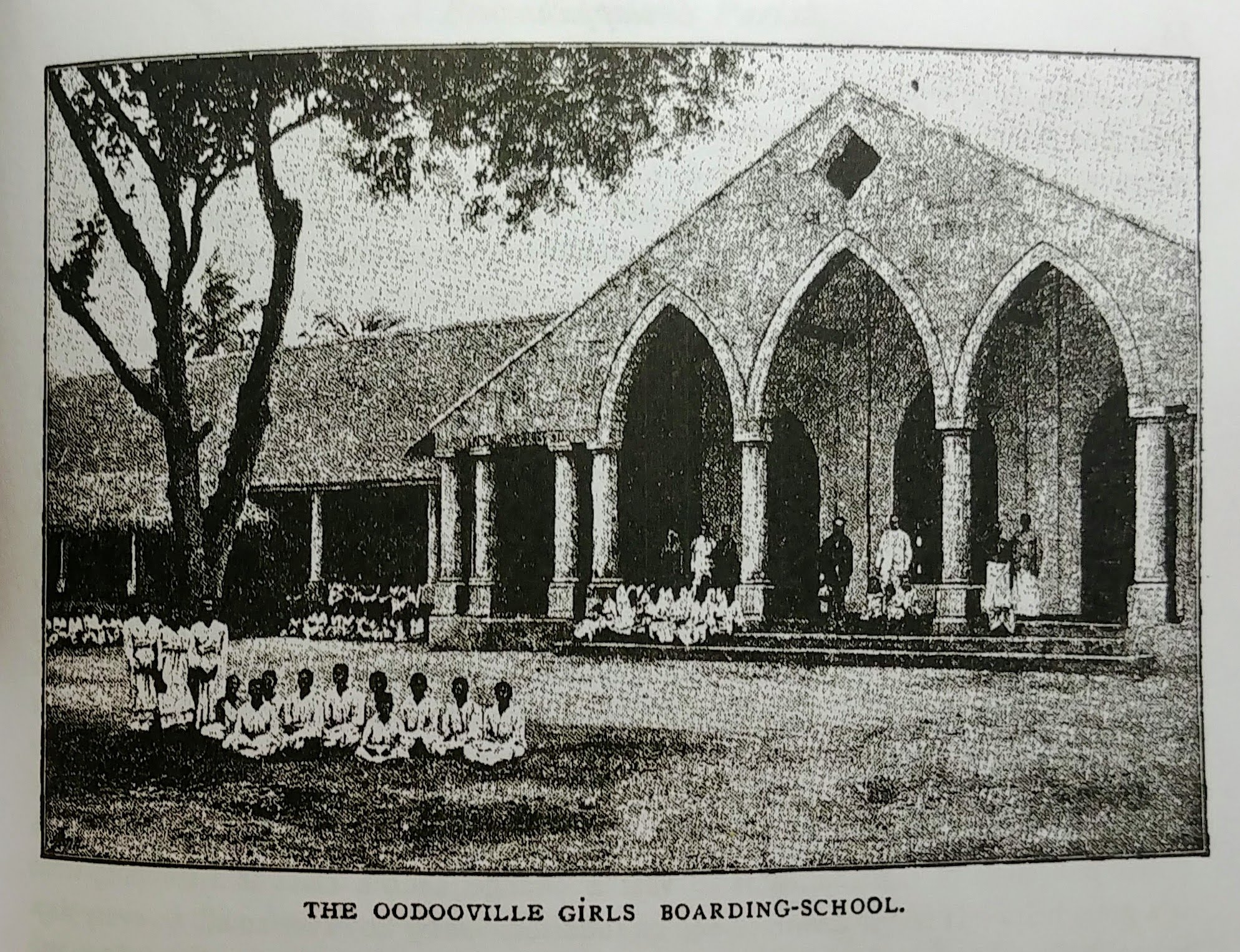
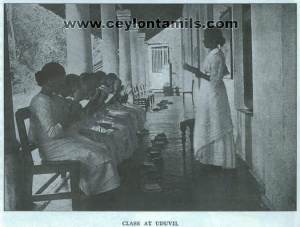
School teacher, evangelist, lifelong friend and ally of Dr. Mary Rutnam, Rebecca Ponnamma Danvers was a woman beyond her time.
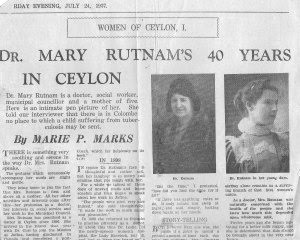
In 1904 Rebecca married Samuel Alfred Chellathurai Perinpanayagam who was a first cousin. They were both grandchildren of Kadirgamar and Harriet (Theivenei) Danvers. (Kadirgamar Danvers was the first in the family line to convert to Christianity). The couple moved to Colombo where Samuel Alfred was employed by the British firm, Messrs Boustead Brothers. They settled in the then fashionable suburb of Kotahena, where they purchased a home in Silversmith Street (now Bandaranaike Mawatha)
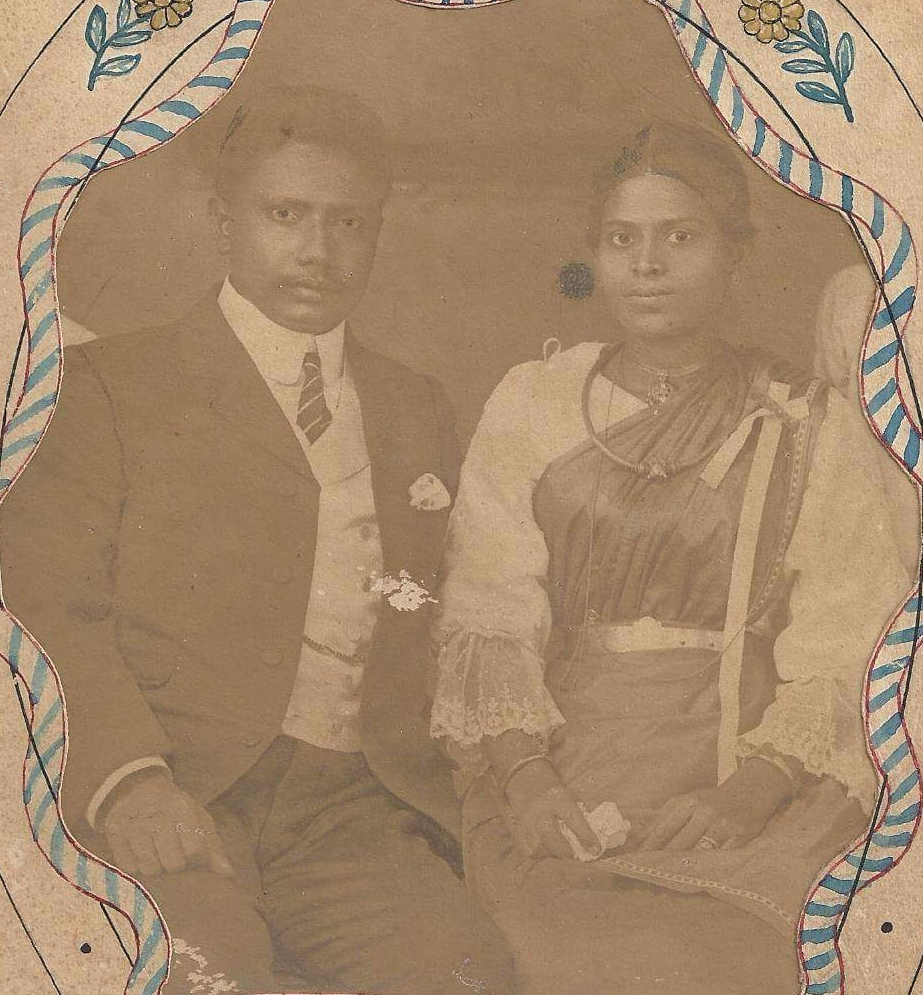
Shadrak found shelter in the kind maternal presence of his aunt and was happy in the home in Kotahena. Barely into his teens, the boy was apprenticed to the British firm, Hoare and Company. Here he was initiated into the hardware business. The job called for hard manual labour and his duties often included heaving heavy bags around on his back. Young though he was, and now a cog in the wheel of big city life, Shadrak never gave up the daily discipline of a quiet early morning time alone in prayer and scripture-reading. He clung with steadfast determination to the early discipline of his grandmother’s teaching, From time to time he paused to open the twelfth-birthday letter from his granny to refresh his memory and savour the words of the blessing scrawled in Tamil script. Continue reading “Anna Goes To School (Our Present Past 3)”
Root Of The Matter
For years it sat in a backyard flower bed.

Nothing thrived. The toughest annuals barely survived in the glazed clay pot. Shade might be the problem, so I tried to heave the hefty thing to a sunny location.
It wouldn’t budge. Stuck a shovel inside to empty out and lessen the load. Struck something hard.
Attempted to tip the thing over. It moved a bit, not much. It was firmly anchored down.
On my knees in the grass, I discovered the culprit. A stray rootlet from the apple tree, creeping in through the drainage hole had grown upwards. The lower three quarters of the container was blocked by a solid serpentine coil of unyielding root.
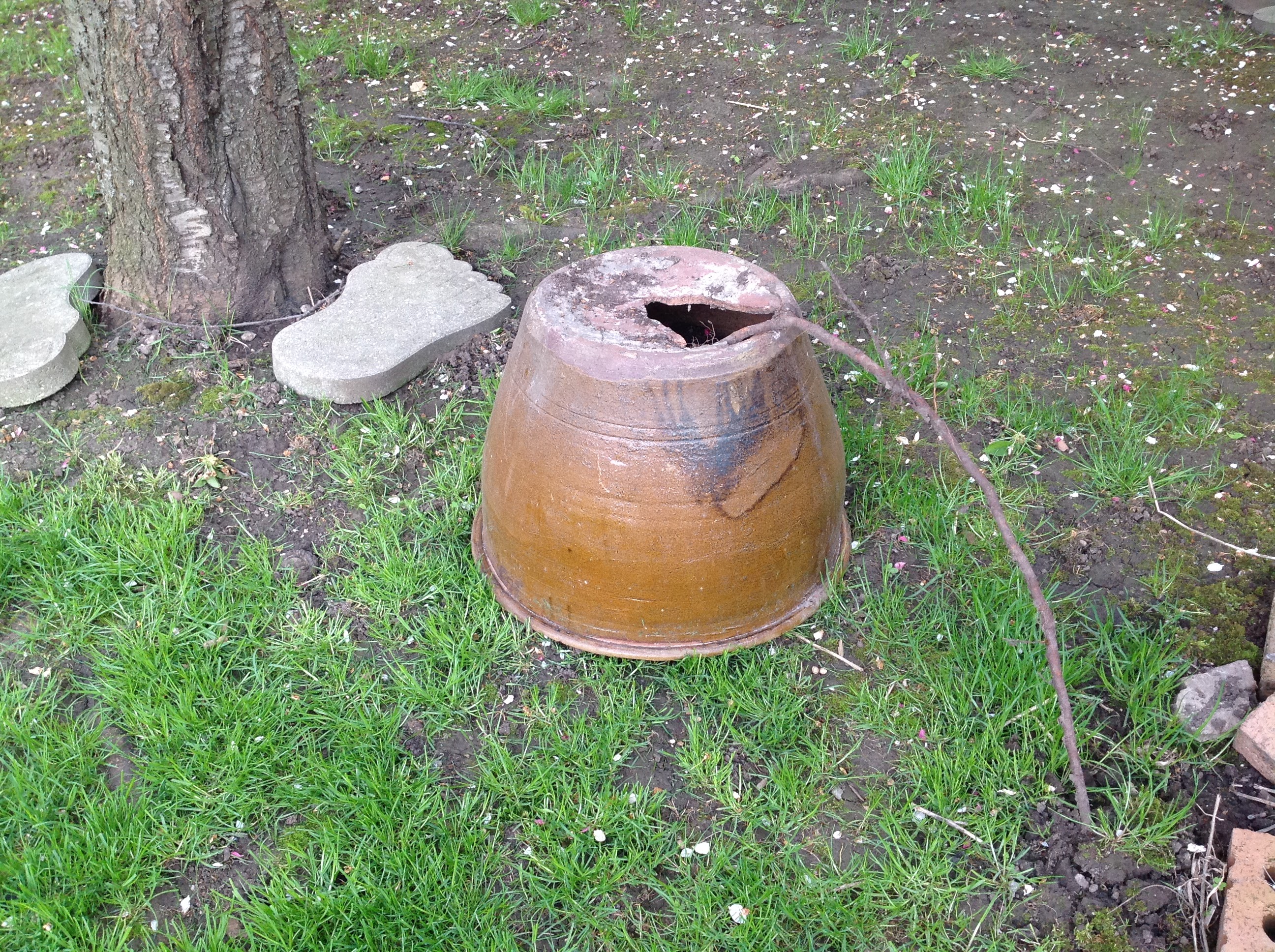
Who could have guessed?
I hacked the ropey mass away – not an easy task – chopped and eased it out. Most of the soil was gone.
No wonder …
It blazed with joy in its bright new location and burned with bloom all the way through July until October’s first frost. Brand new beginning. Plenty of sunlight. NO sinister strangling roots.
Food for thought …
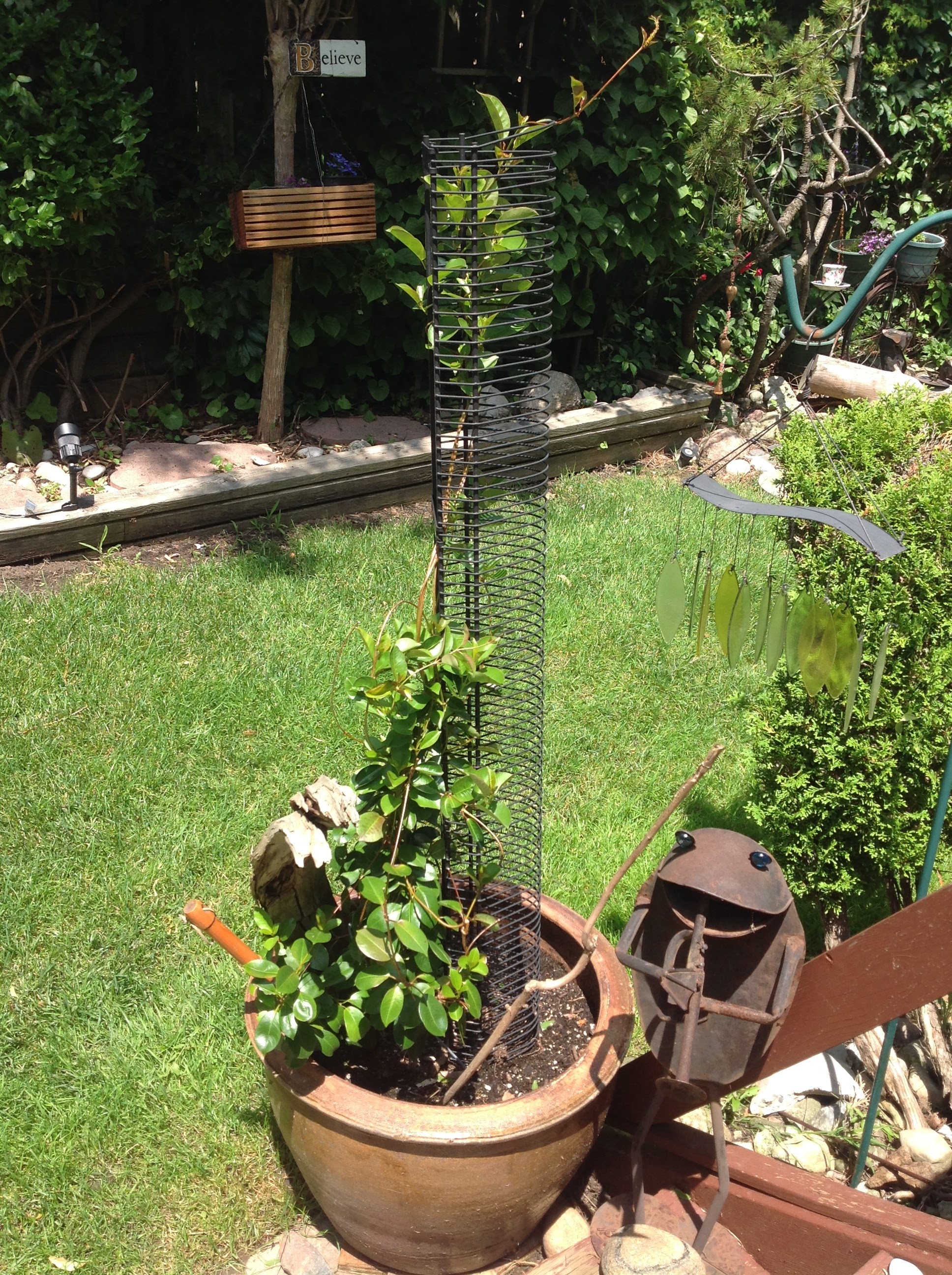
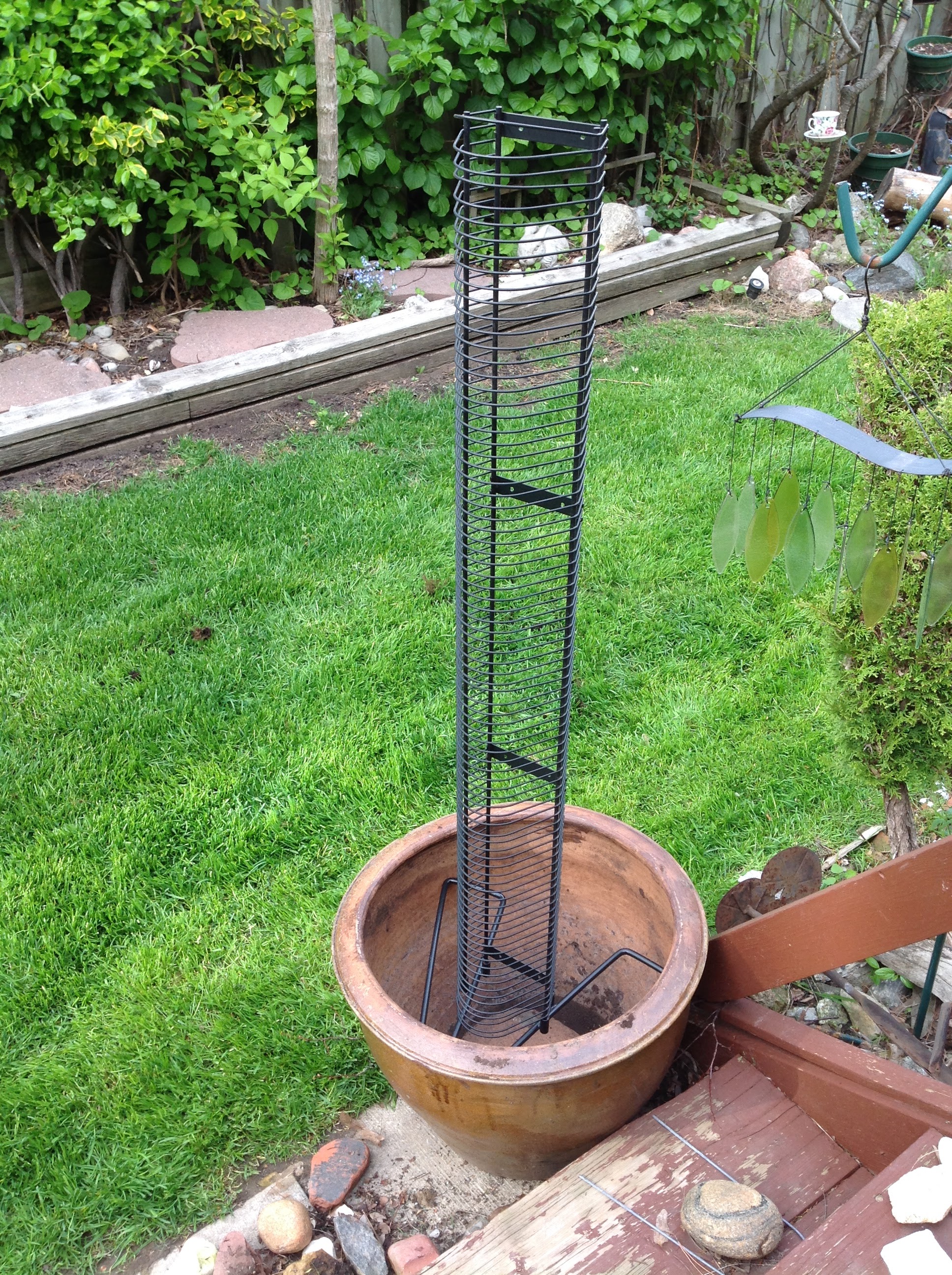

Isn’t life like that? Think of how relationships fail and situations deteriorate because of covert root issues lurking beneath the surface that never get acknowledged, dug out and disposed of.
Abandoned things are like hurting people. It’s worth investing time in them. A little care, nurture and a dab of creativity might go a long way towards bringing about a transformation of loveliness.
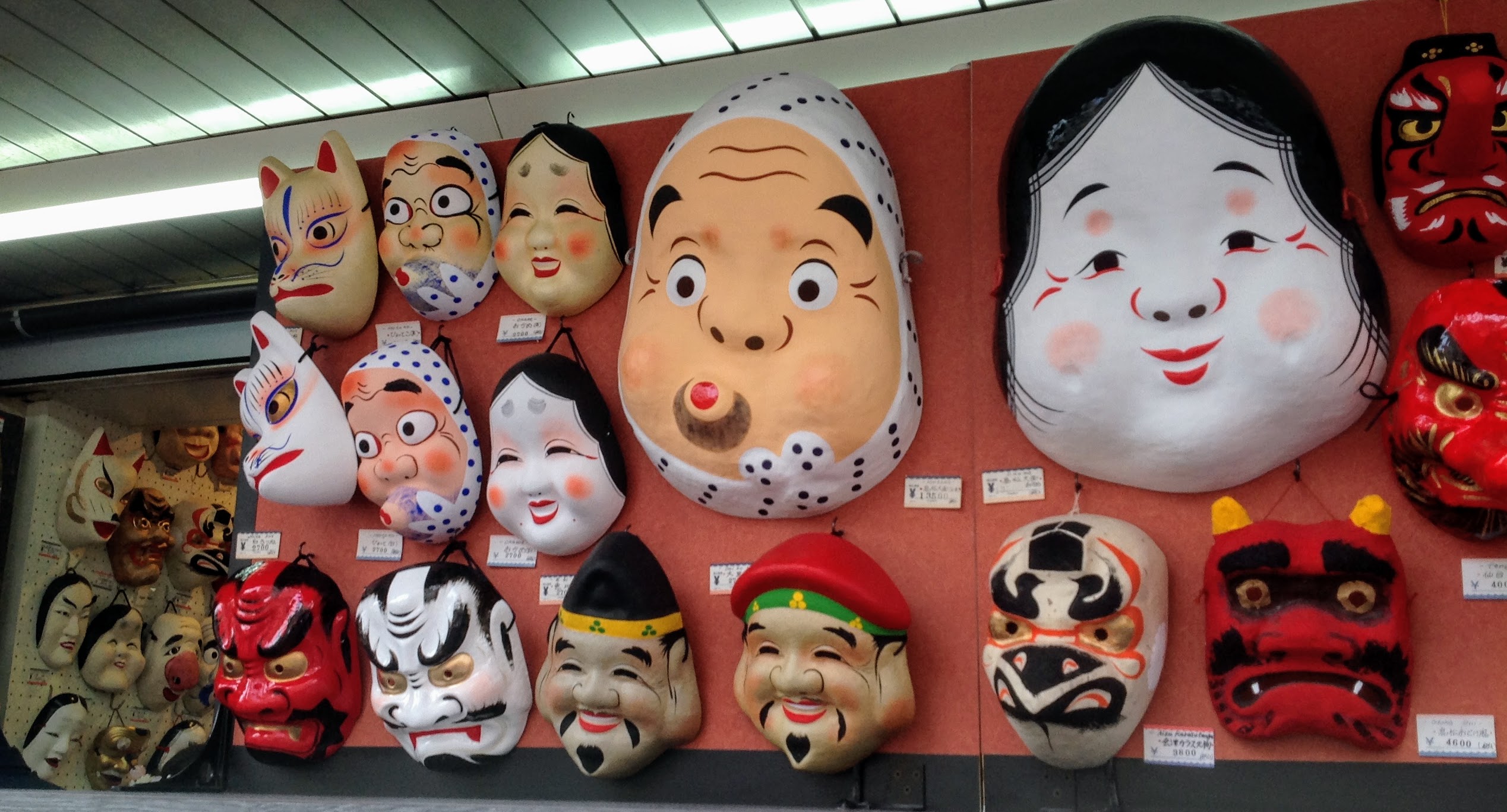
It would require a certain eye and angle of perception, of course, to realize the hidden value and immense potential in discarded things (and difficult people).
The site of unwanted cast-offs gets my imagination all fired up —
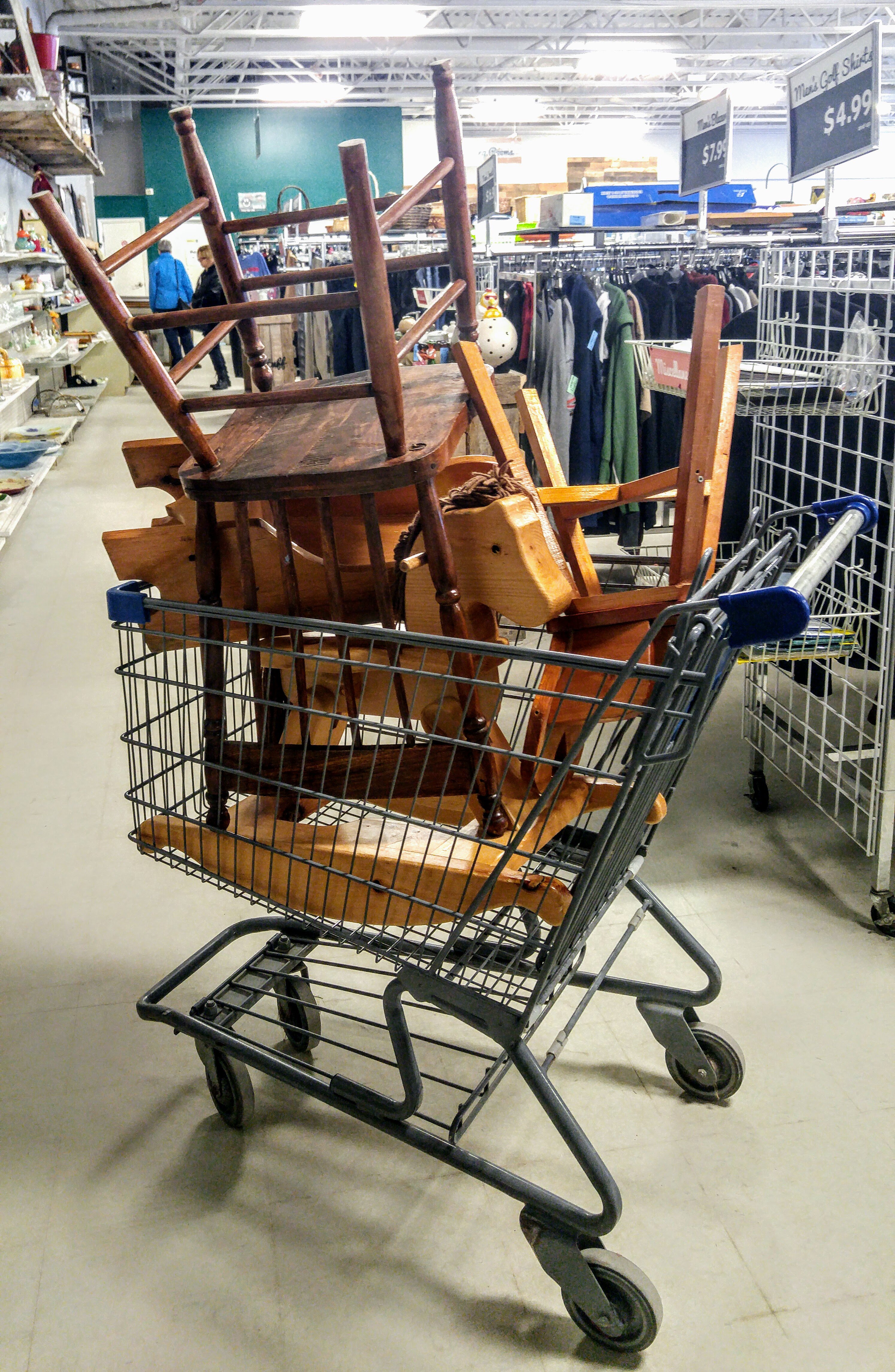
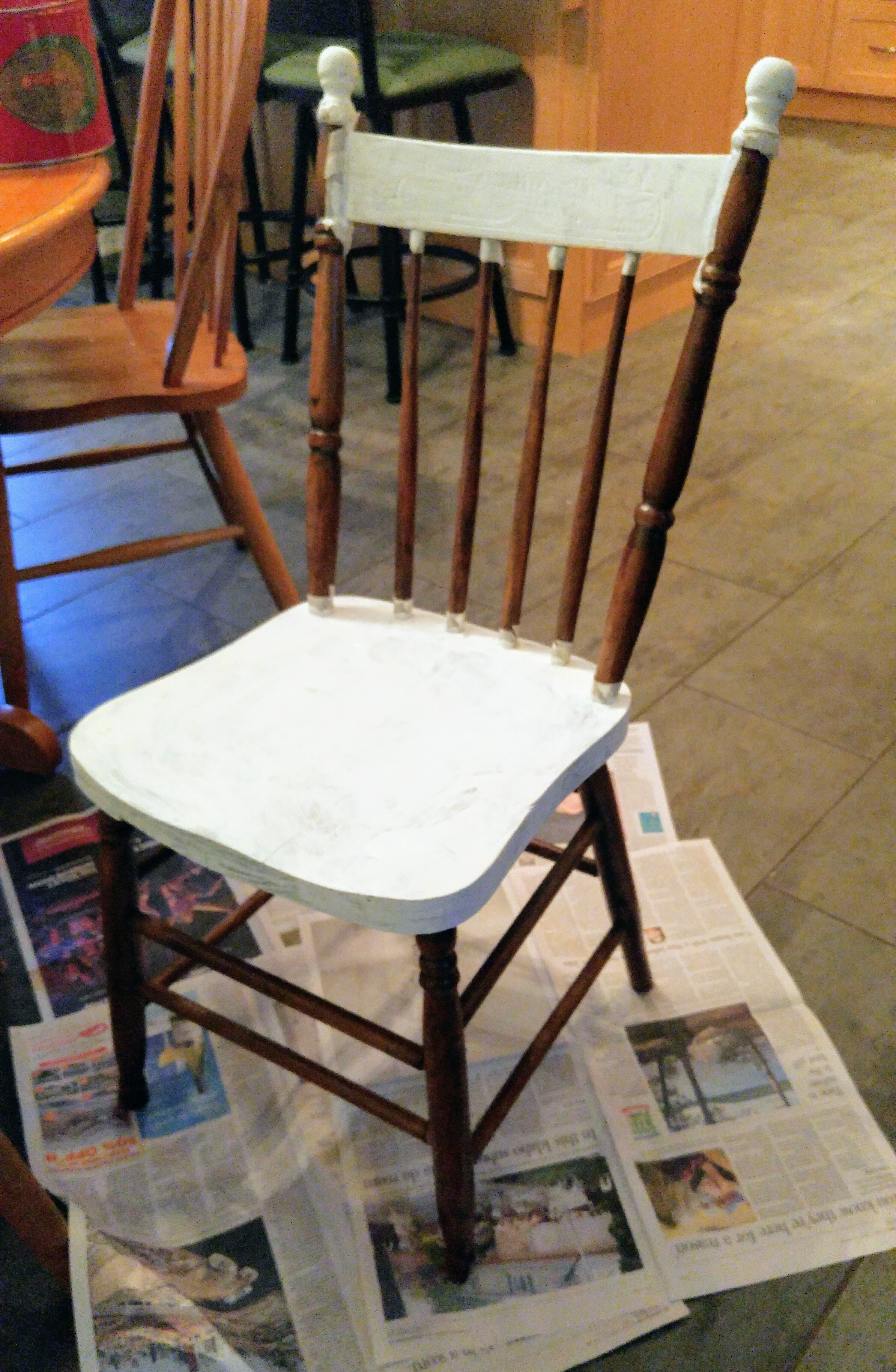
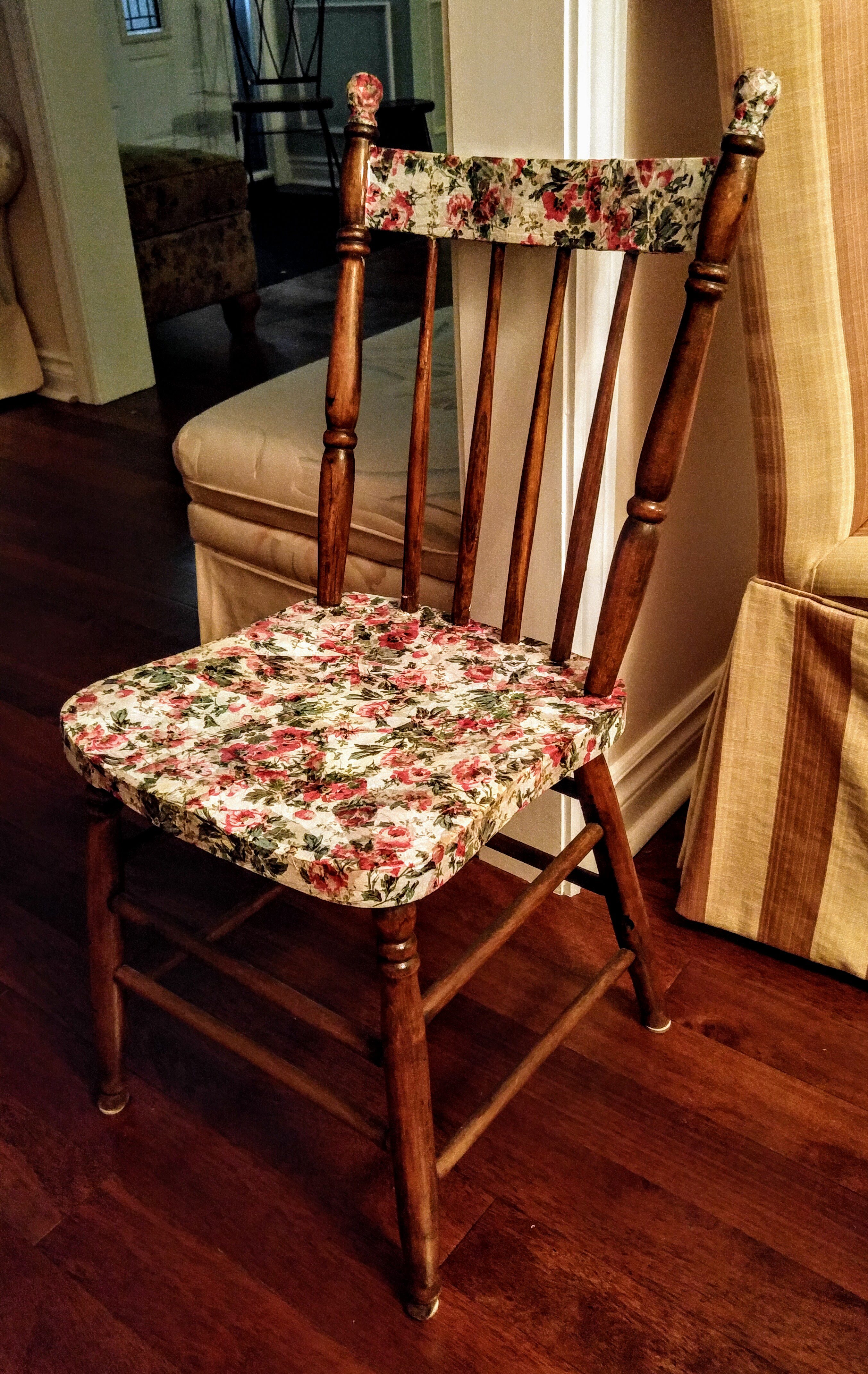
What wonderful things get tossed out and lie listlessly on the kerb, yearning for a second chance.
Clueless, careless people pressed for time, seek the trash can as a quick, convenient way out.
First world solutions …
The owner of a local antique store told me she pays someone to scour the streets of certain neighbourhoods on garbage day.
“You won’t believe the valuable things we’ve found and sold at a price,” she said.
I believe her.
I’ve made some magnificent finds myself.
Like these –


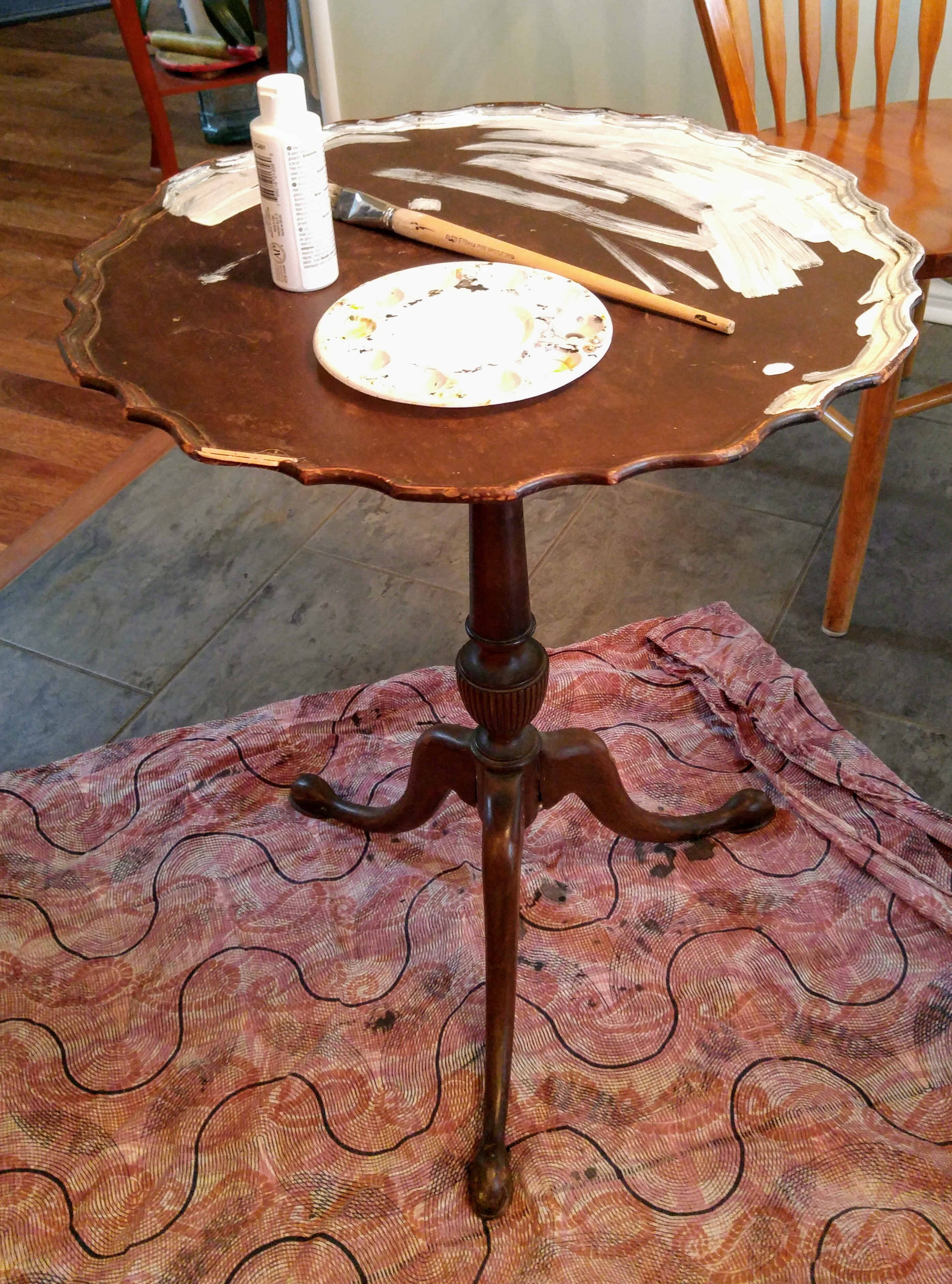

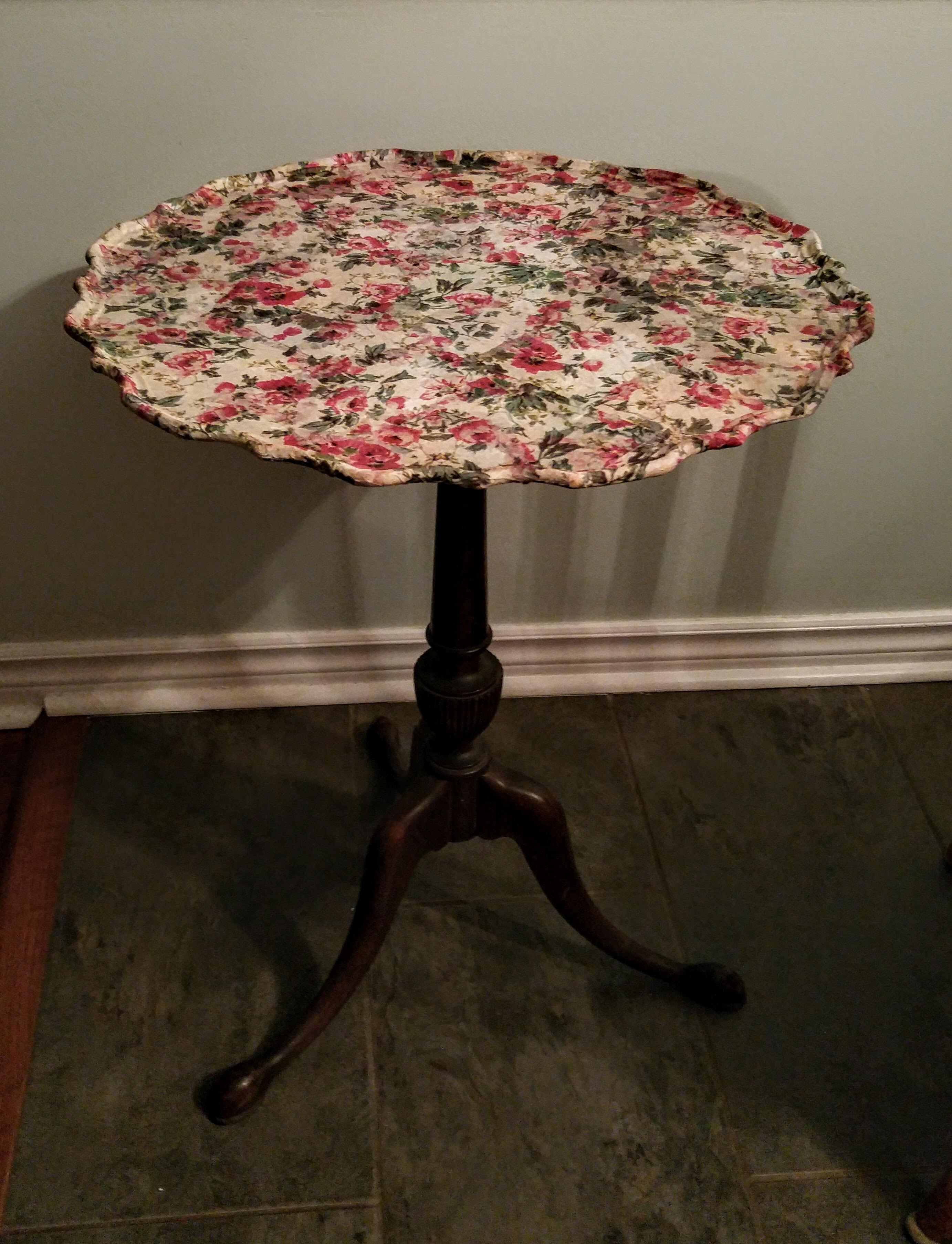

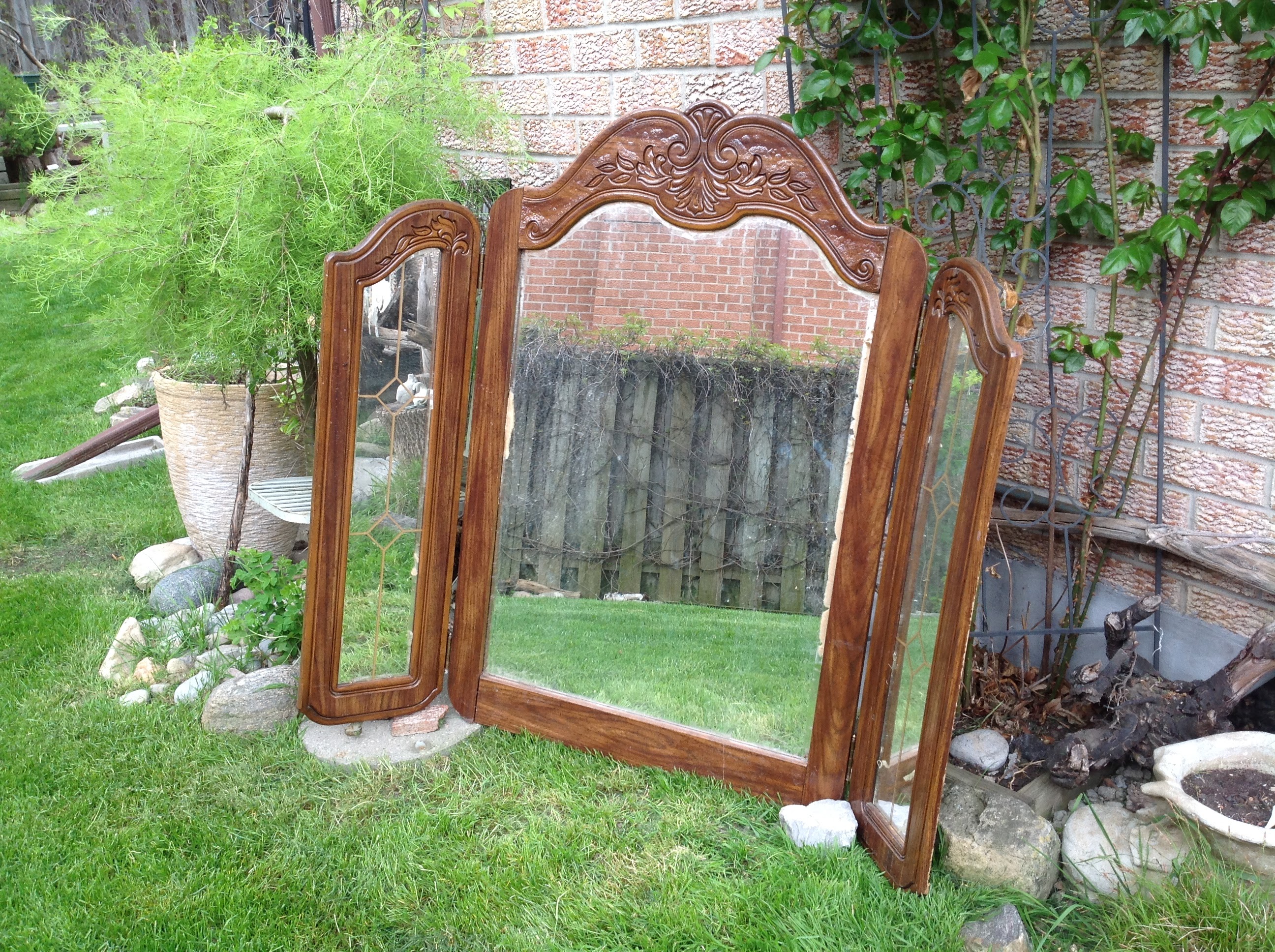

My friend, Gail’s eye fell on this ugly blanket box as we drove by. She suggested I pick it up –

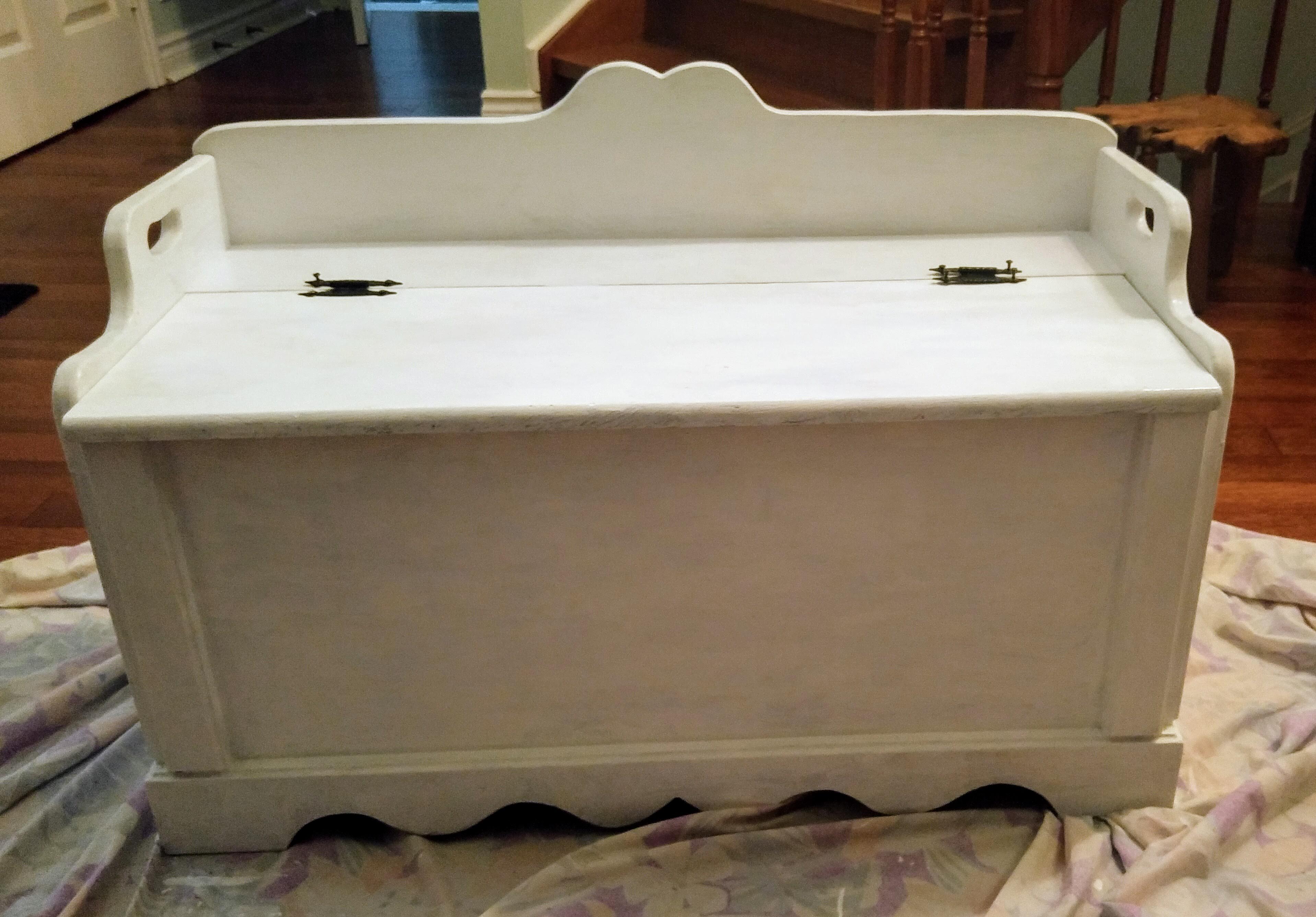
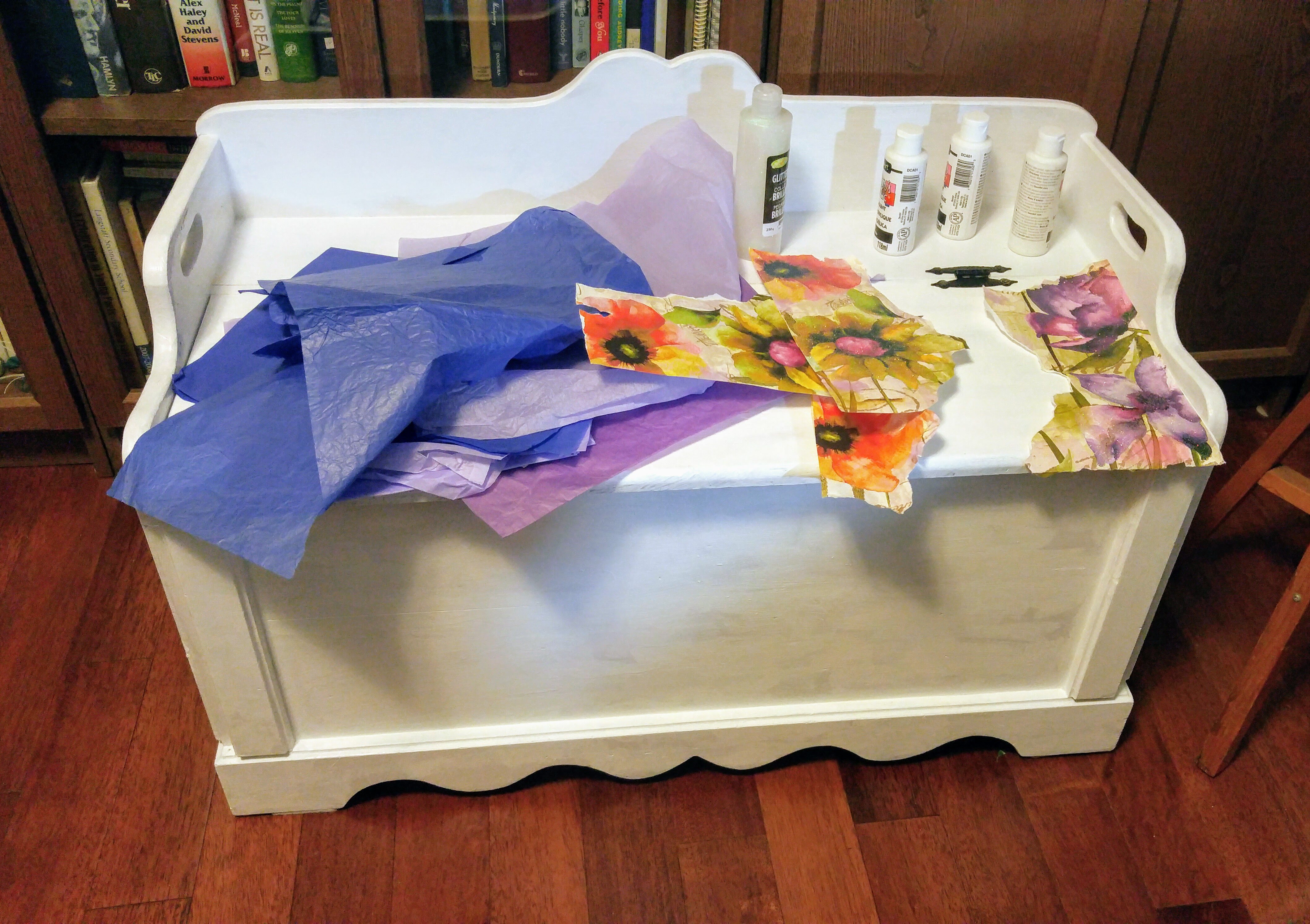

I love browsing in thrift stores –




You never know when smiling serendipity will direct you to the find of a lifetime.
Perhaps a gold-embossed book published in 1915 that you hold breathlessly in your hands to gaze at the faded name scrawled in elegant fountain-pen handwriting across the fragile fly leaf.
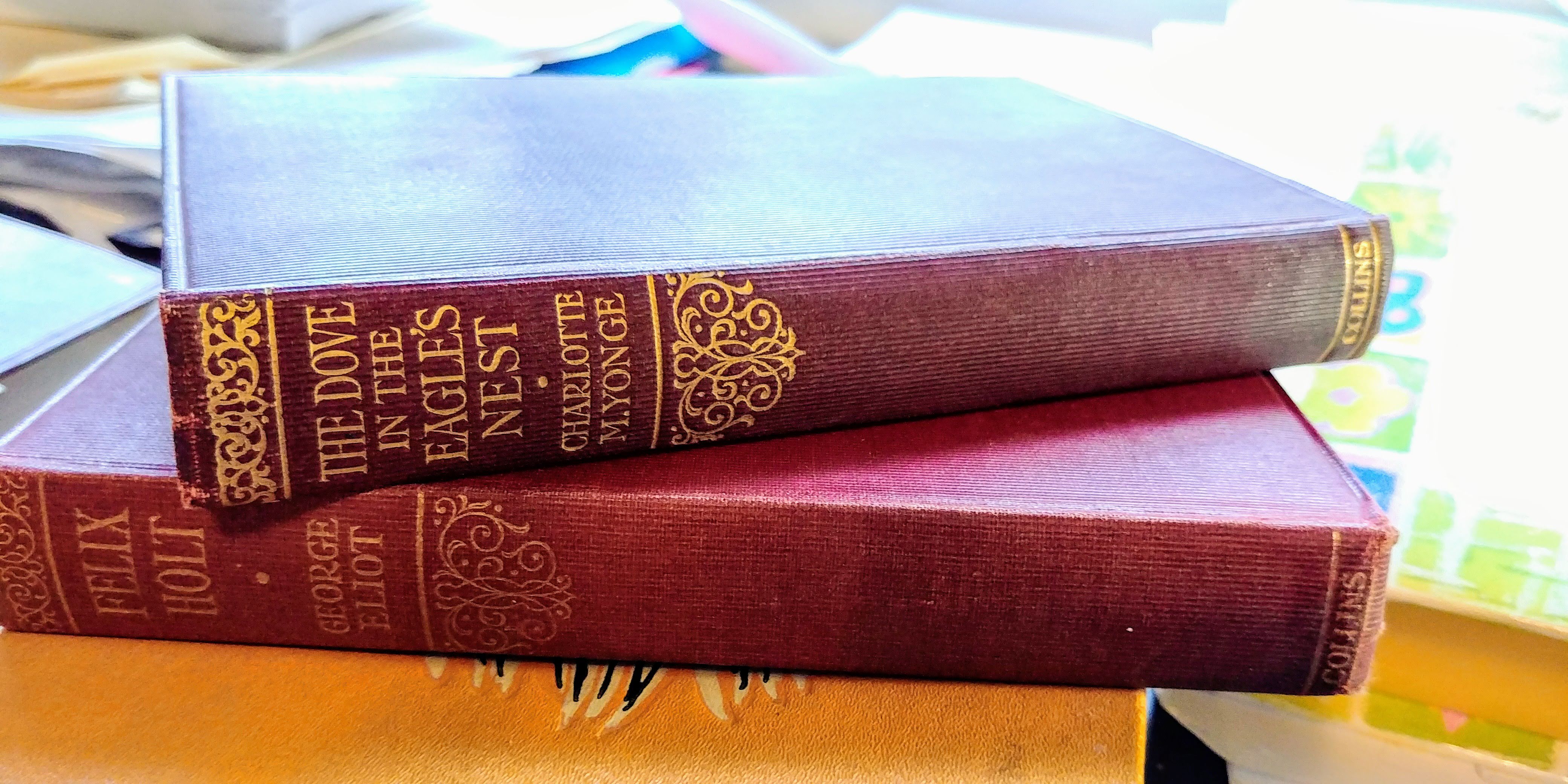
You might even find a bonus in the shape of a Christmas or birthday card tucked inside, with formal, handwritten greetings from almost a century ago.
Sentimental birthday greetings and Christmas wishes from the early 1900’s …
Or a rare first edition of a book by Dickens that you didn’t even know existed.


The creative possibilities are endless.
Check out the evolution of this found item from vintage breadbox to desktop knickknack holder –
Or the resurrection of a sorrowing three-legged chair –
Or an ancient soccer ball reborn as glowing garden gazing ball preening on a cast-off plastic lampshade –
There’s no better place than a garage sale to locate sad things dreaming of a fresh purpose and renewed destiny.
Last summer I drove by a lawn sale and screeched to a halt when out of the corner of my eye, I saw this worn wooden ladder from the 40s/ 50’s.
The perfect stage for seasonal decorations –
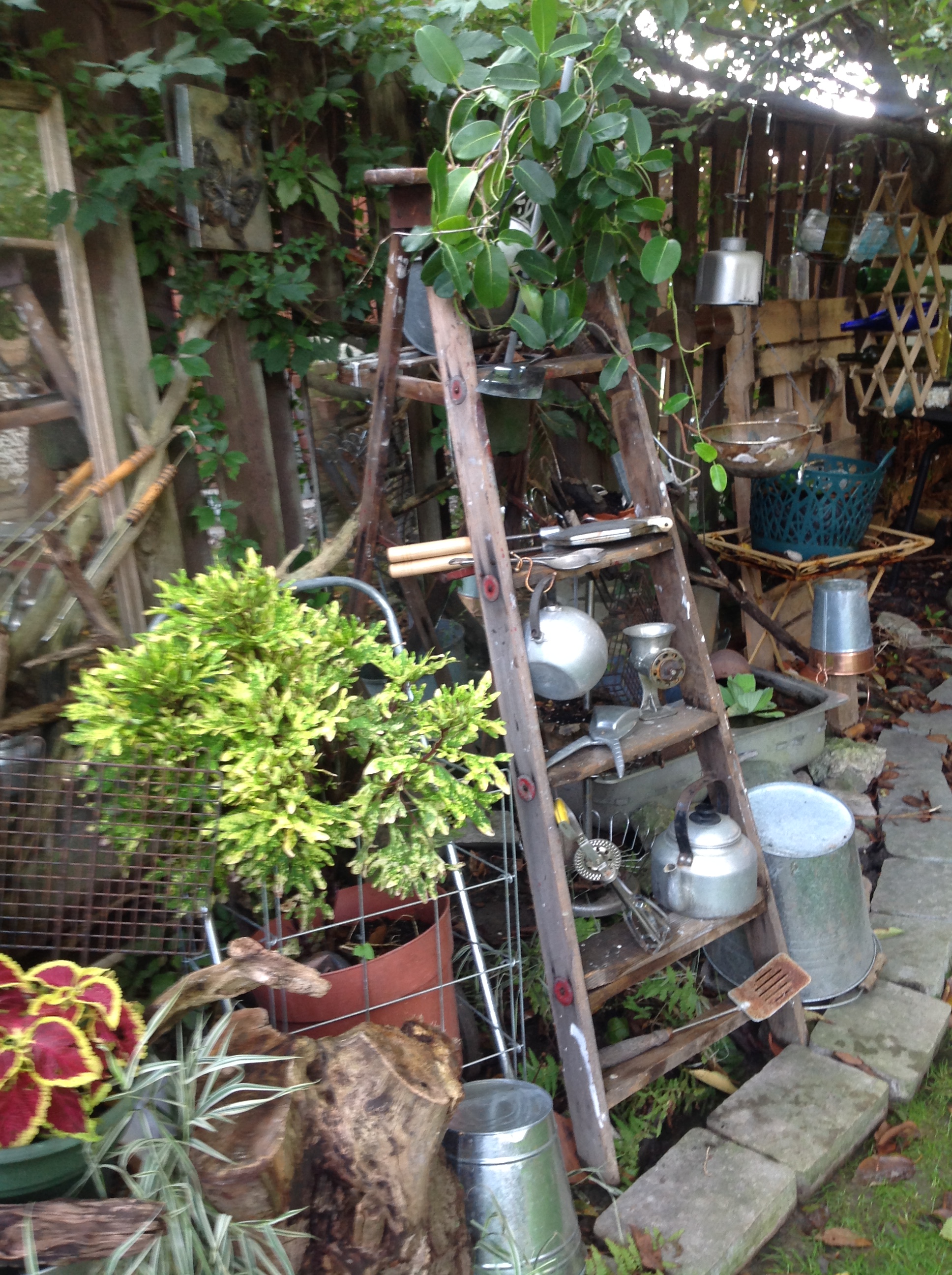

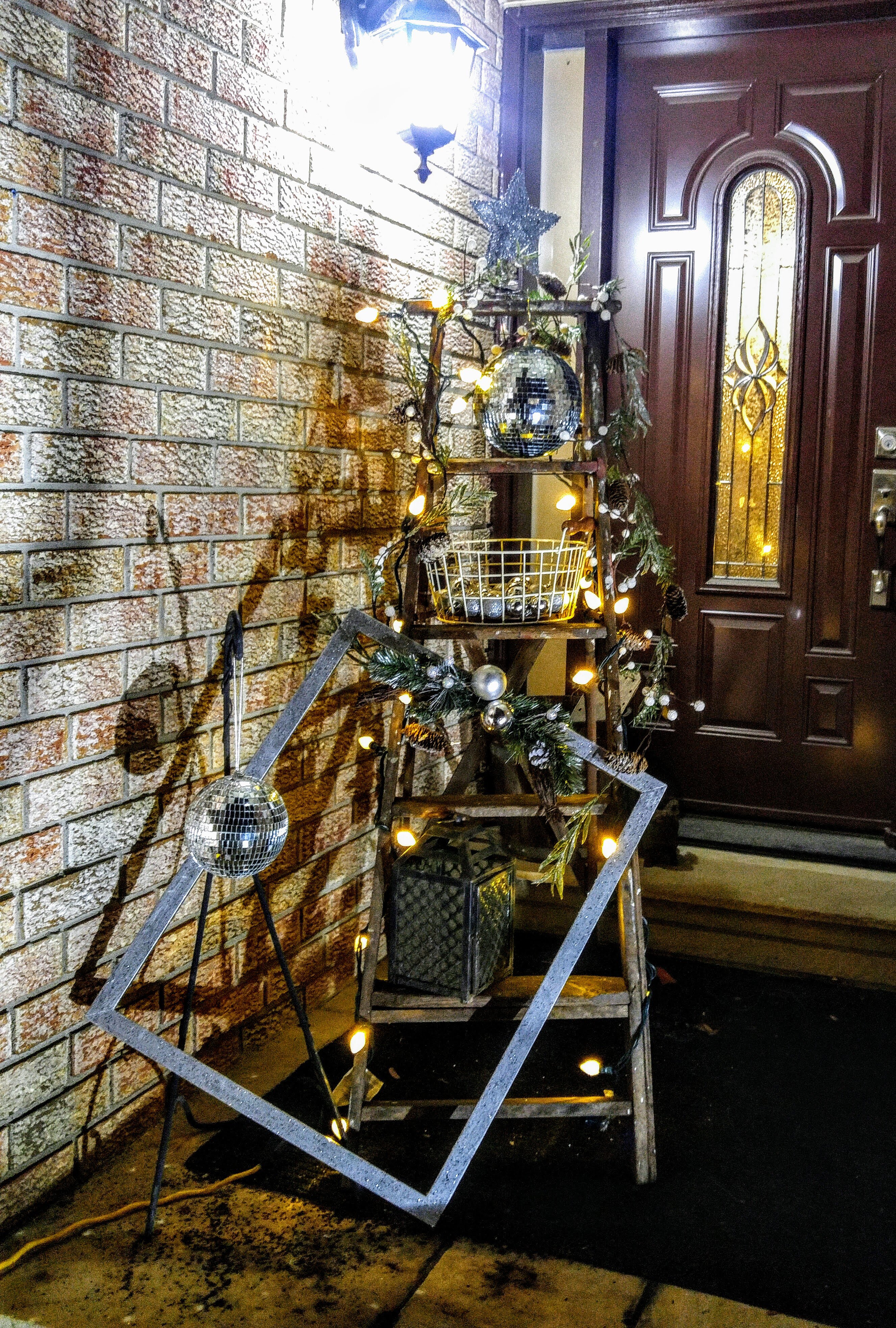
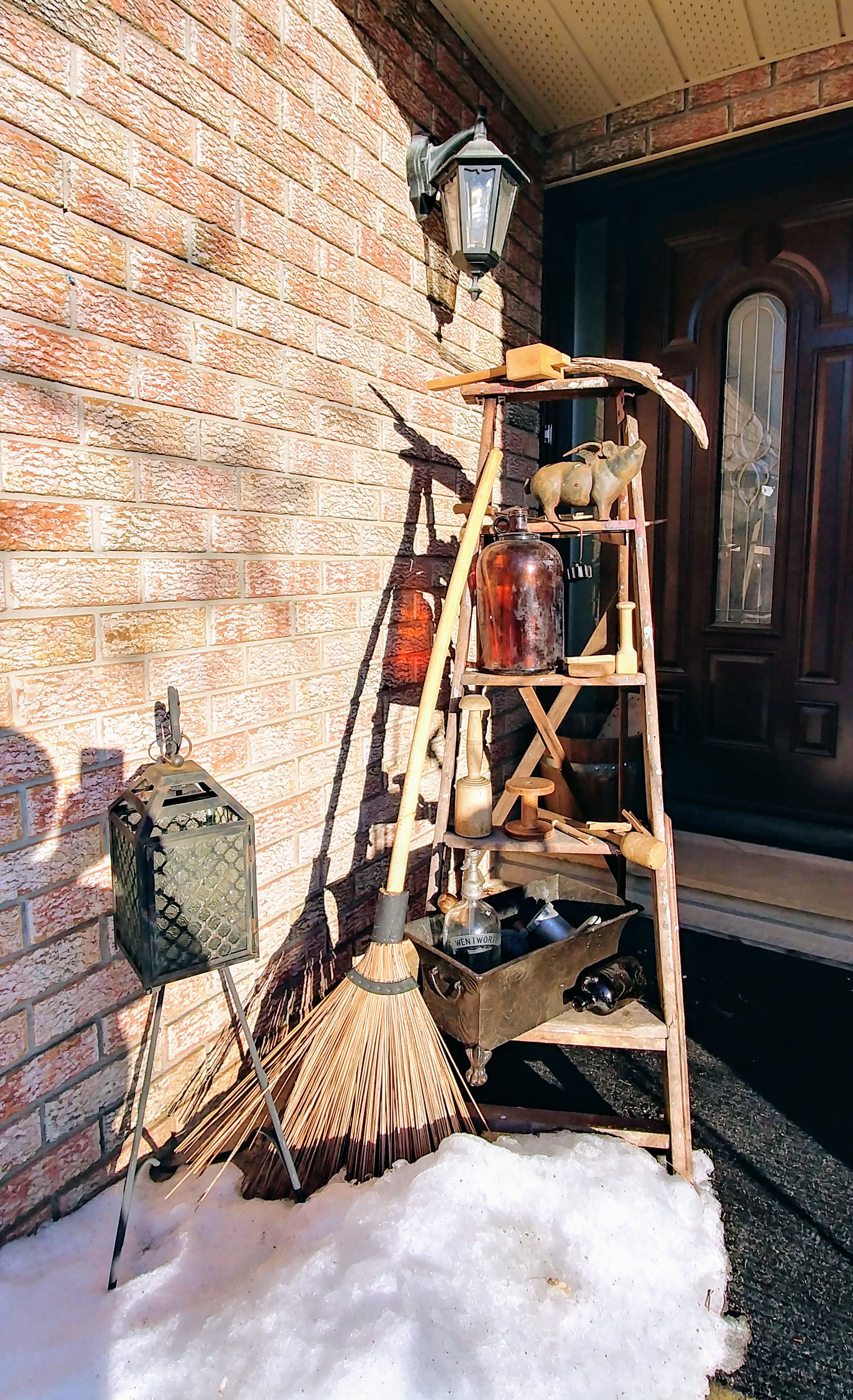
I came across an identical ladder in an antique-store window. The price tag was exactly ten times what I forked out for my weathered treasure!
A garden is the perfect platform to showcase dreams of discarded things.
– Blooming barbecue planters …
– Chair plant stands –
– Coloured bottles –
– Old windows
– An unloved bicycle, a sad old door –

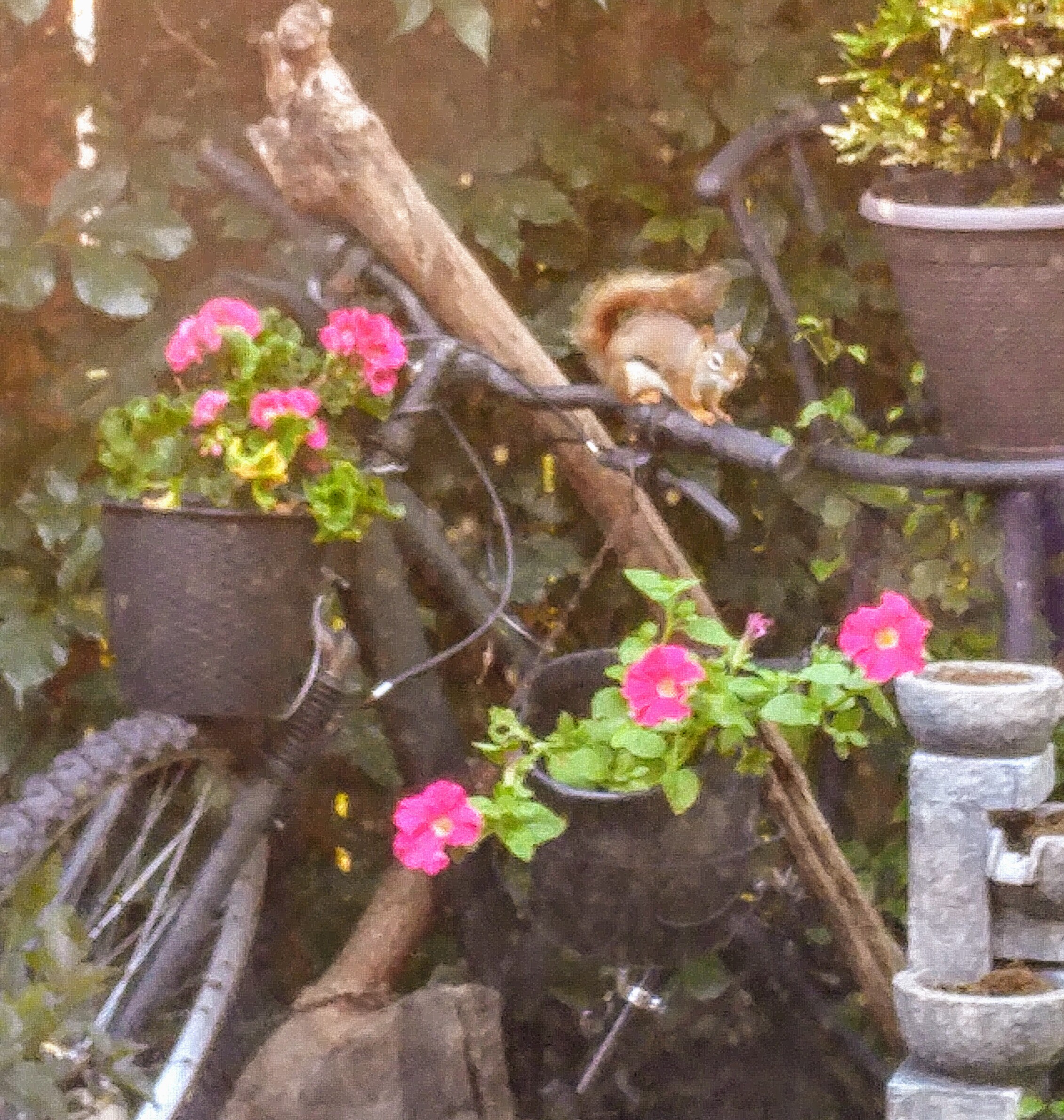
– Abandoned light fittings –
The pipes from an old tap for stems, glass lampshades from an ugly old chandelier and solar lights make for stunning garden decor that lights up the night …
The chandelier itself becomes a bird feeder with coconut shells for bowls …

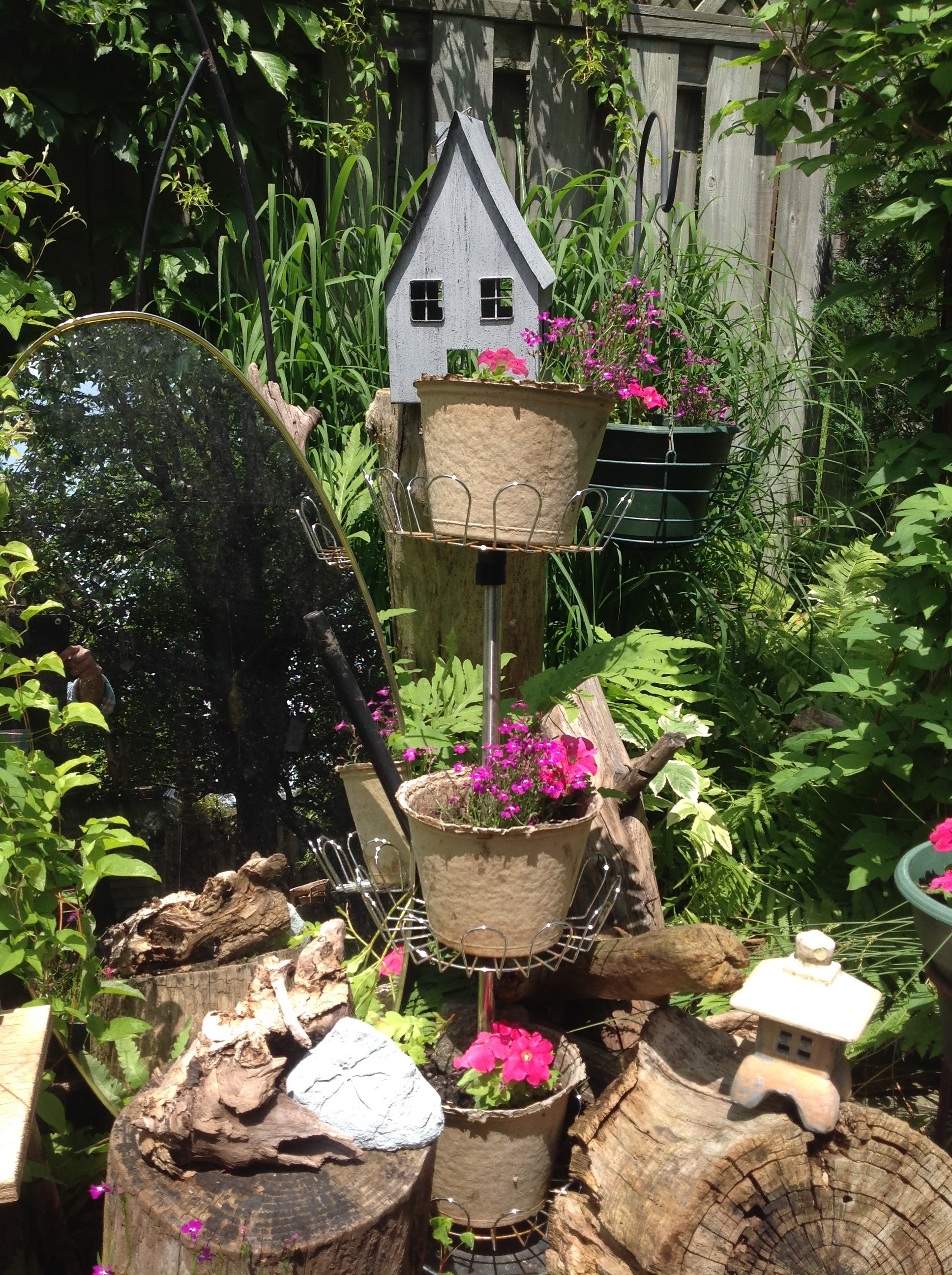


– A garden bedroom –

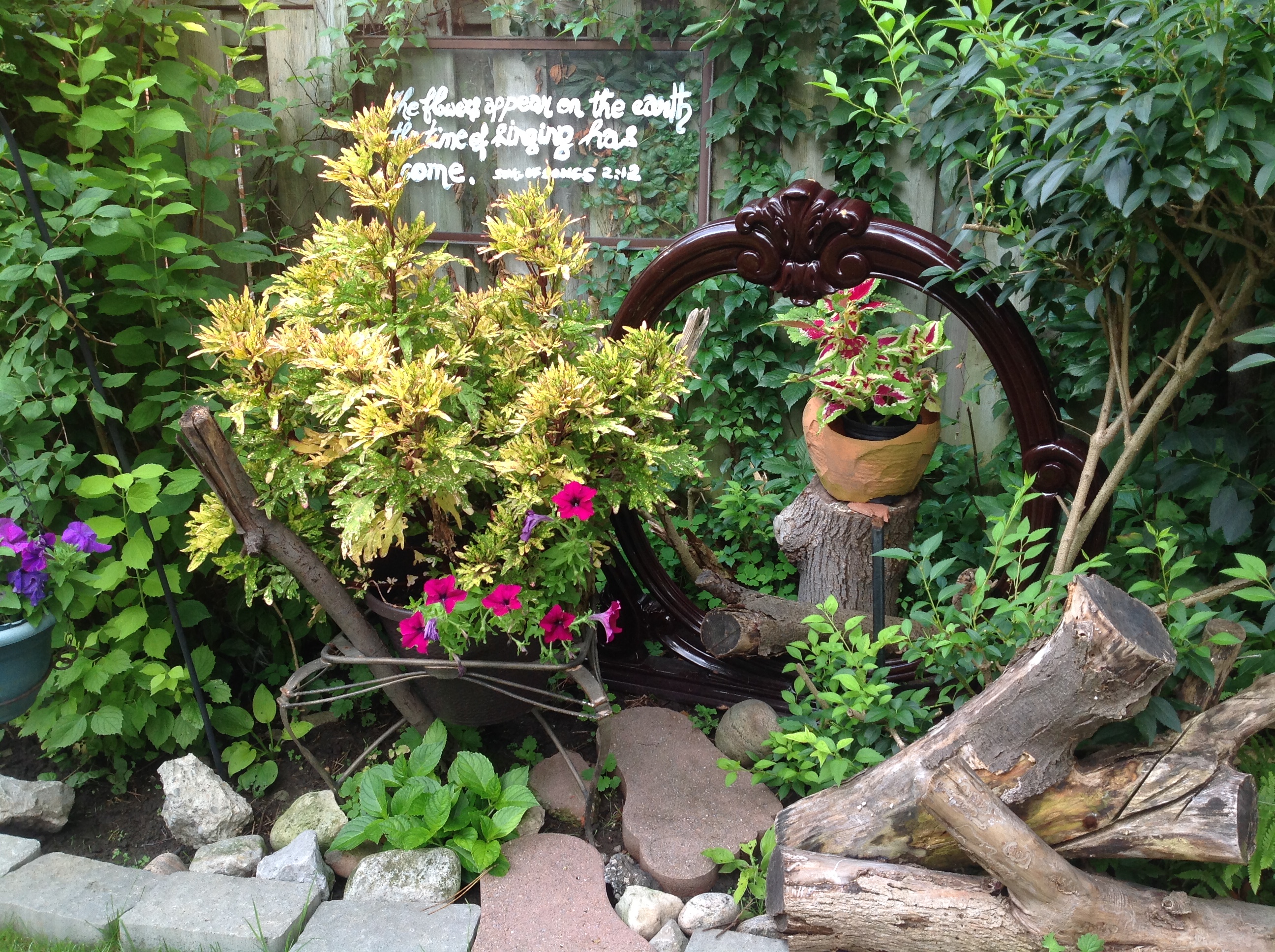
You can never have too many mirrors in a garden …
Reflected dreams …
When the sun sets and the stars come out –
How they glow …
From hideous, useless to one-of-a-kind wonderful, these once-unwanted things shine in a quiet space of gentle dreams, enhancing this place of rest and relaxation.
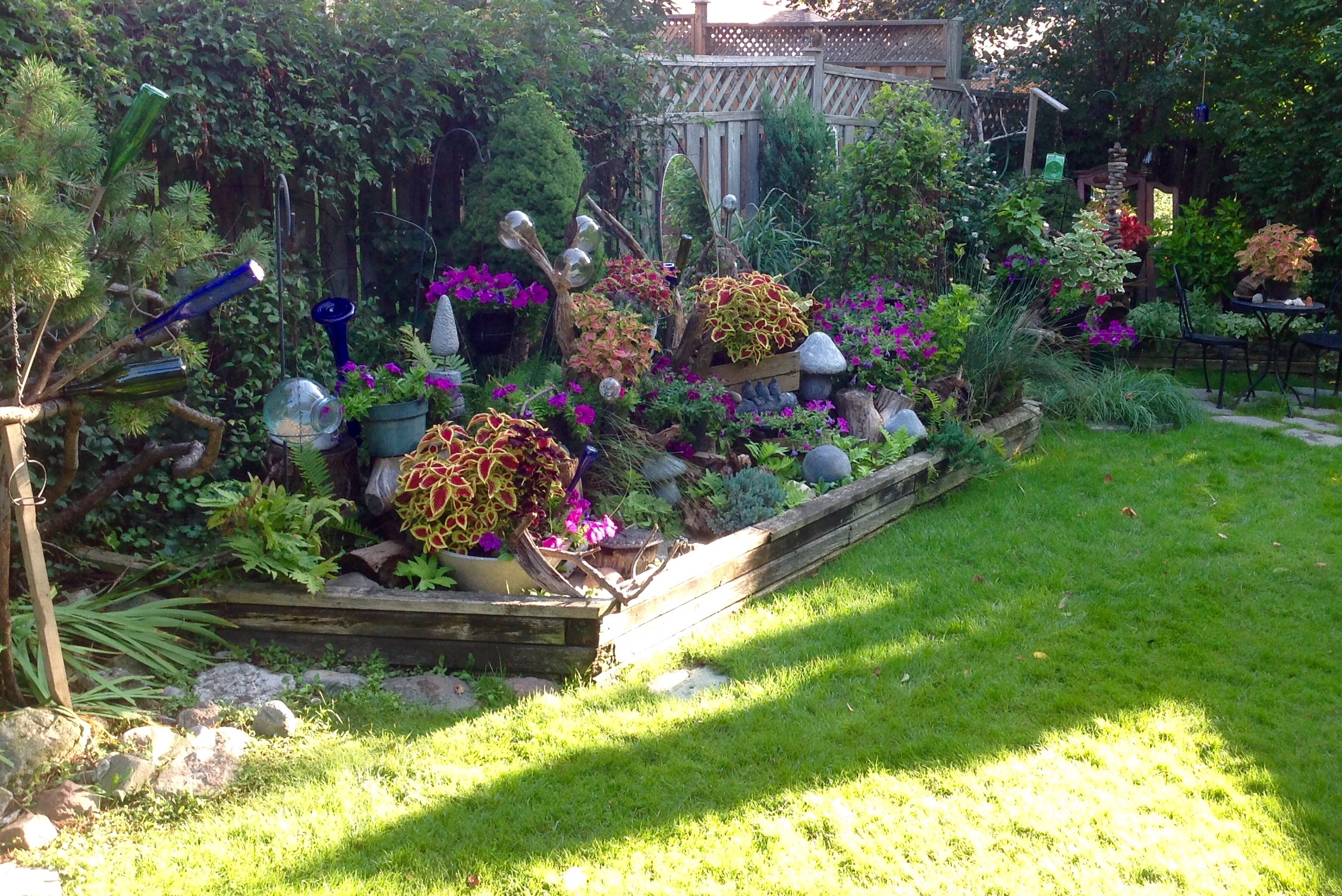
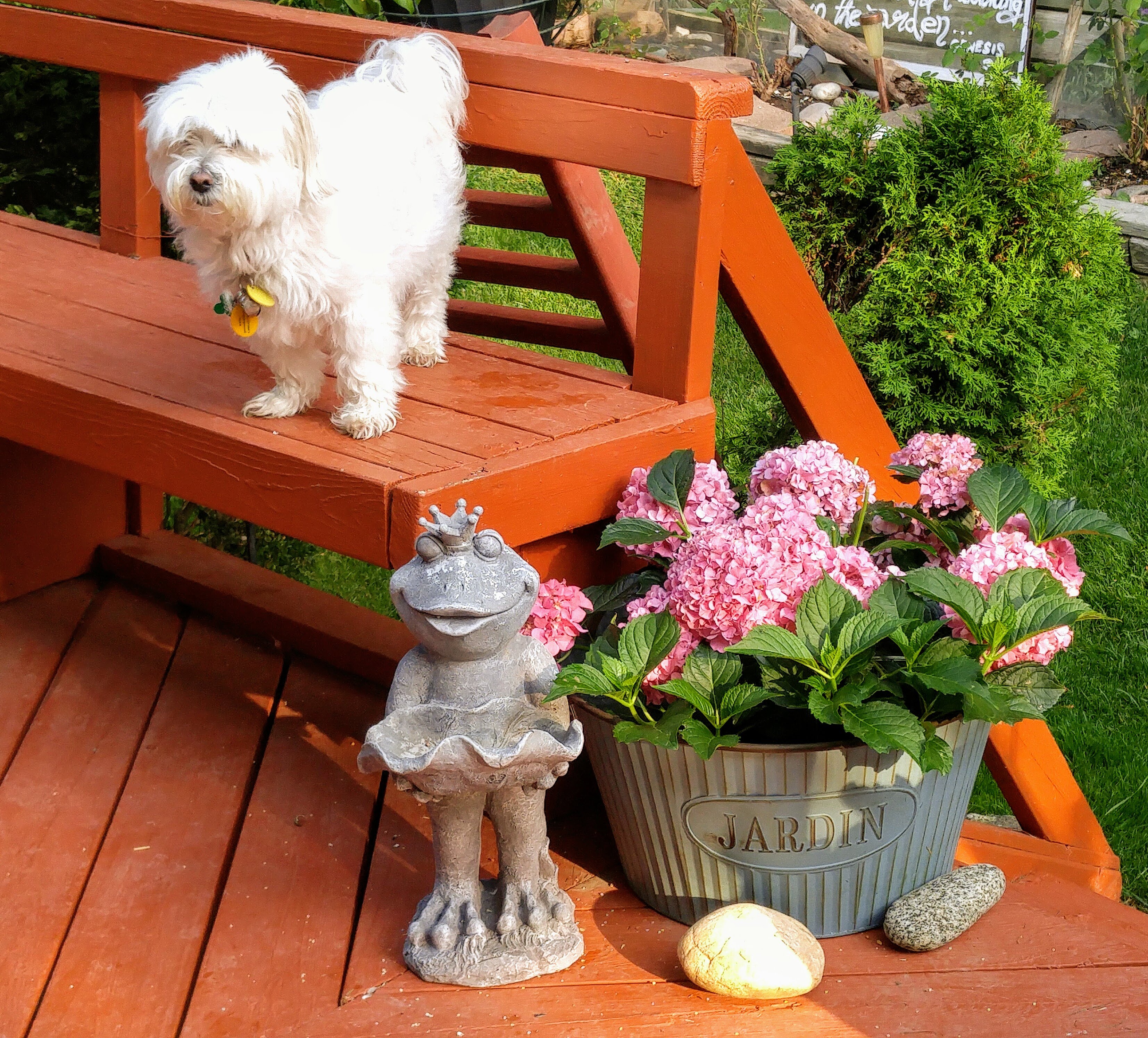
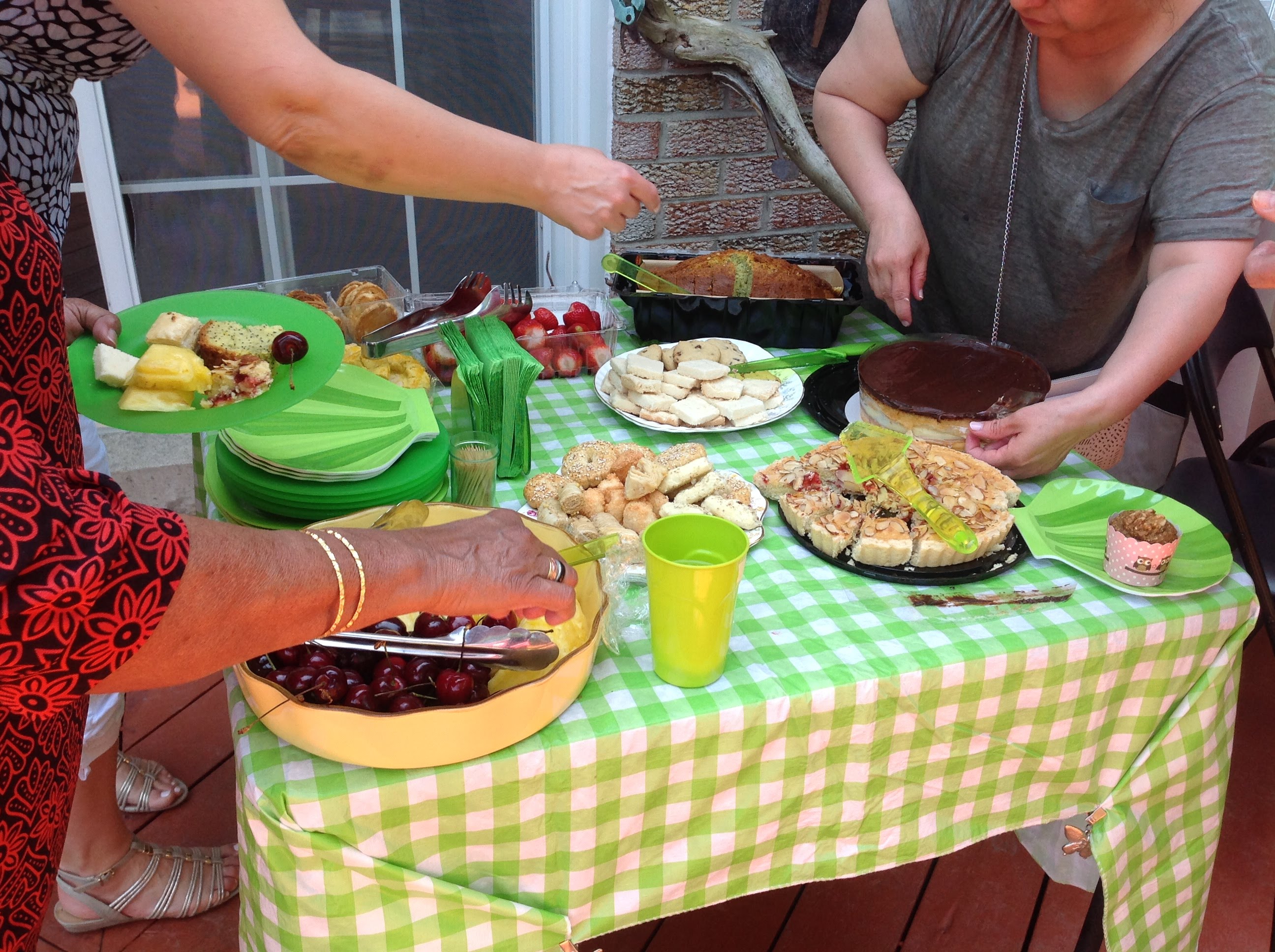
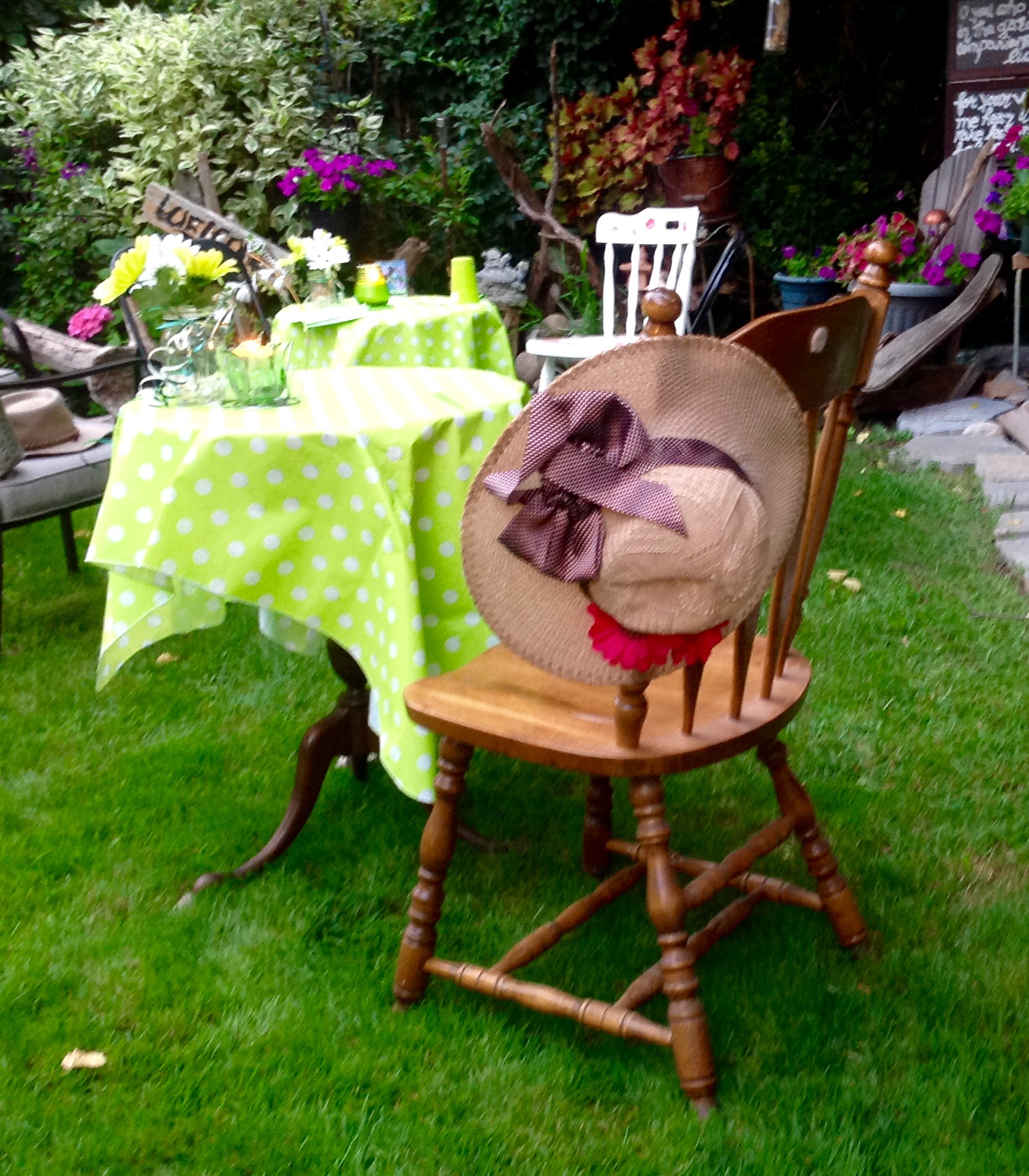
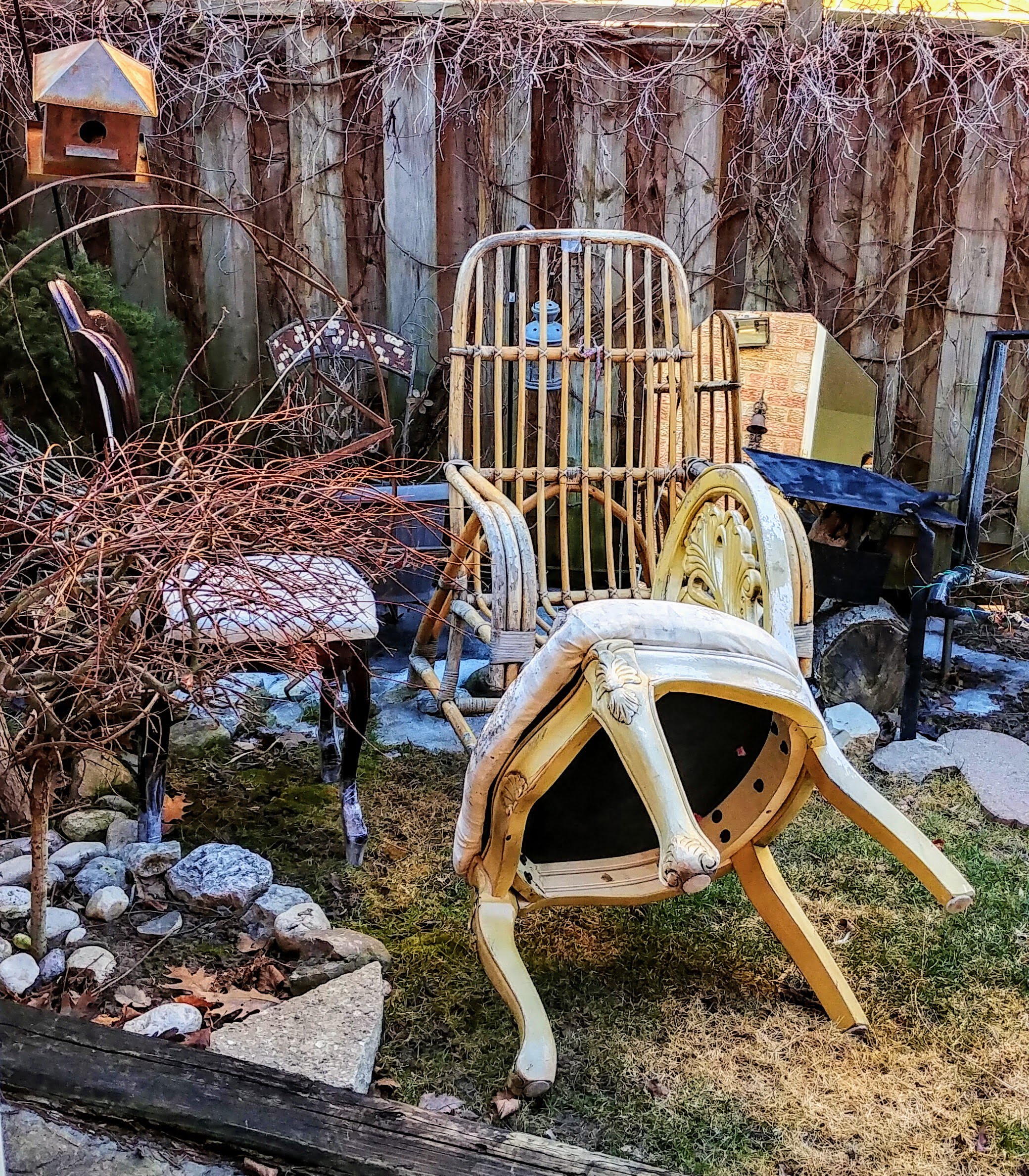
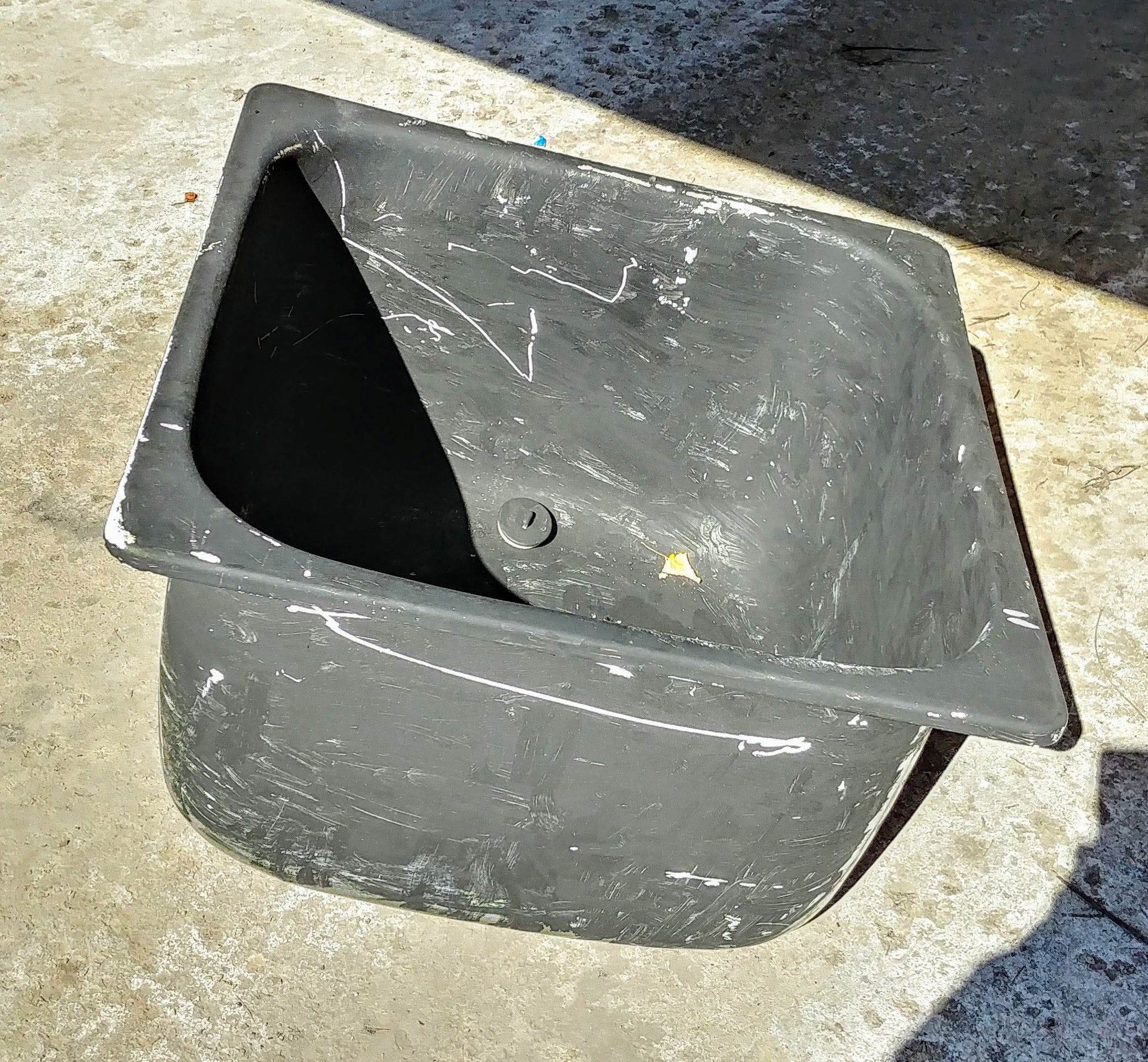

I have to draw the line at old toilets, however.

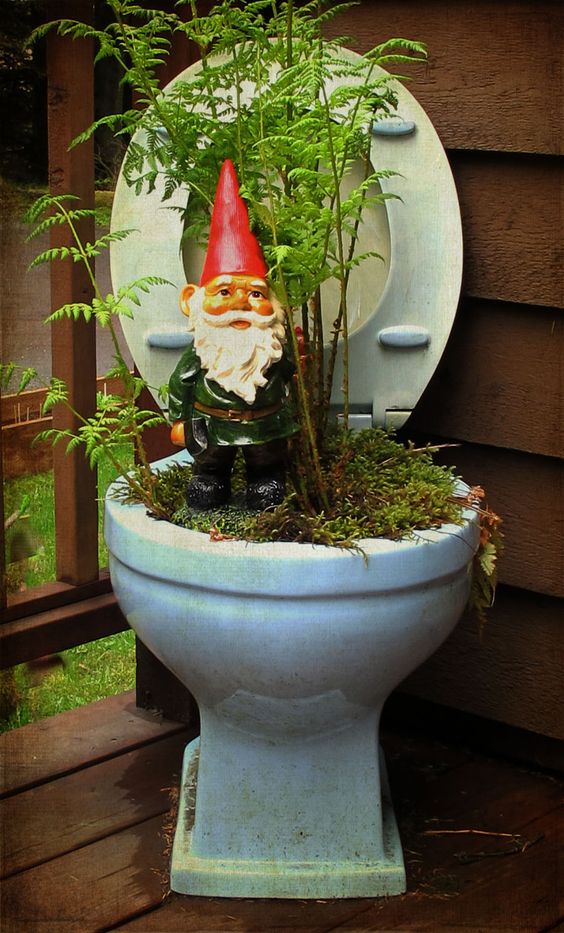
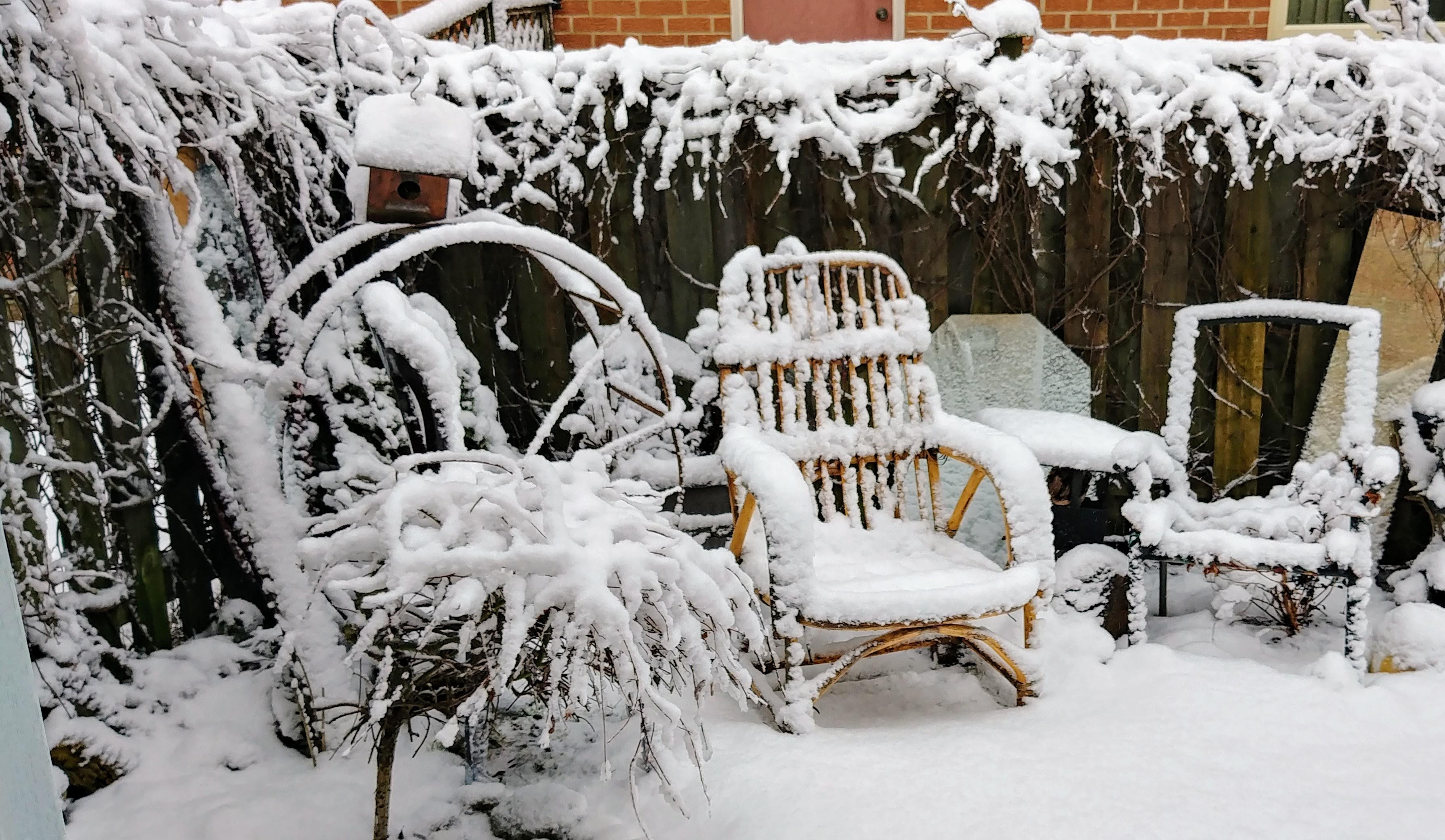
Longing for spring, in spite of this past weekend’s dump of snow.
Dreaming of those long summer days. Of pounding the pavements in running shoes at dawn and sitting out on the deck, reading till the stars come out at night …
Always mindful that there is a fresh purpose for everything. The ugly-useless and despairing-broken — people and things.
Keeping a sharp eye out …
Until next time,


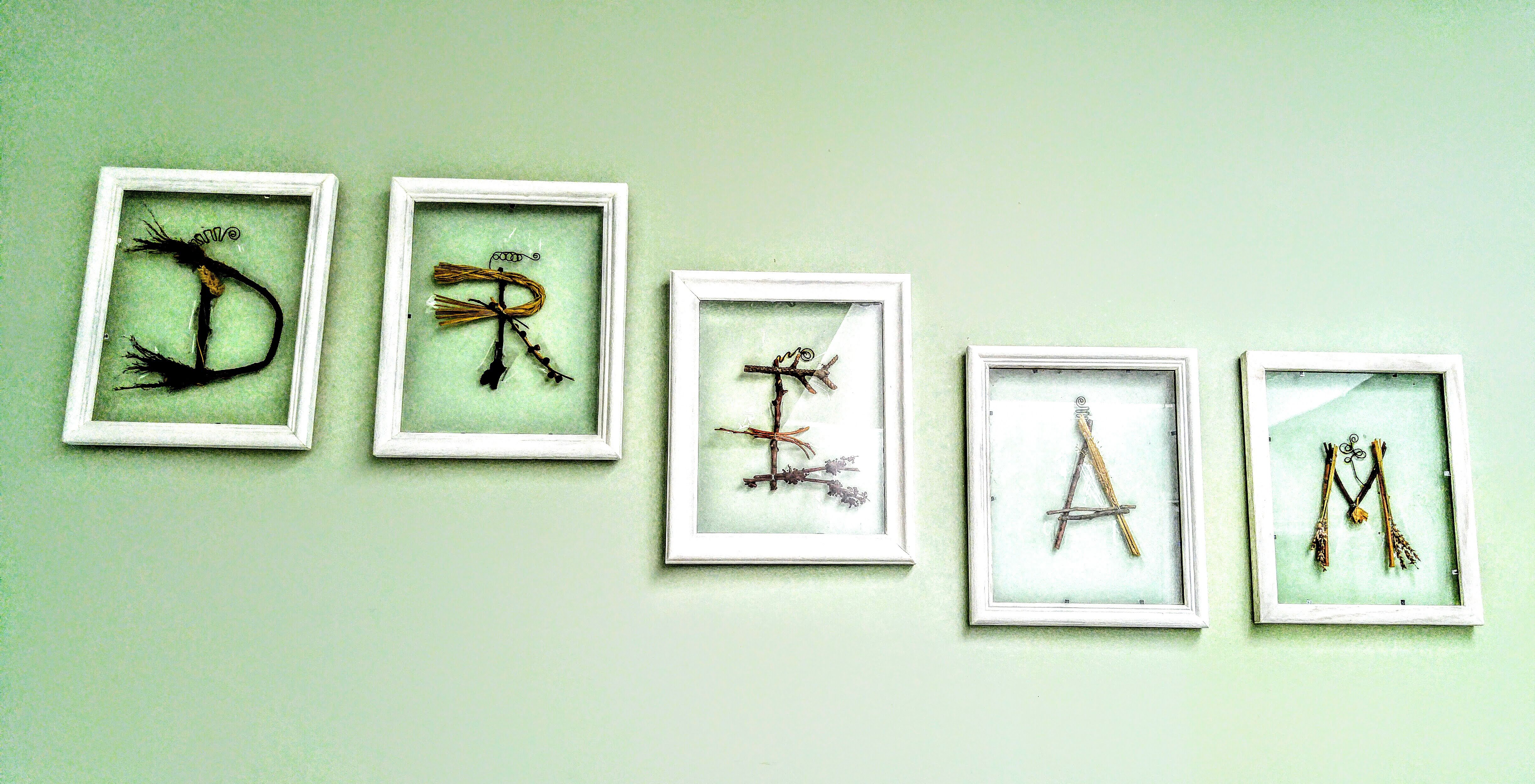
FOLLOW THIS BLOG AND RECEIVE NEW POSTS BY EMAIL: (Go to Follow button below or on side bar or click here)
LIKE THIS AUTHOR’S FACEBOOK PAGE: CLICK HERE
BE A FRIEND AND PASS THIS POST ON. (USE SHARE BUTTONS BELOW.)
Tell Me The Story, Daddy!
“Tell me about Singapore,” I said. “During the war. When you were a child.” Dad set his fork down, a rush of memories spilling into his eyes.

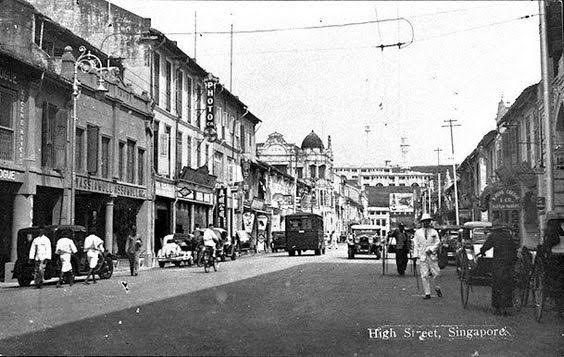
“My father was a radio communications officer. He worked for the British government in Singapore …”
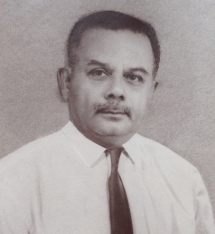

“He was a highly intelligent man, but he had a volatile temper! He was my hero, though it was frightening to live with someone like that. He flew into a rage one day and struck me with the radio wires he was working with. My mother had to apply a hot fomentation on my back for days until the marks subsided. I don’t remember my mother ever cuddling or kissing me. But there was plenty of food. A laden table. She was a good cook. My father was a hospitable man. The house was always filled with people and she fed them gladly.
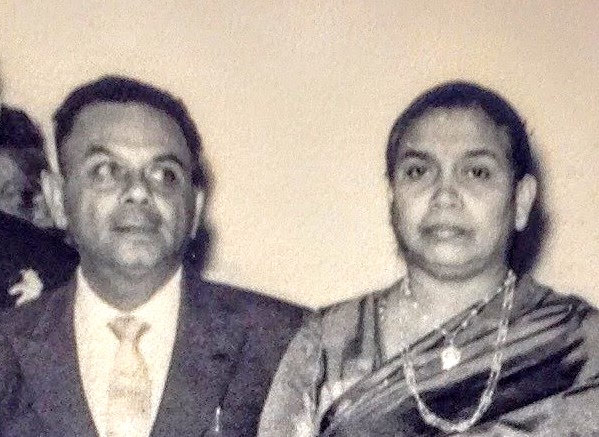
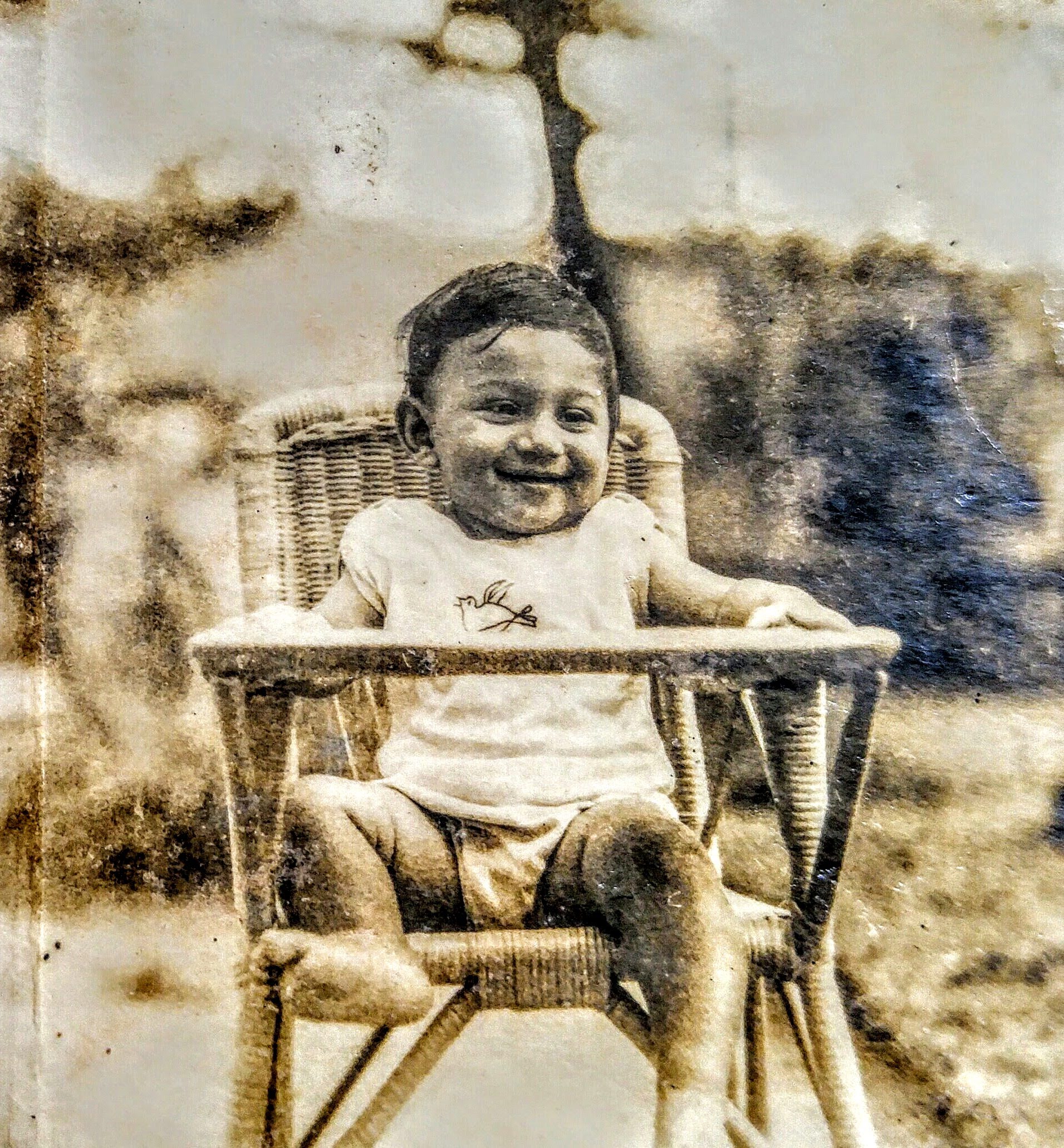
“We lived in a sprawling home on Mount Rosie, surrounded by a large compound. I remember climbing fruit trees and playing for hours outside.”


“The Japanese considered their monarch a god. They worshipped him as such.
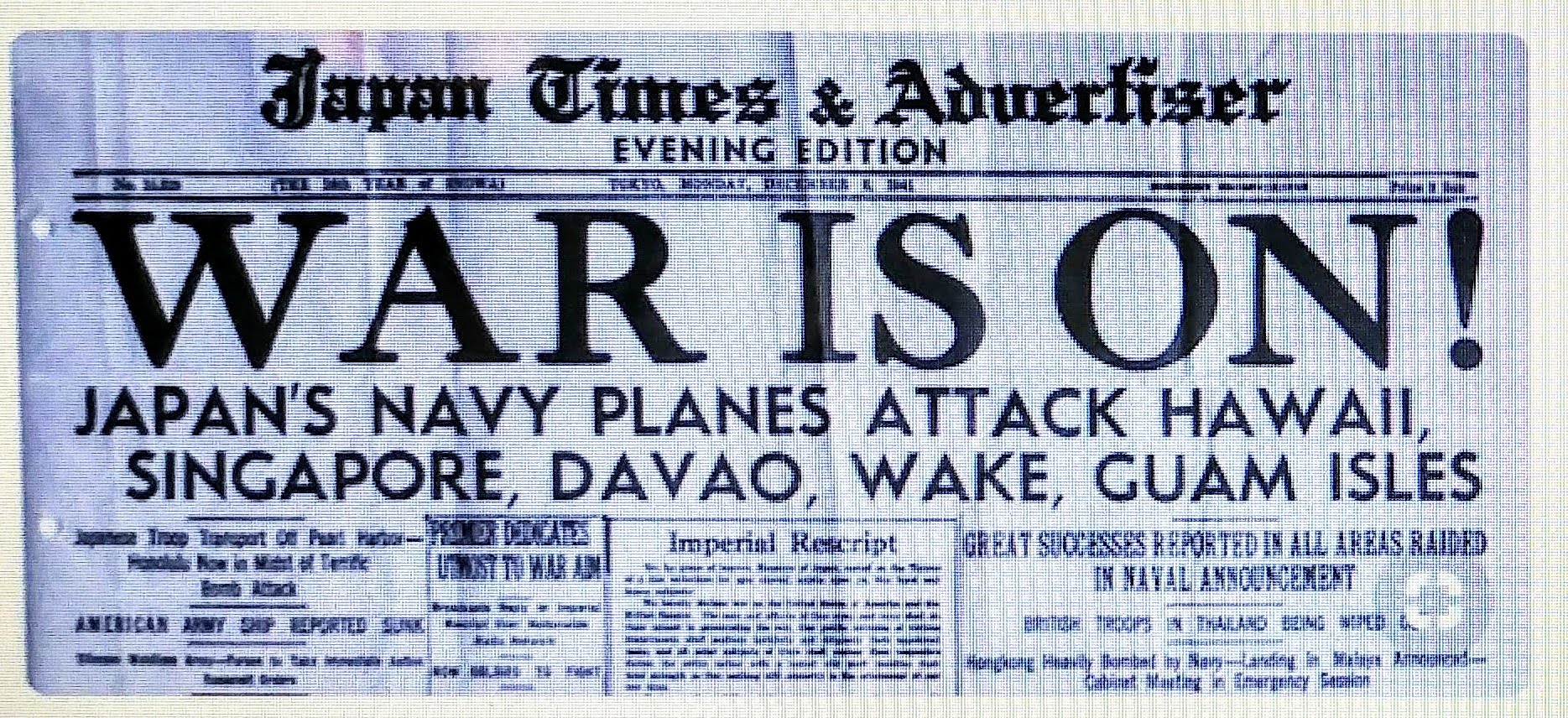
The West was distracted by Hitler and Stalin. It was the perfect time for the Japanese to leap in with their own agenda. They worked their way through the East, carving out an empire …”

“When the Japs bombed Pearl Harbour, the Americans got involved. This was the beginning of the Pacific War.”

“The tanks rolled into Singapore.

Headlines screamed.
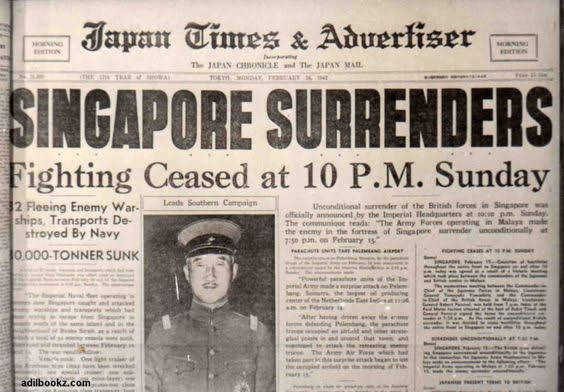
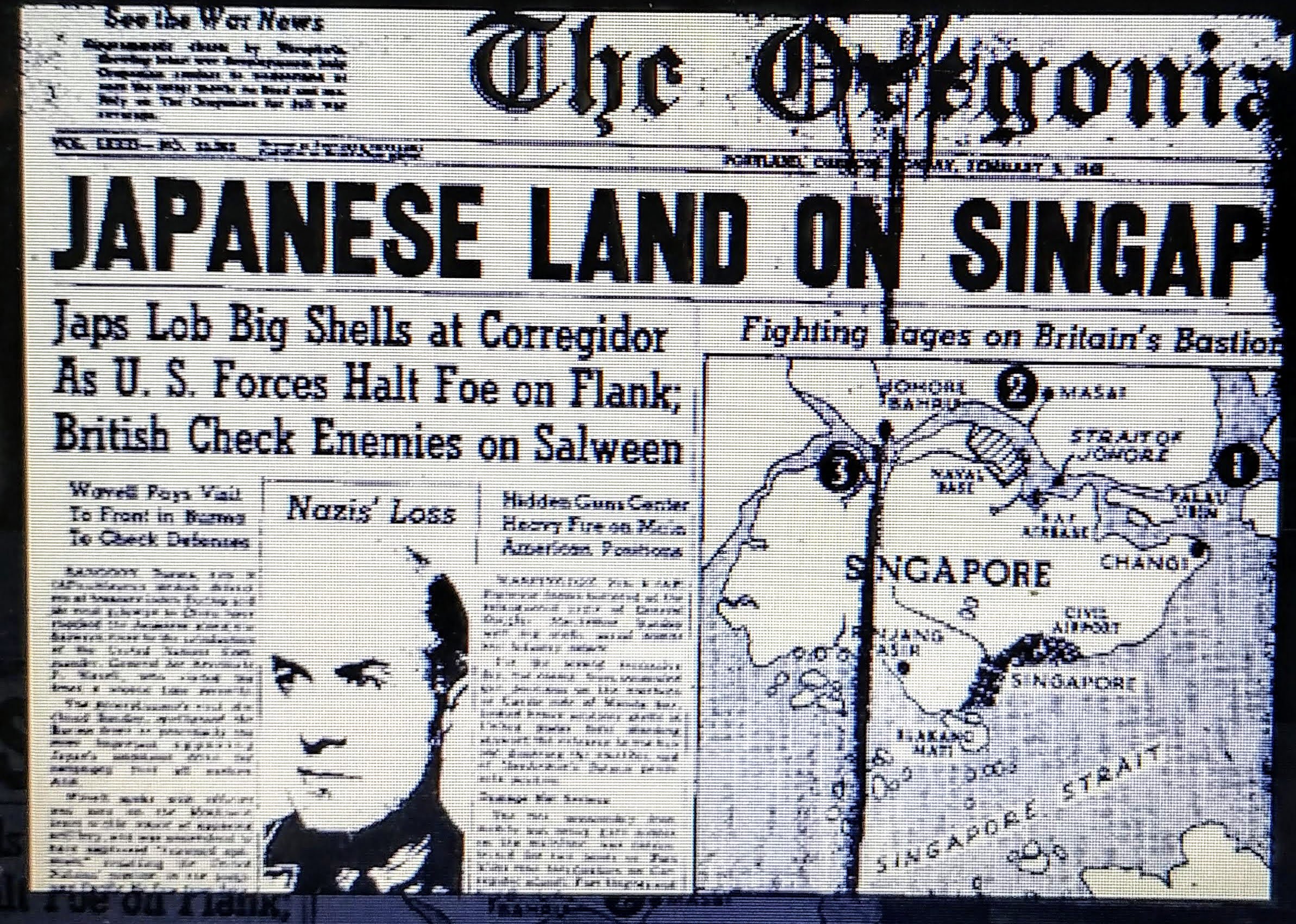
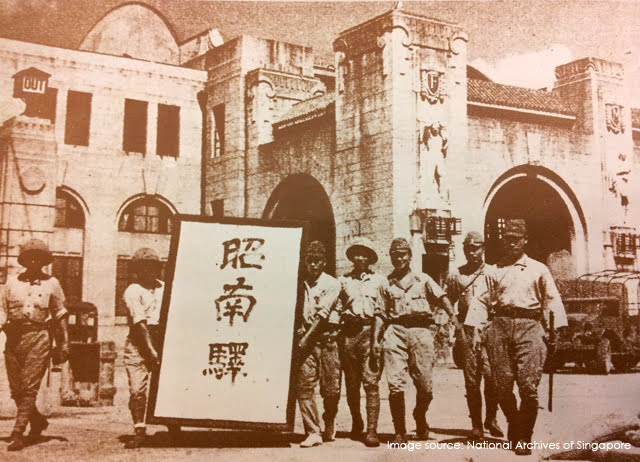
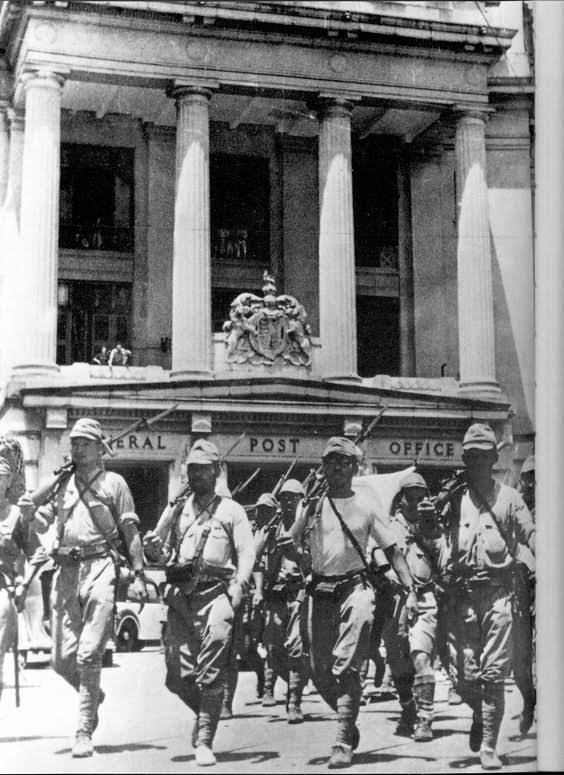
It was one of the worst defeats in British military history …
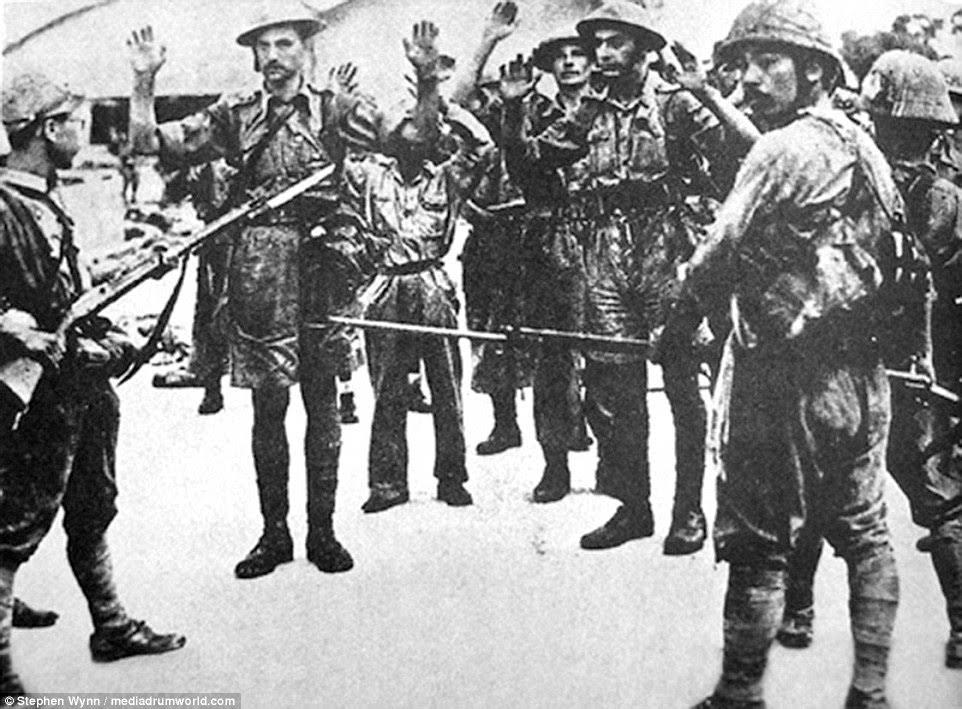

“Pretty much everyone was labelled a traitor. They shipped them off to POW camps. By the thousands.”
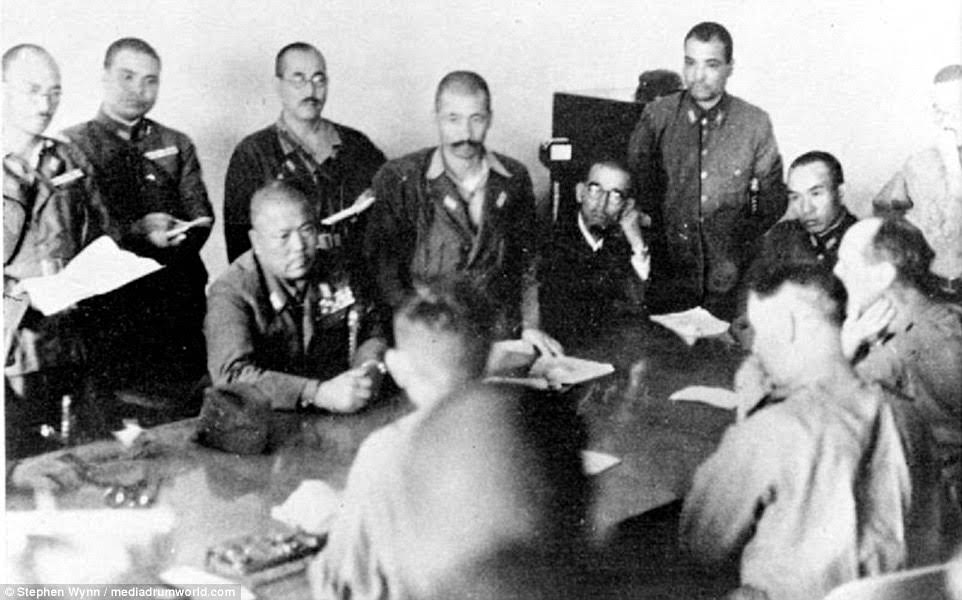
“So how did Grandpa survive, Dad?” I asked. Dad’s tone was matter-of-fact. “My father worked for the Japanese,” he said. My jaw dropped.
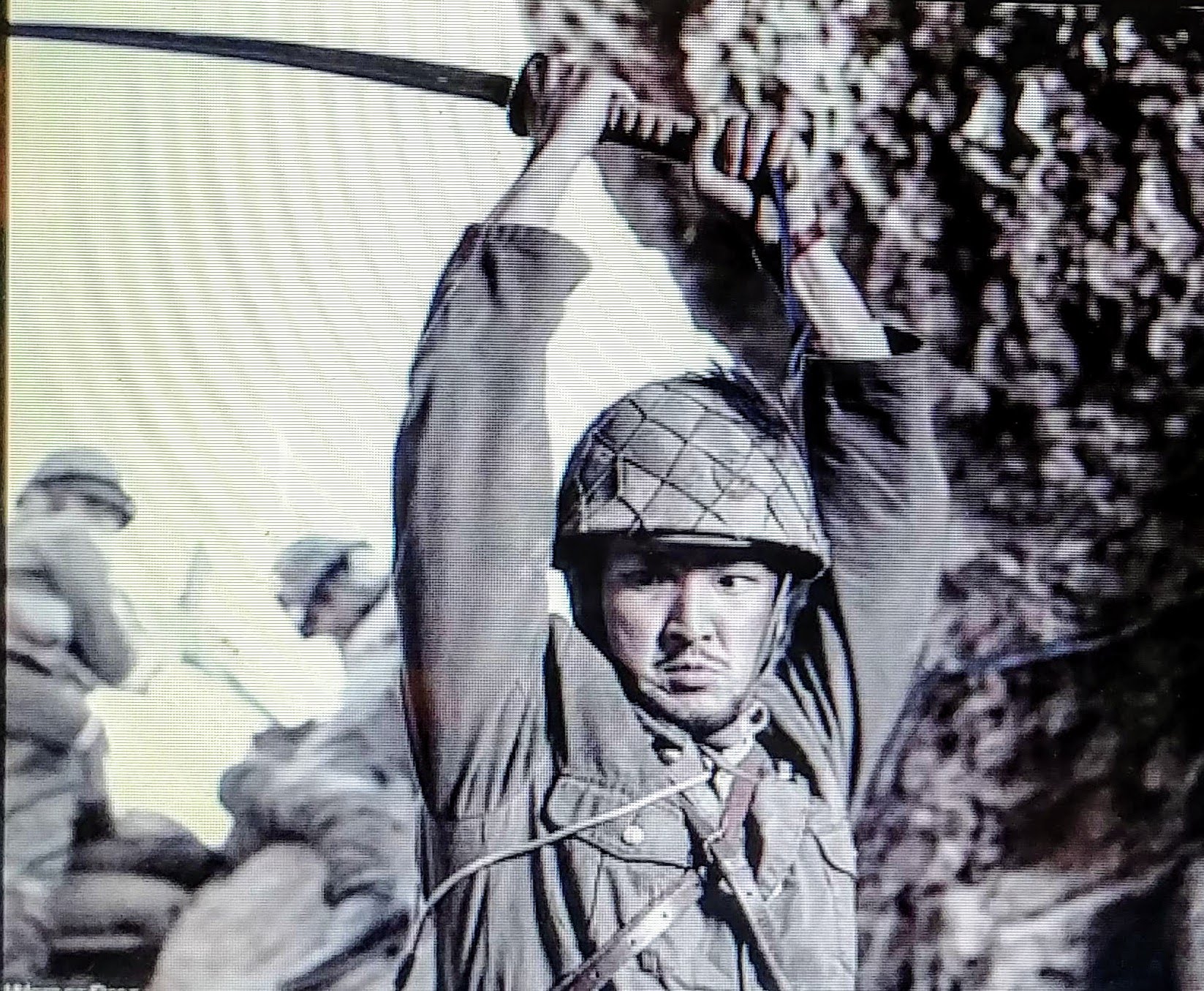
“After the surrender of Singapore, the Japanese generals stood at our doorstep with drawn swords. They threatened to cut off his head if he didn’t work for them. There was no other option.
On our way to school, we’d see rows of traitors’ heads impaled on the walls.”
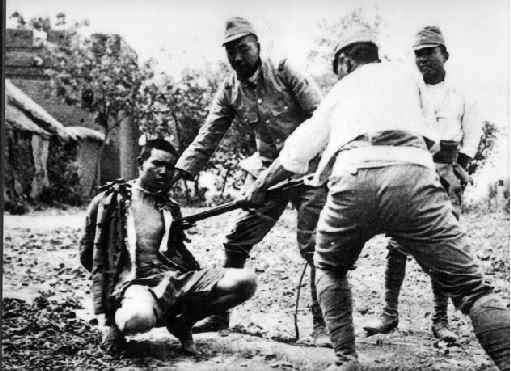

“The Japs began losing ground after America entered the war with a powerful fleet of fighter planes and bombers. I remember them. There were the B-27s, B-23s, B-24s and B-26s.”

The Chinese and Japanese were hostile to each other. If the Chinese had been for the Japanese, the Americans would never have won the war.”

“I remember watching the Japanese bombers flying overhead in formation with anti-aircraft units hot in pursuit.” “The air raid sirens could go off at any time of day and you were supposed to seek shelter immediately in the bunker, under a staircase, or under furniture. Our bunker was in the basement of the house.”
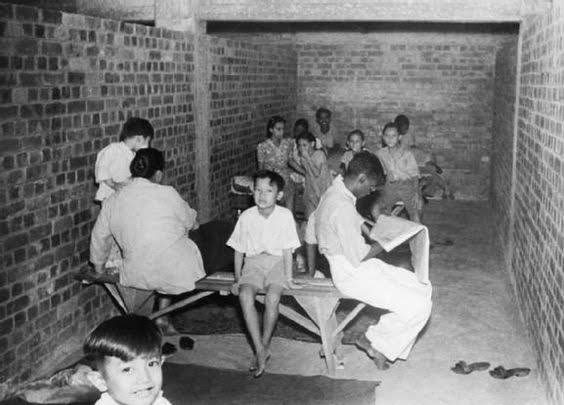
“I remember the dog fights in the air, when the Japanese bombers came in V-formation and the American fighter planes went after them.”
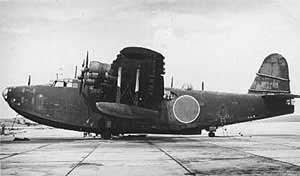
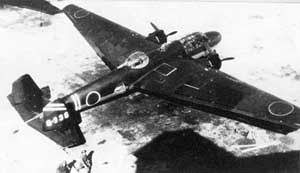



“I stood outside one day and watched as a Japanese plane got shot down. It caught fire and made a nose-dive to the ground. It crashed into our compound, its tail pointing upwards. There was a huge crater in the ground.
After the flames burned out, the gardener ran up. He was an eccentric Indian man. We were all convinced he was mad. He dragged the dead airman out, pulled off his boots and pillaged the corpse. He pocketed the wrist watch and searched for gold fillings in the teeth.
Then I saw the allied planes pass overhead – massive aircraft, gleaming in the sun. You could hear them from miles away.”
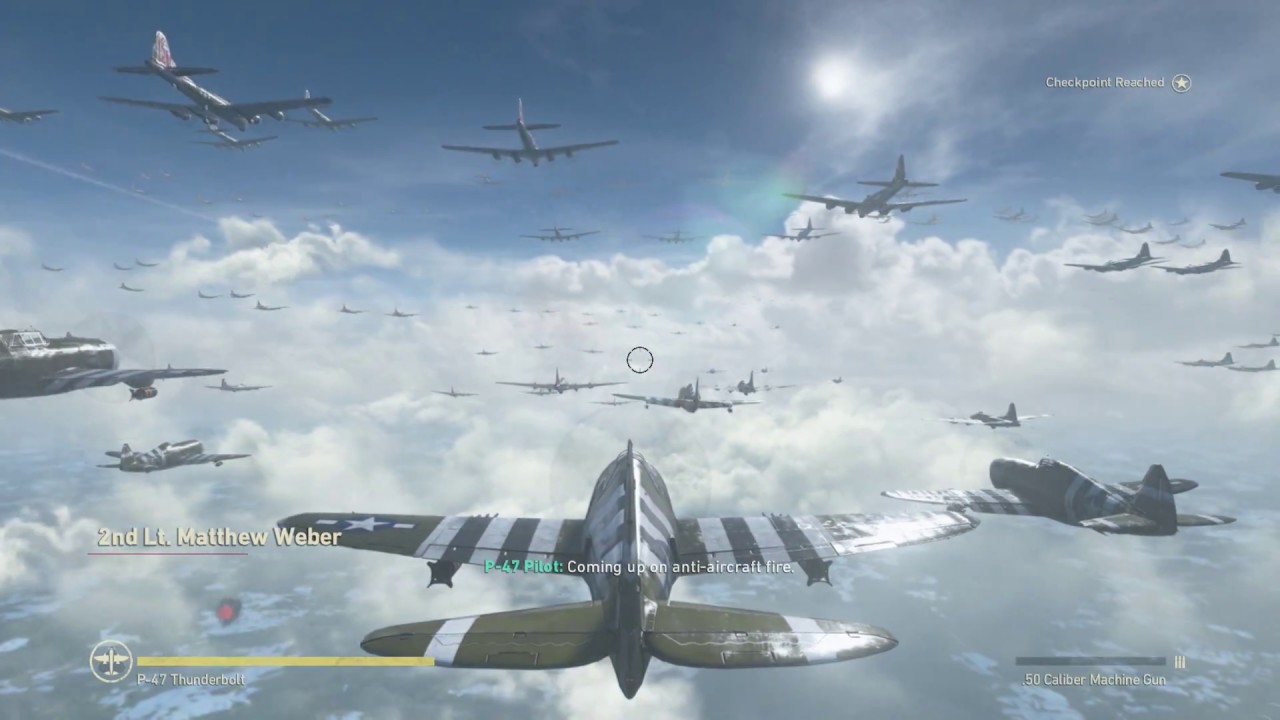
“One day my father was shaving upstairs, when a shell came flying in through the bathroom window and rolled down the staircase. Thank God it didn’t explode. Our home was like a refugee camp for the Ceylon Tamil community – injured boys and girls were brought there. Providentially, Mount Rosie was never bombed.”

“We attended an Anglo-Chinese school. There was a Tamil priest on the teaching staff. The Singaporean teachers were compelled to learn Japanese and then teach it to their students.
Our formal schooling was sporadic through the war years. English was forbidden.
My father taught us in the basement bunker at night.

We had to memorize poetry and I was able to read far beyond my years.
I remember reciting The boy
stood on the burning deck …
The Japanese soldiers had funny uniforms – long, long khaki shorts and hats with elongations at the back from the brims, covering their necks.”
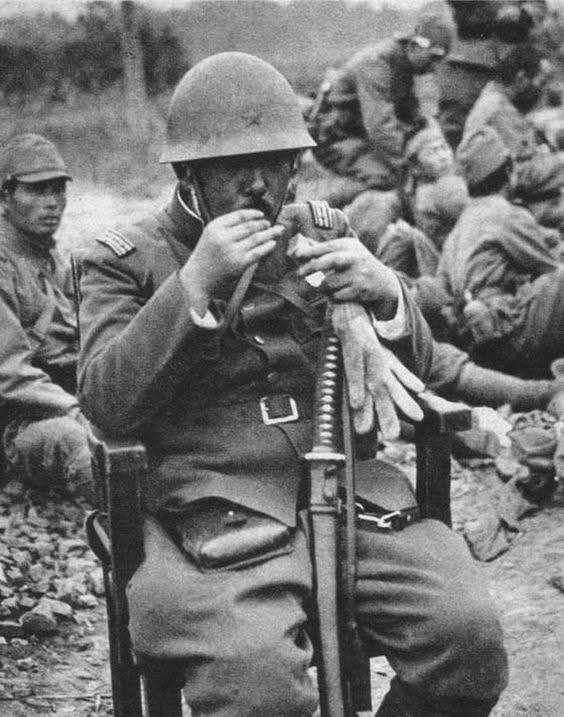
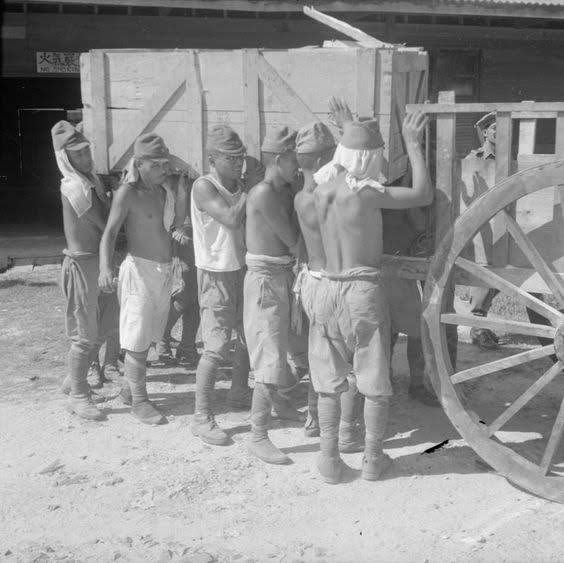
“The officers wore white shirt, khaki jacket and leather boots. I remember coming down the hill, one particular day, where the school was situated. There were steps going up the hill to the school building. The students were all lined up on either side of the road to greet and wave flags at visiting Japanese army dignitaries. They came in a convoy of lorries and military vehicles. A boy standing across the street called out to me. Without thinking, I dashed across the road to reach him, cutting through the oncoming parade. A lorry hit me and I was knocked unconscious. They drove on. They didn’t stop. The entire convoy passed over me.
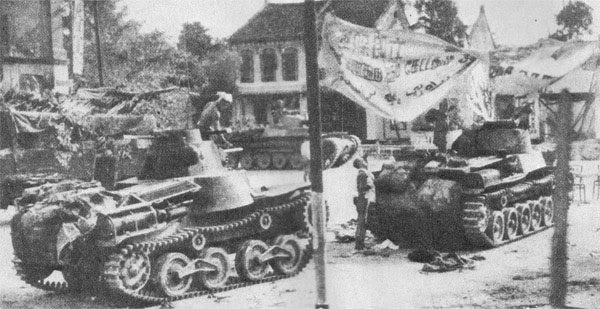
When the parade was done, the Tamil priest — the teacher from my school – picked me up and took me to the government hospital. Miraculously, there was no serious injury and I recovered.” “How old were you, Dad?” I queried. “I must have been about 7 or 8.” “That was nothing short of divine providence,” I commented. Dad nodded. “Yes,” he said. “And I used to collect all the shells and metal fragments I found lying around. That was my hobby.”

“My mother carried her jewellery in a pouch tied around her waist, under her saree. She finally buried it all outside in the garden. When the war was over she wasn’t able to find the spot to dig it back up.” “You mean she lost all her jewellery?” I asked. Dad shrugged. “Many people buried their valuables and never found them again.” “The Americans bombed Singapore before the Japs surrendered. I remember Singapore harbour up in flames.”

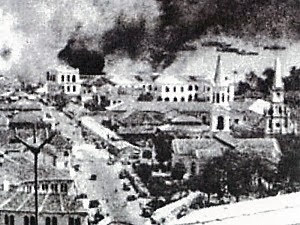
D-Day came and the Germans surrendered, but the Japanese hung on until the American bombings of Nagasaki and Hiroshima. That was when they finally gave in.

“Japan would never had surrendered if not for the atom bomb. America was the only nuclear power in the world at the time. The bombs were dropped two days apart.”


My father had a radio hidden in the basement. He tuned in at night to listen to the BBC news. There was no other way of knowing how the war was progressing. Suddenly one day, the war was over. Everything fell silent. The Japanese forces vanished.
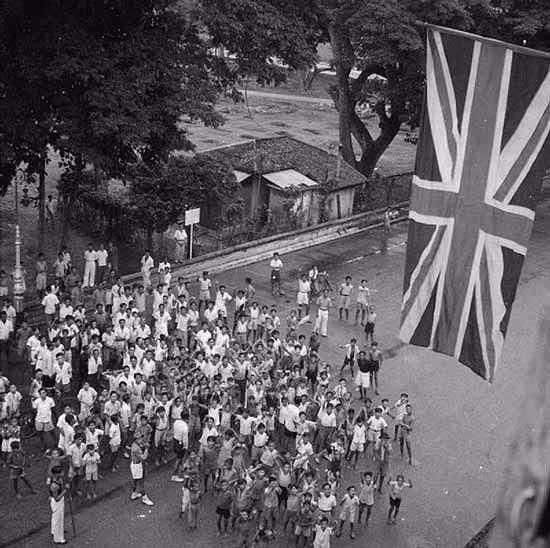

“A Ceylonese Burgher gentleman who was a friend of my father’s – his name was Mr. Garth, an educated man, slightly brownish in complexion — ended up in a Japanese POW camp. After we knew for sure that the war was over, my father took me with him to the POW camp. I remember sitting in the car as we drove there. The camp was a place of the living dead. Men, women and children had been starved and made to do hard labour. We found Mr. Garth. He had been a prisoner for four years. He was plain skin and bones. We brought him back home. My mother had cooked a good meal and set it on the table. Mr. Garth sat and stared at the food for quite awhile. Then he ate slowly, savouring every mouthful. He saved the boiled egg for the last.”
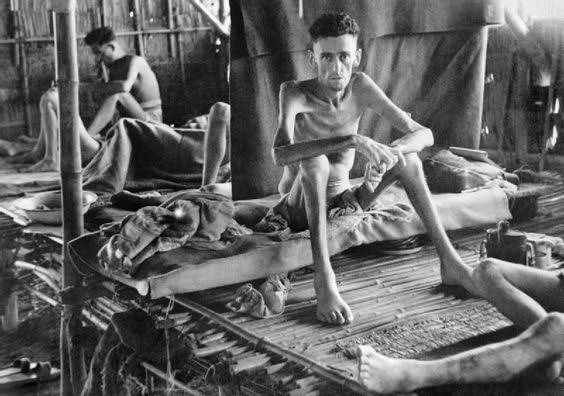
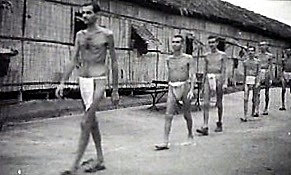
The war ended in September 1945.


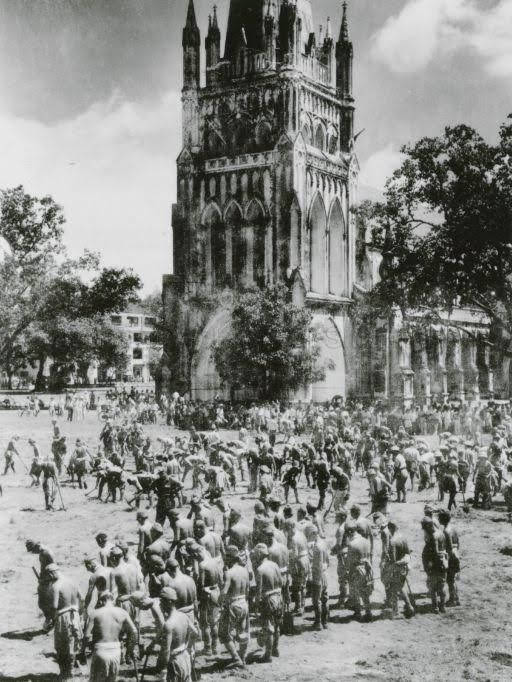

“The British returned. Many Ceylon Tamils who lived in Burma had walked to South India to escape the invasion. They were found and rescued. Everything was in a mess. A new administrative system had to be set up. All residents of Singapore had to get their British citizenship renewed. Those who were not originally from Singapore were given the option of staying or receiving a free passage back to the country of their birth. Mother wanted to stay, but Father had no choice. He had worked for the Japanese during the war years and was declared a traitor to the British Empire. His name was on a formal list of Traitors To The Empire that appeared in the newspapers directly after the war ended. The British arranged for our repatriation. We travelled in a massive ship which had been used as a troop carrier during the war. It was called the SS Arundel Castle.”

Our passage was paid and they provided us with clothing and food. With a load of over one thousand passengers – all Ceylon Tamils – the vessel set sail soon after the war was over. The voyage lasted five to six days before we docked at Colombo harbour. I remember being loaded onto a boat and coming ashore, where there was a big reception committee awaiting the home-comers.
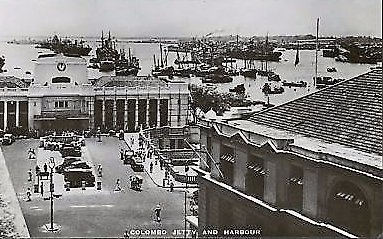
My mother’s sister’s daughter — my cousin, Mabel — came to meet us at the dock. We slept the night at her home in Maradana and caught the train to Batticoloa the next day.”



At breakfast the next morning, a heavy-eyed Dad informed me that he hadn’t had much sleep the previous night. “The horrible scenes kept playing in my head,” he said. I picked another subject for that evening’s conversation.
A year and a half in later, after the birth of his youngest child — a son — Grandpa James returned to Singapore. He approached the British authorities in anticipation of being reinstated into his former civil service post. Representatives of His Majesty’s government grimly reminded my grandfather that his name was etched on the infamous traitor list. They concurred that Grandpa’s only other choice would have led to the instant annihilation of himself and his young family. They graciously granted him a pension for his service to the British Empire. Then they showed him the door. Grandpa sailed back to his native Ceylon. He disembarked at the port of Colombo and rode the railway back to Batticoloa in the east, where his wife had inherited extensive acreages of profitable paddy land.
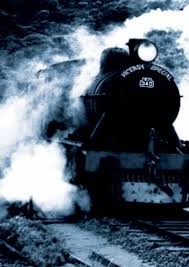
The new baby symbolized the end of an era in their lives. Old dreams dead and buried, life commenced anew and in earnest. The three youngsters, foreigners in the land of their parents’ birth, were constrained to learn a fifth language. English, Malay, Chinese, Japanese and now … Tamil.
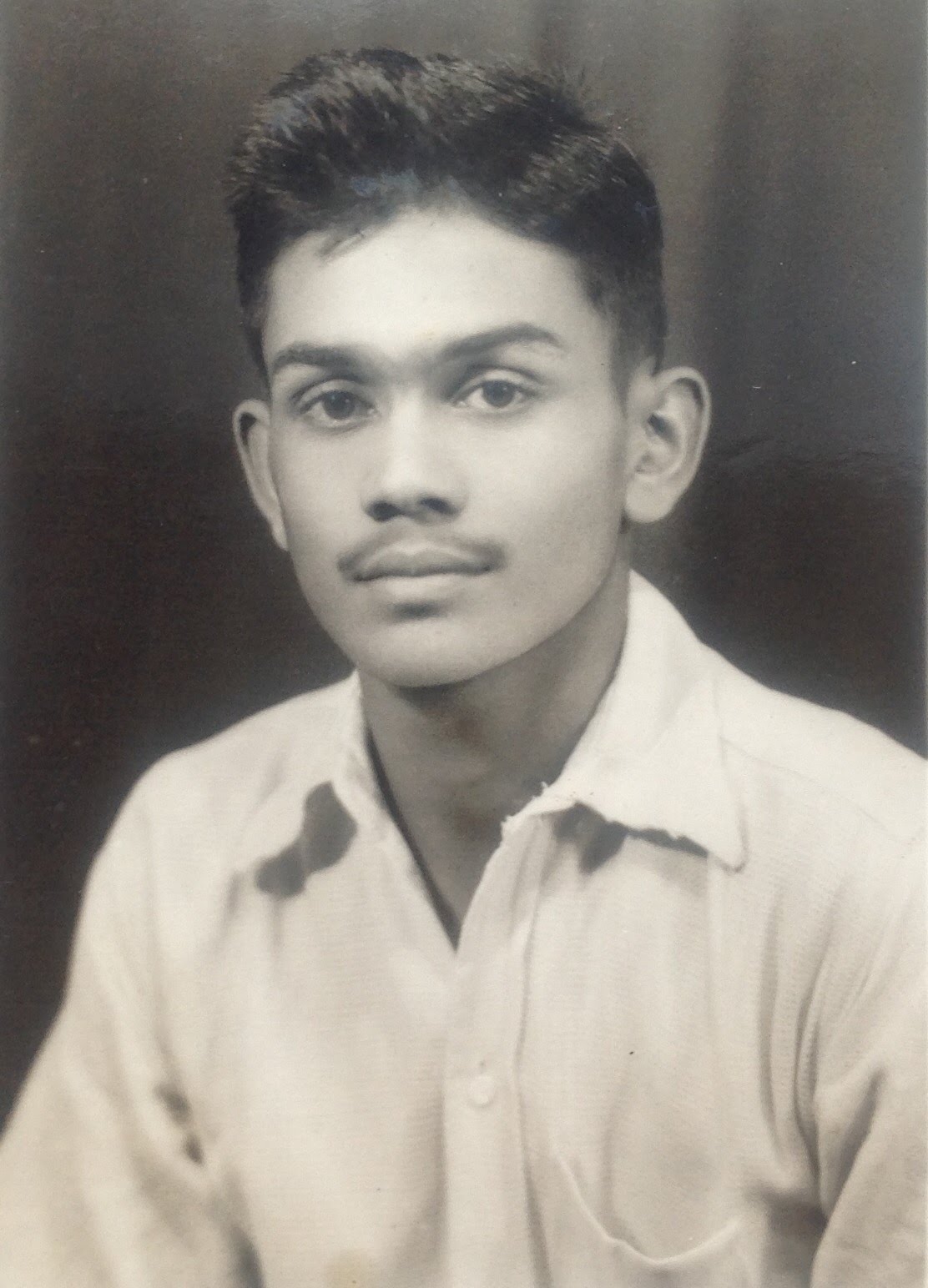
If Grandpa was granted his pardon, if Granny obtained her heart’s desire, Dad wouldn’t have met Mum and allied himself with a new country and people. And I wouldn’t be here to tell the tale.

An interesting thought which strengthens my conviction in the knowledge that life is directed by an unseen hand that masterfully orchestrates circumstances in such a manner as to bring an undeniable destiny to pass.
Until next time,

P.S. Dad meets his bride in Matchmaker, Matchaker! (click here)
FOLLOW THIS BLOG (Go to Follow button below or on side bar or click here)
LIKE THIS AUTHOR’S FACEBOOK PAGE: CLICK HERE
Click here to check out the new novel, Thursdays With Harold 
Be a friend and pass this post on. (See buttons below.)
Widow’s Dilemma: Our Present Past (2)
Click here to read Our Present Past (1)
Life changed with the grisly demise of her husband, Vethanayagam Subramaniam Samuel. In ways Mary Chellamma never imagined. The breadwinner struck down in his prime, she was left alone to raise month-old twins amongst six young children. There was neither time, nor expertise to tend the land which was the family’s only source of income.
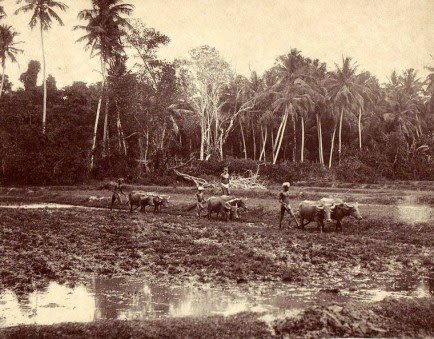
Mary turned in desperation to her brother-in-law, her husband’s brother, who cultivated rice and raised cattle on the adjoining property. He agreed to take on the management of her farm. Mary was relieved to be rid of the burden.
Blood is thicker than water, after all, and they were neighbours …
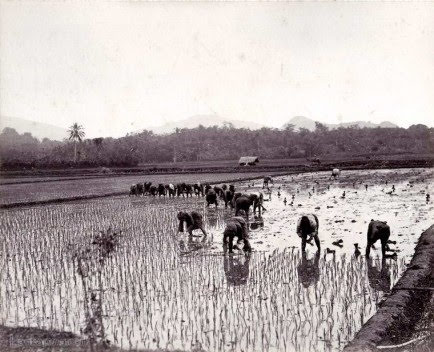
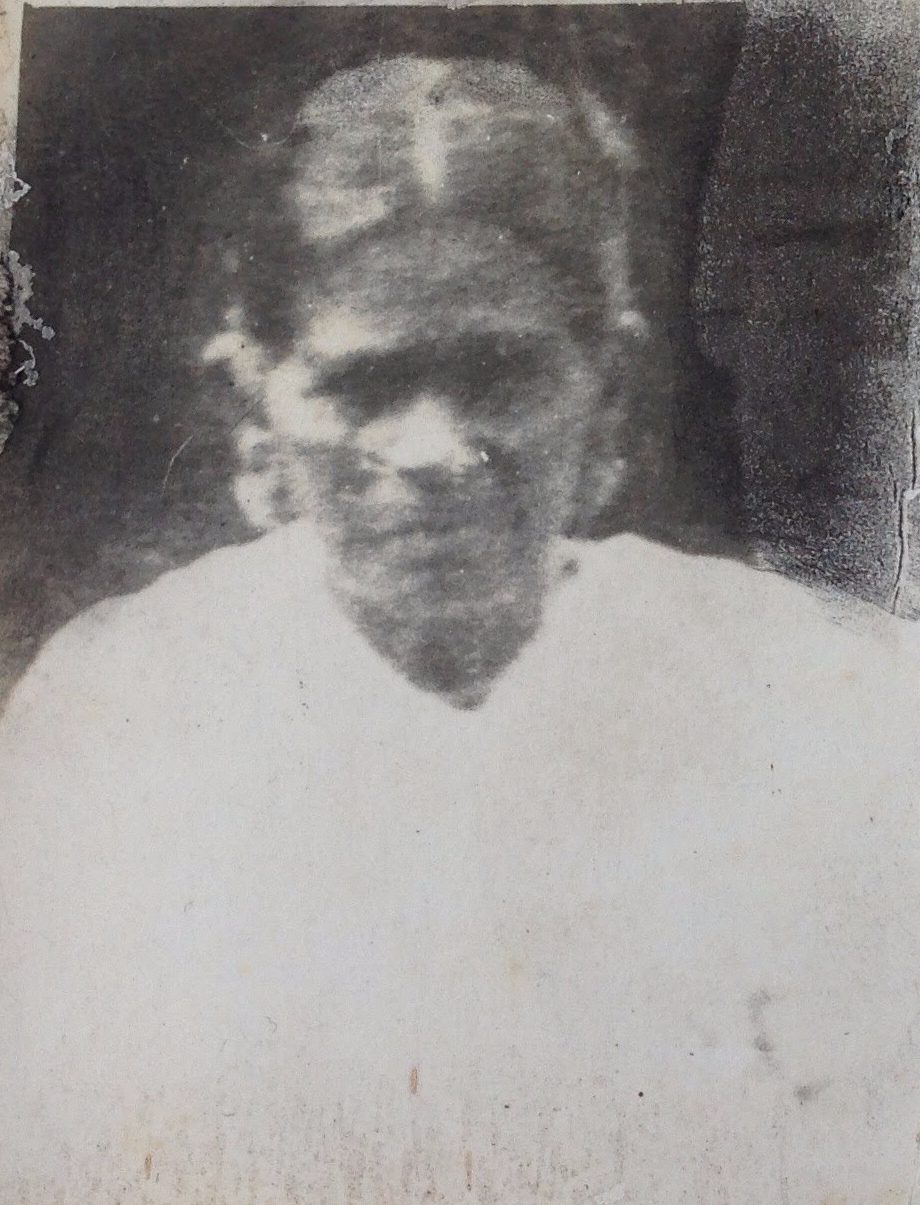
Harriet (Theivanei) Danvers – Mary’s mother, the children’s maternal grandmother – a widow herself, lived in her own home, a stone’s throw away. This pious woman was a bottomless reservoir of strength.
The late nineteenth and early twentieth centuries saw evangelical activity at its height in northern Ceylon. The numerous schools and hospitals in the region bore witness to the presence and commitment of the American and British missionaries. Mary Chellammah, a young woman still, found employment with the CMS Missionaries in the area, who offered her a position as nurse’s aide at the local missions hospital.
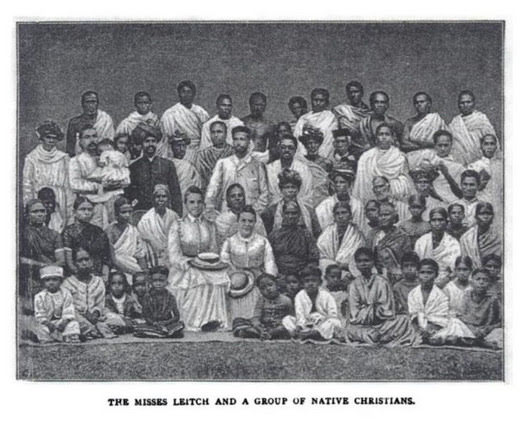


Disaster struck again. Neighbour-brother-in-law turned perfidious predator and assumed ownership of the widow’s property. By unscrupulous means he had changes were made to the the title deeds and the cattle were re-branded accordingly.
Grandma Harriet – Paatti to the little ones – was a woman of prayer and unshakeable faith. She was known to sit in her house for hours by herself, lost in prayer. Her hands one upon the other, palms facing heavenwards, she pleaded with tears for heaven’s favour.

Subramaniam Vethanayagam (S.V.) Chelliah, her oldest grandson, looked in through an open window one day, and heard the old lady praying out loud in Tamil: “Heavenly Father, what am I to do about these children? Open the windows of heaven and bless them, I pray.” (“Aandavaney, intha sinna kulanthaihalodu naan enne seivan? Vaananthin palahanhelai thiranthu intha chiruvarhalai aasirwathiyum.”)
Irreverently tickled by the pious woman’s fervour, Chelliah summoned his brothers and sisters to witness the peep-show. The amused youngsters gawked at their grandmother while she made her petition to the unseen Almighty.
“Look at how her hands are open and reaching upwards,” he snorted with laughter. “She’s waiting for heaven to open and blessings to fall into them.”
The yield from the land continued to be purloined by the greedy uncle. Mary and her little ones lived in a home, which, according to the doctored deeds, was theirs no more.
Life was a struggle.
The stuff that ugly fairy tales are made of …
When the twins – Solomon and Anna – were six years old, Mary Chellammah took ill and was confined to her bed. Grandma Harriet, who carried on as best she could, was out of earshot when young Chelliah complained, “The food is not good (chaapadu chari illai).”
“Be patient, my son,” his ailing mother urged. “I’ll be up and about to cook tasty meals for my children (porungo rasa, naan elumbitu wanthu, nalai chamaichchu kudukiren pillaihalukku)”
Mary was unable to keep her promise. Fate struck another foul blow when she succumbed to her illness and died a short while later. The six fatherless offspring of Vethanayagam Subramaniam Samuel were now orphans.
Grandma Harriet was left to raise the children on her own.
The children became unofficial wards of the Anglican Church.
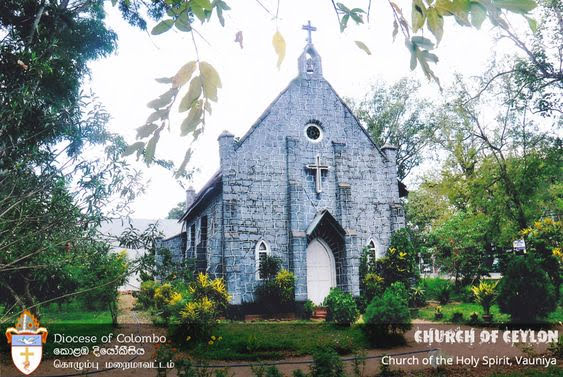
Elizabeth Thangamma, who showed no particular interest in academic learning, was constrained to give up her schooling in order to remain at home and help cook and care for her siblings.
The boys were fostered out to benevolent families in Jaffna, sixty miles north of Vavuniya. The providential intervention of the church enabled them to continue their education at the reputed CMS Missions boys’ school, St. John’s College , Chundikuli (Jaffna).
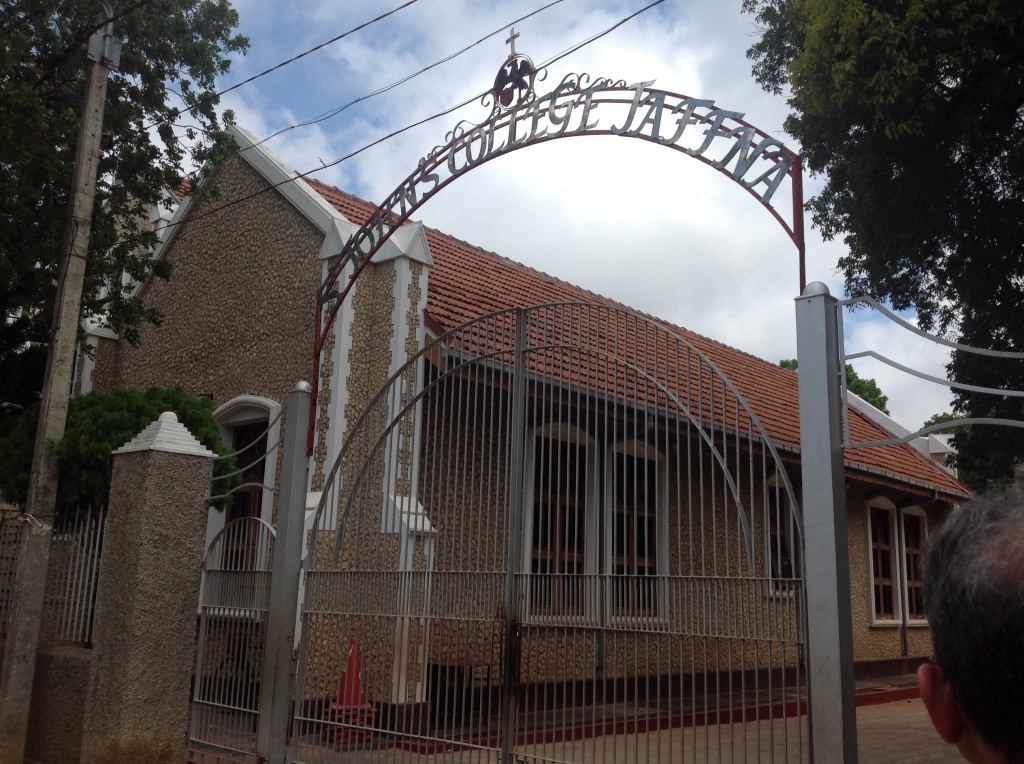
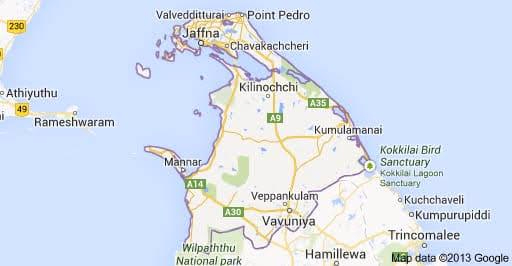
On Shadrack Chinniah’s twelfth birthday he received a letter from his grandmother (who remained in Vavuniya with his sisters), mailed to his new address in Jaffna. The single sheet of notepaper was laced with weighty words of blessing written in the Tamil language.
Granny wrote: May you, little one, go from strength to strength, and become a millionaire (Chinnavan aigiramum siriyavan palaththa seemanum aavaan).
This birthday proved to be a milestone marking the end of Shadrach’s formal schooling. He bade farewell to Saint John’s College where he learned to read, write and speak with the polish and ability of a highly educated individual. His dreams lay beyond the confines of the arid northern province, far away in the colonial metropolis of Colombo.
The landscape shifted from dusty-dry to lush-verdant as the tracks snaked inland and the train rattled on its way, two hundred miles down to the capital city in the south of Ceylon.
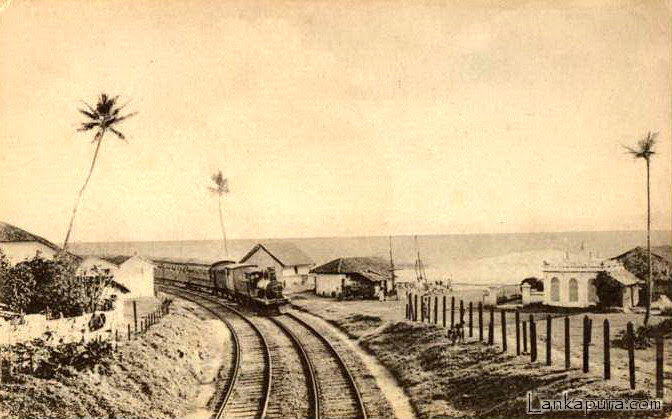
In his shirt pocket, pressed to his heart, was the precious birthday letter.
The memory of his mother grazed his thoughts. The grim ghost of his uncle’s unthinkable actions haunted these quiet moments.
Shadrach pressed his face to the train window. Coconut-thatch huts and green fields flew by.
The new life beckoned. World War I was still to come
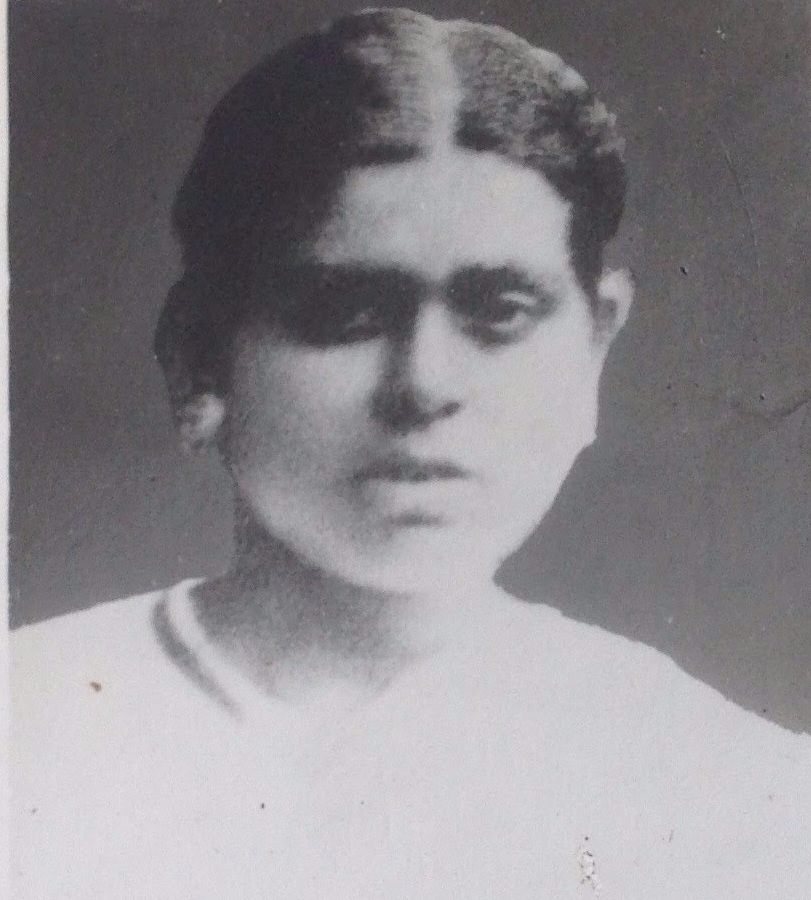
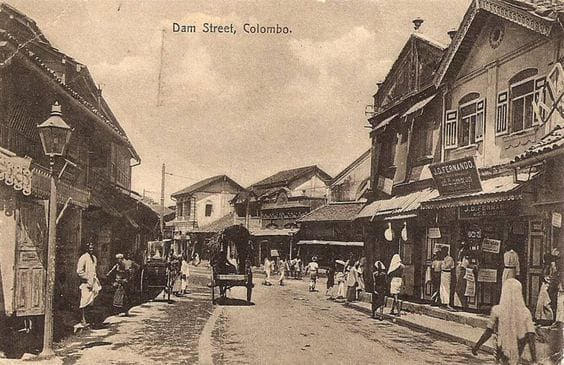
(Click here to read Our Present Past 3: Anna Goes To School)
……………………………………………………………………………………………………………………………………………..
Geneology of the Danvers and Samuel lines
Danvers family line –
* Kanthar married Thangam and had 4 children – 2 sons and 2 daughters (Circa 1790)
* Their son, Kathirgamar Danvers (born 1809) married Anna Saveriyal.
* Kathirgamar and Anna Danvers had 7 (8 ?) children – only 1 daughter
David, Jane, Daniel, Gabriel, Samuel, Solomon & Joseph.
* David Danvers married Harriet Theivanai
* David and Harriet Danvers had 3 children, all daughters.
Mary Chellammah, Elizabeth Annamma & Rebecca Ponnamma
* Mary Chellammah Danvers married Subramanium Vethanayagam Samuel
* Mary Chellammah Danvers and Subramaniam Vethanayagam Samuel had 3 sons and 3 daughters –
Sarah Chinnamah, Subramaniam Vethanayagam Chelliah, Shadrack Chinniah, Elizabeth Thangamma , Solomon Chinniah and Anna Chinnathangam
*Elizabeth Annamma Danvers married Jacob Arumainyayagam
*Rebecca Ponnama Danvers married Samuel Alfred Chelladurai Perinpanayagam
* Rebecca Ponnamma Danvers and Samuel Alfred Chelladurai Perinpanayagam had 2 sons –
Stephen Edgar Rasasingham and George Walter Kulasingham
Samuel family line –
Illanganayagar Udaiyar of Kaithady – Vethanayagam married: Seeniachi of Urumpirai
They had 6 daughters and 3 sons which included
* Subramanium Vethanayagam Samuel who married Mary Chellammah Danvers
&
Thangam Vethanayagam who married Solomon Danvers (Son of Kathirgamar Danvers and Anna see above)
(From the archives of the late S.E.R. Perinpanayagam, courtesy Eric and Tim Perinpanayagam)
…………………………………………………………………………………………………………………………
FOLLOW THIS BLOG TO RECEIVE NEW POSTS (Go to Follow button below or on side bar or click here)
Like this author’s Facebook page: Click here CLICK HERE
Click here for Thursdays With Harold, a new novel by Selina Stambi.
Our Present Past (1)
“So what do you want to know?” she enquired.
“Everything,” I replied.
She chuckled. “Okay. How much information do you have already?”
“Bits and pieces. There’s a newspaper clipping …”
“What does it say?”
“According to Rev. Donald Kanagaratnam who wrote an article which was published in the Morning Star, a young man named Kadirgamar Danvers from Tellipalai was baptized into the Christian faith in 1835. The villagers, angered by the conversion, burned the local church down. Danvers fled to the village of Panditherruppu, where he met and married Anna Saveriyal.”
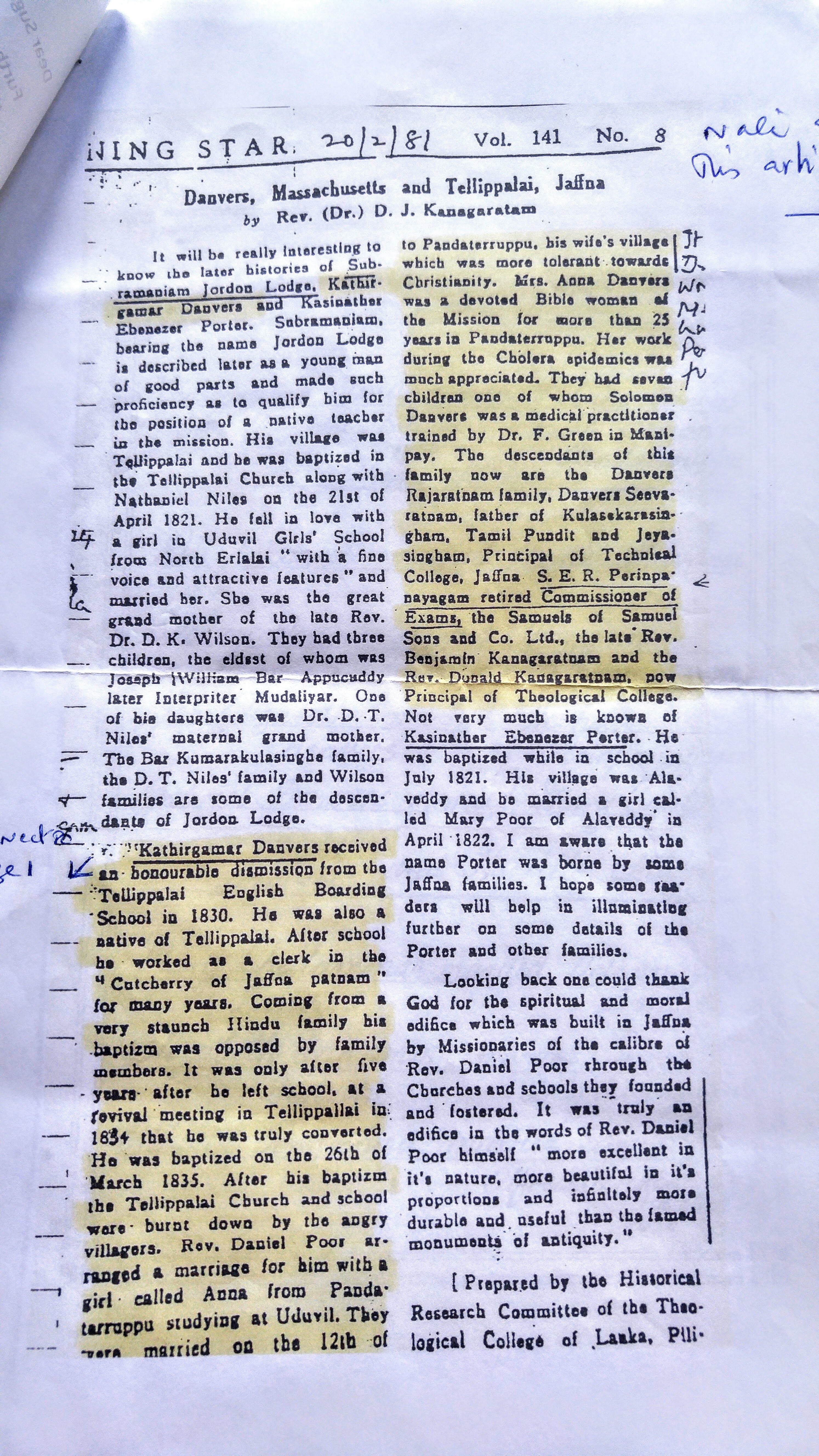
“There was a lot of missionary activity in Panditherruppu at the time. They were more tolerant towards the converts,” she explained.![]()
![]()
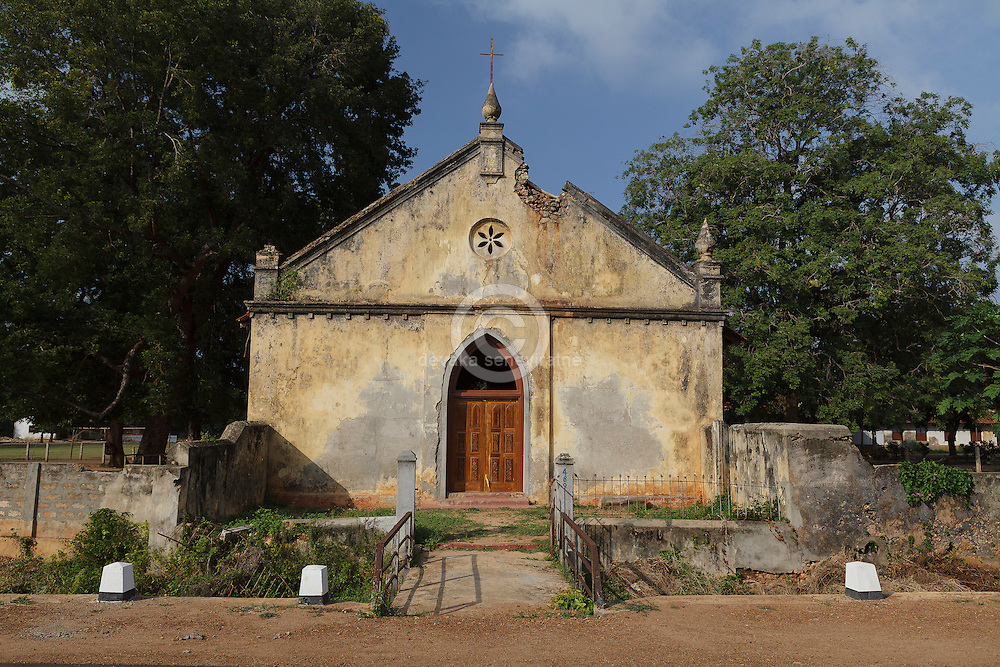
“According to Rev. Canagaratnam, Kadirgamar Danvers and Anna had seven children. One of them was Solomon Danvers,who trained as a medical practitioner under the famous Dr. Green of Manipay. An old Bible geneology that came into my possession recently, makes mention of only four offspring.”
The children of Kadirgamar and Anna Danvers (as recorded in the Bible of Solomon Samuel, their great grandson) –
- David Danvers (married Harriet Theivanei)
- Solomon Danvers (married Thangam Vethanayagam)
- Jane Elizabeth Danvers (married Joshua Perinpanayagam)
- Gabriel Danvers (married Mary Santiago)
David Danvers (son of Kadirgamar and Anna) married Harriet Theivanei.


The children of David and Harriet Danvers –
- Mary Chellammah Danvers (married Vethanayagam Samuel)
- Elizabeth Annamma Danvers (married Jacob Arumainayagam)
- Rebecca Ponnamma Danvers (married Samuel Alfred Perinpanayagam)
“Mary Chellammah married Vethanayagam Samuel, who was your great grandfather,” she said. “Her sister, Rebecca Ponnamma, married Samuel Alfred Perinpanayagam. Samuel Alfred’s father was Joshua Perinpanayagam, who married Jane Elizabeth Danvers, (the daughter of Kadirgamar and Anna), David Danvers’ sister.”
My head begins to swim in a muddle of recurring last names …
“Ah … so that’s the Perinpanayagam connection. And Rebecca Ponnamma Danvers and Samuel Alfred Perinpanayagam were first cousins,” I commented. “There’s a connection to the Newtons, too, I noticed …”

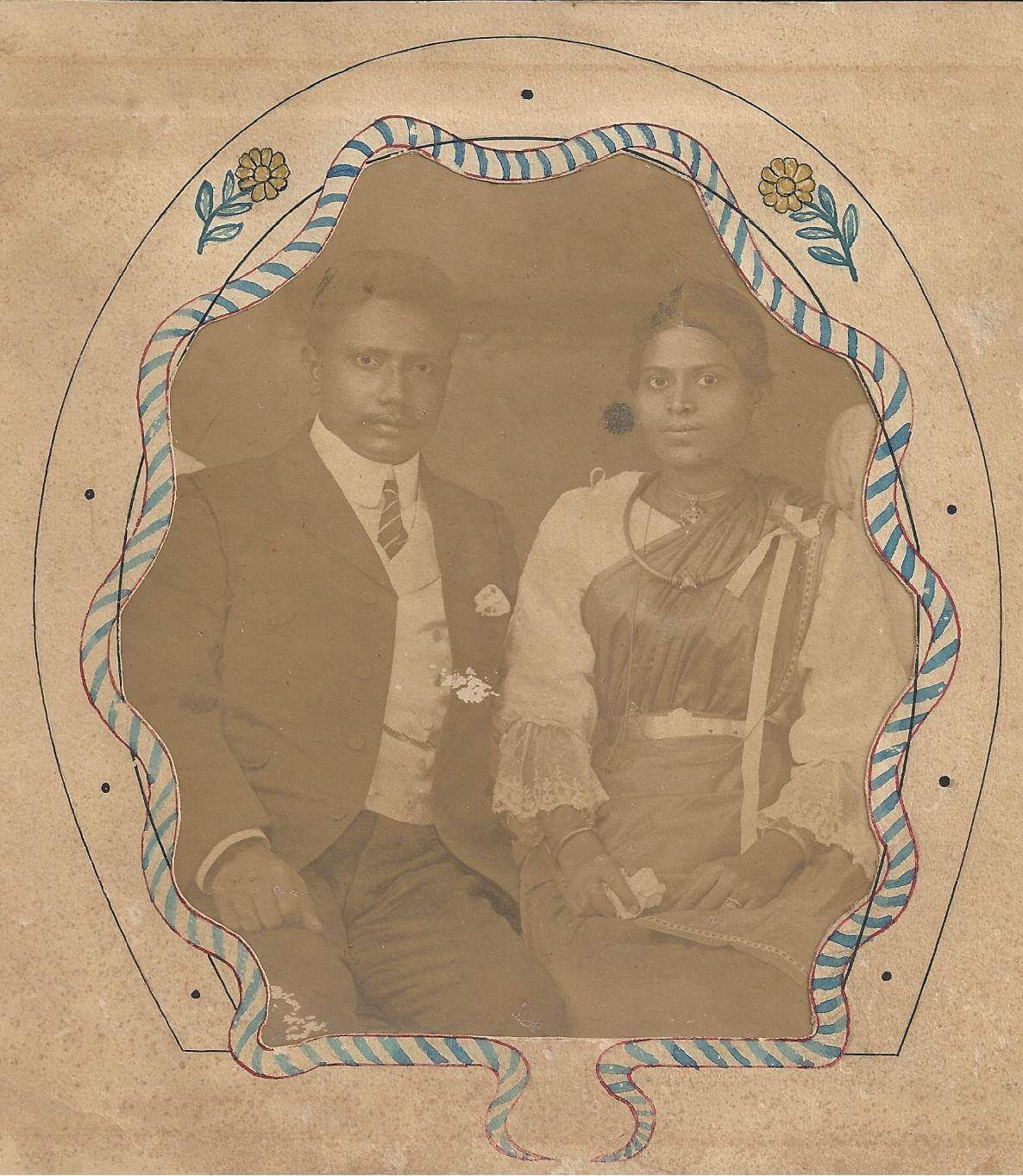



“There have been Danvers/Perinpanayagam/ Newton marriages over a few generations,” she replied. “My mother told me the old stories. Now I can pass them on to you and they won’t die with me. I’m so happy you are doing this.”
Her eyes grew misty.
I’m visiting the Colombo home of Aunty Paranidhi, Mum’s cousin. We’ve just met for the first time. She responds with ease to my barrage of questions …
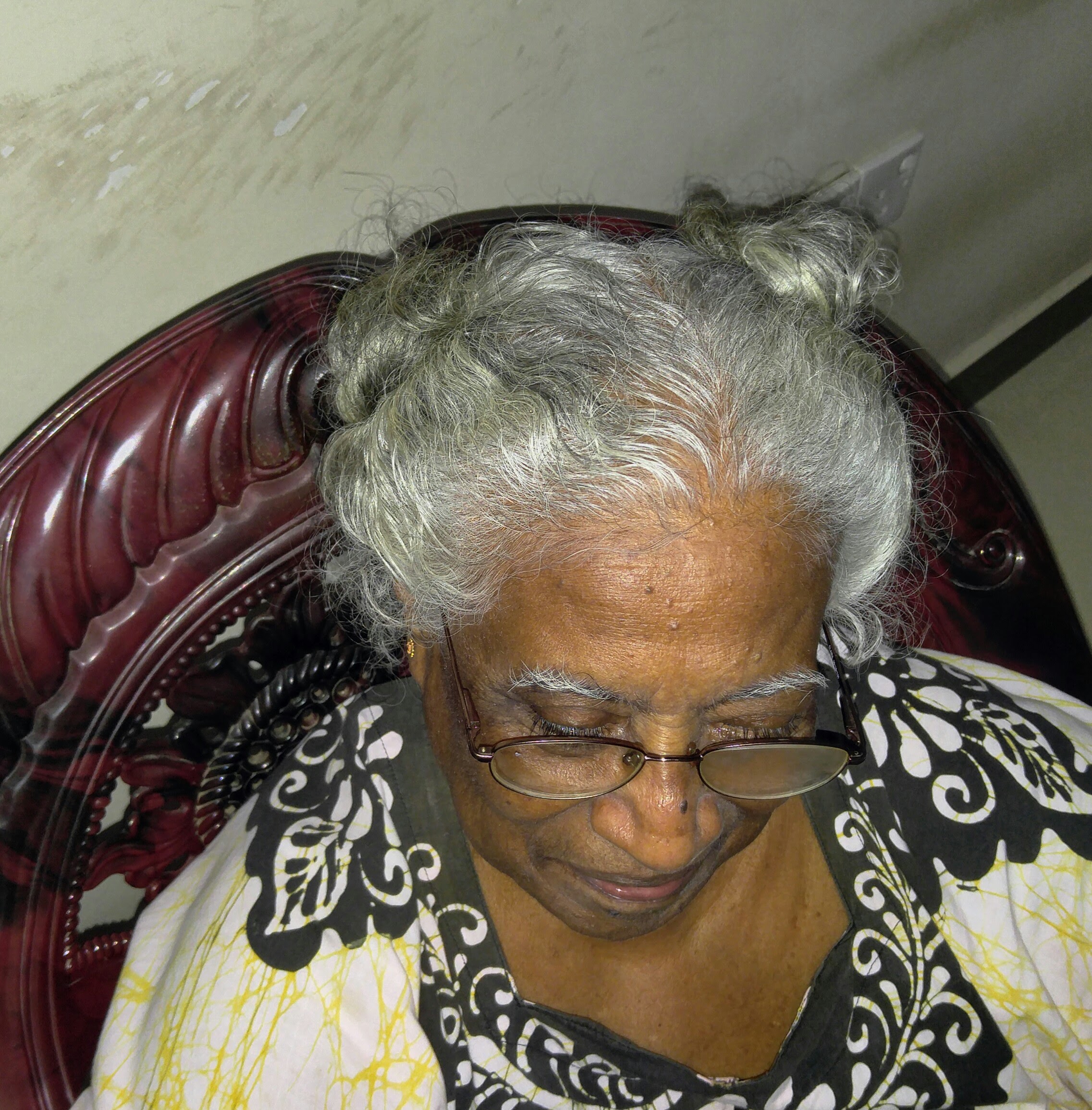
My journey of inquiry commenced shortly after Mum’s funeral in 2015, when I came across a battered copy of a formal family portrait from the 1930’s.
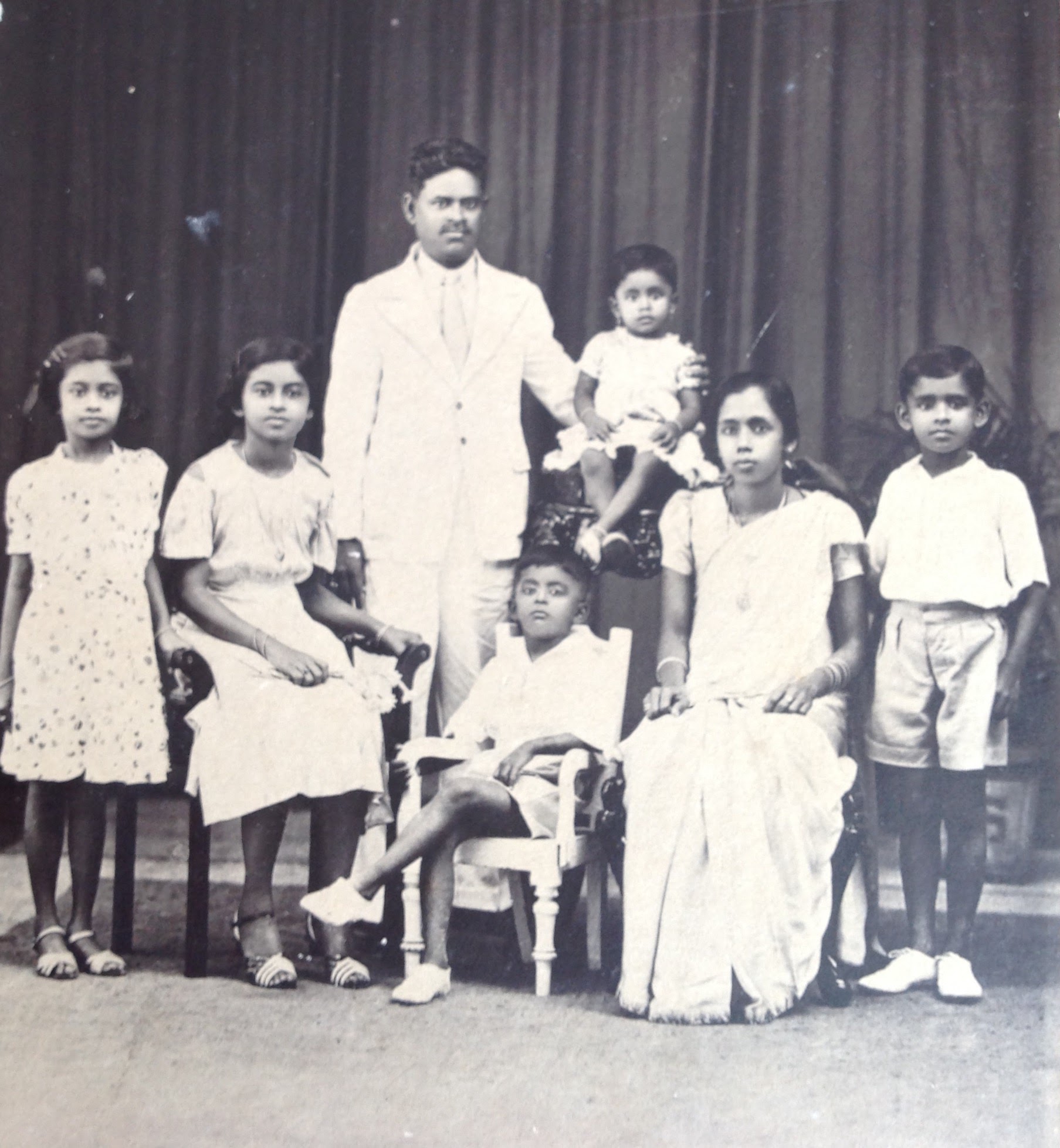
Faded photos on relatives’ Facebook pages – fascinating pictures of men and women from generations gone by – fanned curiosity to a compelling flame.
The search began.
I embarked on a voyage of e-mails, long distance calls and some stamped, addressed pieces of snail mail. Pictures, obituary notices, genealogies and newspaper clippings poured in from all corners of the globe. Through Facebook introductions, Whats App texts and hand-written letters, relatives contacted each other on my behalf, and people I’d only heard of by name leapt onto the ancestry bandwagon.
An inundation of images and information descended on me. Tantalizing clues, fascinating glimpses into a bygone colonial culture and whispers of a skeleton or two in the ancestral cupboards. Riveting. The stuff bestselling novels are made of.
The first stop on the trail led me to Wellawatte (Colombo, Sri Lanka) and Aunty Paranidhi. Her eyesight is almost non-existent, but her mind is razor-sharp, her recollection flawless. I see pieces of my mother in the facial features. The family resemblance is evident.
My pen flies across the pages of the notebook I balance on my lap …
“So Mary Chellammah – David and Harriet Danvers’ daughter – was given in marriage to Vethanayagam Subramaniam Samuel. He was a farmer who owned land in Urumbrai –
Vethanayagam Samuel and Mary Chellammah had six children –
- Sarah Chinnamah (married David Sinniah Kanagaratnam)
- Subramaniam Vethanayagam Chelliah (married Annam)
- Shadrack Chinniah Samuel (married Mercy Sugirtharatnam Newton)
- Elizabeth Thangamma (married Godwin Wesley Sittampalam)
- Anna Chinnathangam (married Albert Kanthapoo)
- Solomon Chinnatamby Samuel (married Mercy Atputhanayagam Gnanaratnam)
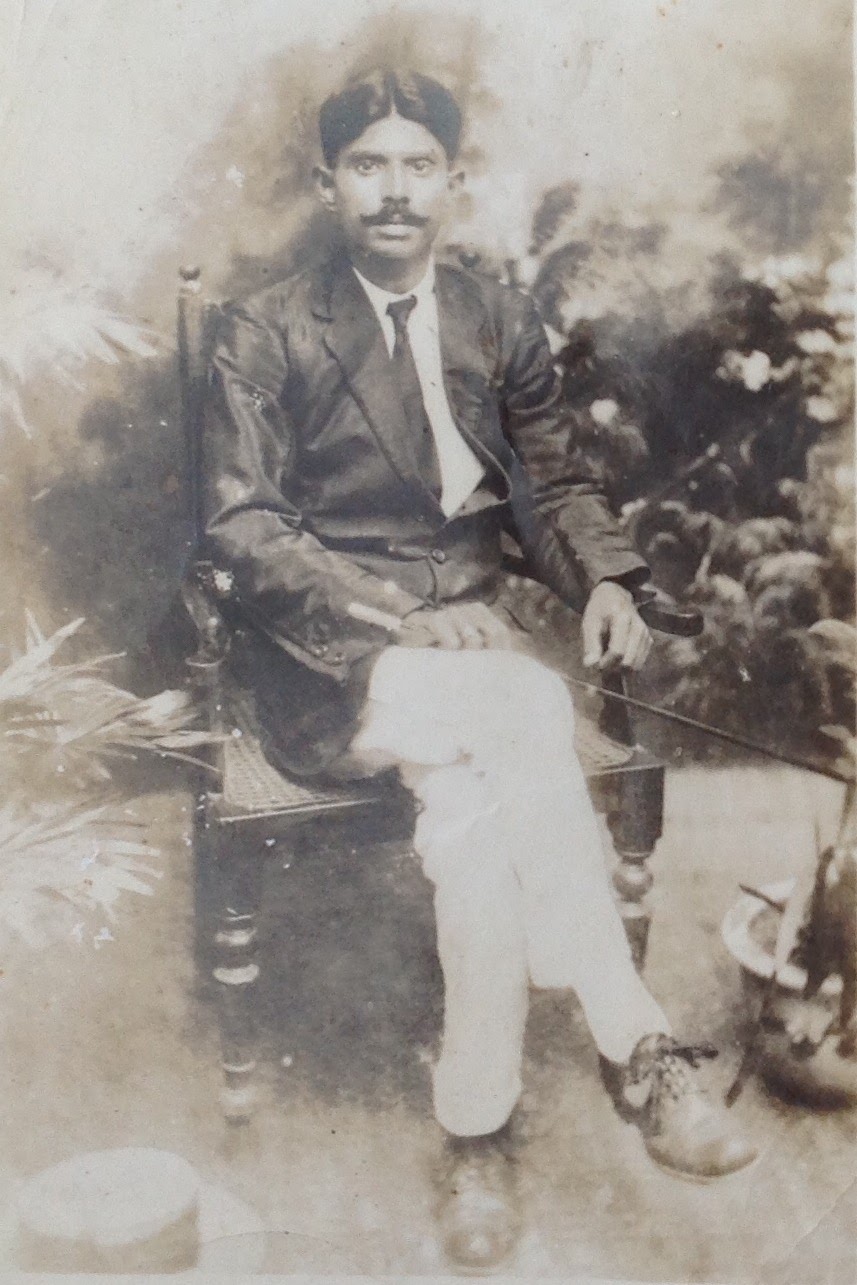
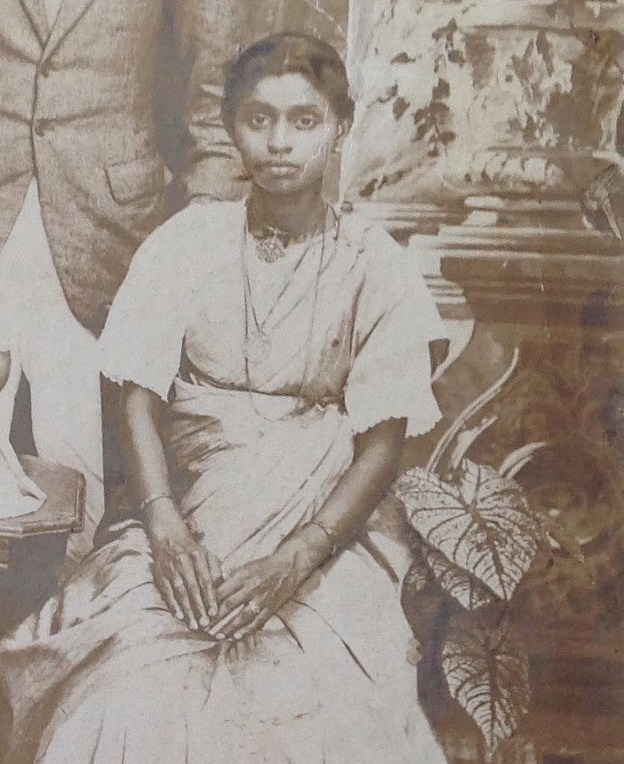
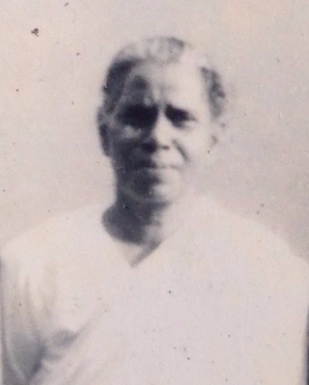
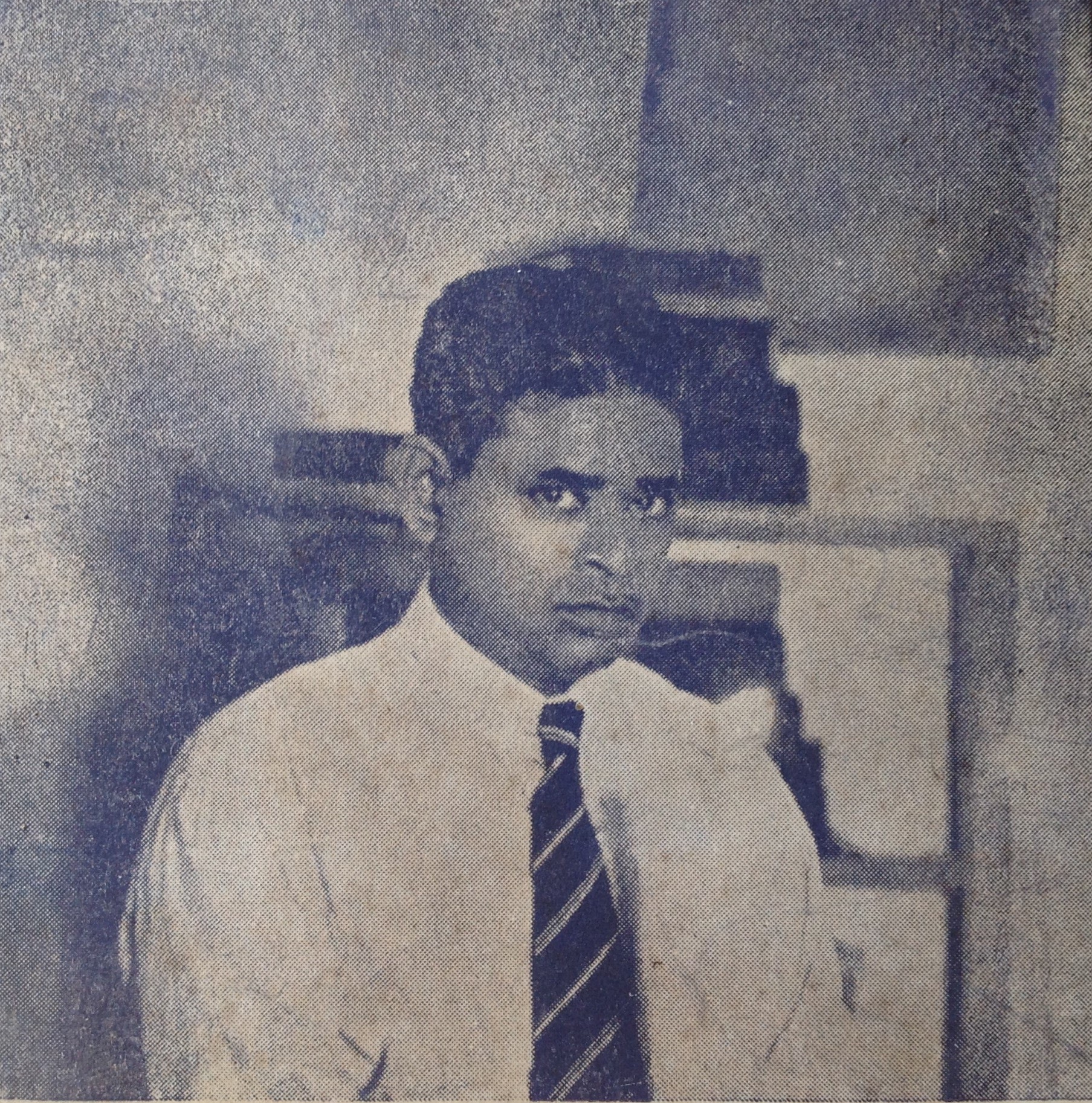
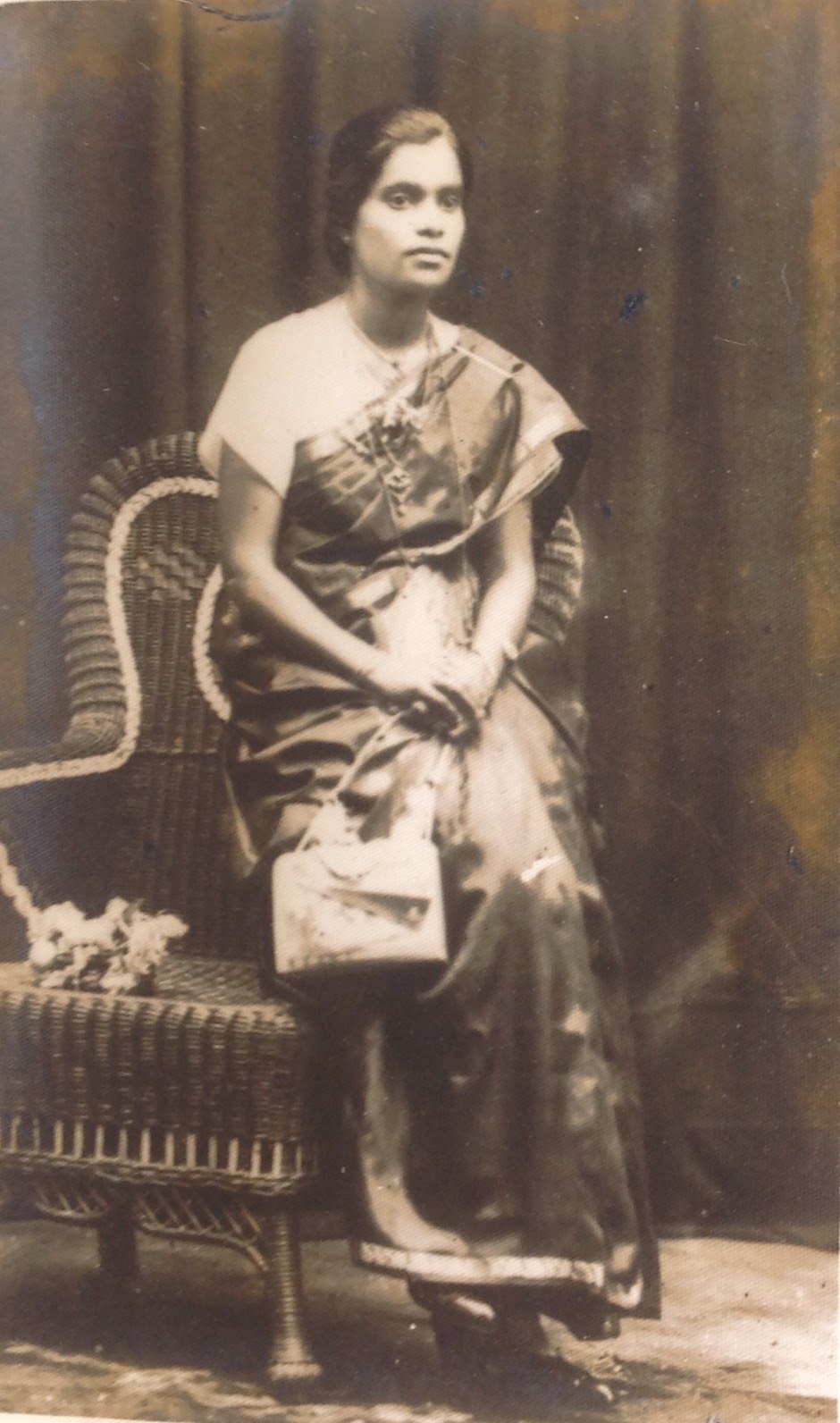
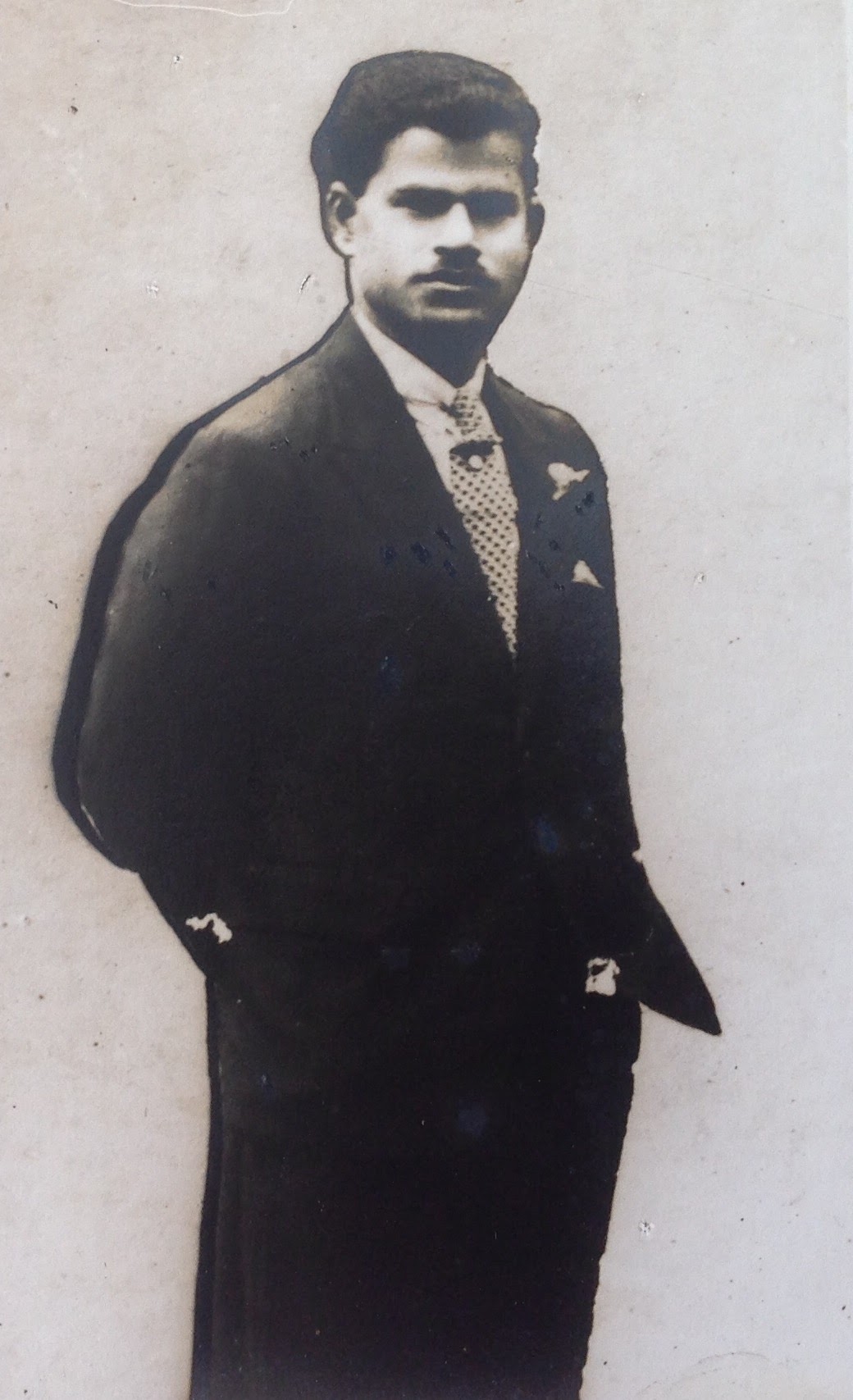
“Aunty Renee found handwritten notes in her father’s Bible – that’s the Bible I mentioned. She sent me scanned copies of the geneologies recorded on the fly leaf. My heart almost stopped when I saw how the entries confirm the details set out in Uncle Donald’s article. Just imagine, how information from a source in Australia confirms the data acquired from another source in Western Canada! Within weeks of each other. It has to be providence!”

“Your interest is inspiring,” she commented. “No one seems to care about these things these days. Renee is Solomon Chinnathamby’s daughter. He had ten children. She is my first cousin.”
“Yes, I know. I remember great uncle Solomon Samuel and the annual Christmas visits to his home in Mutwal. ”
“Anna and Solomon were twins,” she continued. “Shadrack Chinniah was your grandfather. Anna Chinnathangam was my mother. And Rebecca Chinnammah was the mother of Rev. Donald Kanagaratnam who wrote the article you told me about. He was my cousin and your mother’s.”
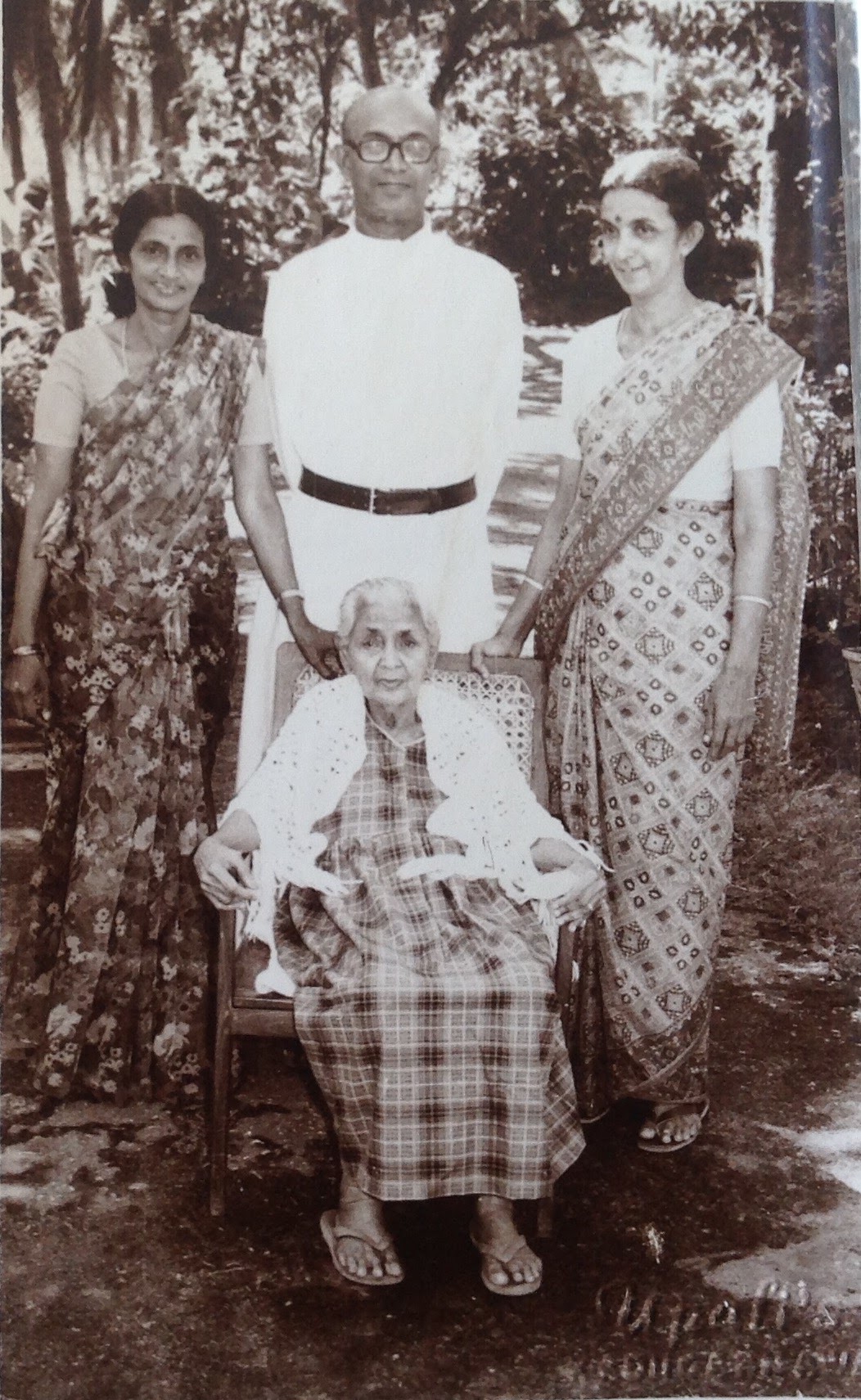
“According to the genealogy in the Bible, Anna Saveriyal – Kadirgamar Danvers’ wife – was a Bible Woman,” I noted.

“Bible women worked among the women in the village. They visited the homes, shared the gospel of their faith and cared for them,” she explained.
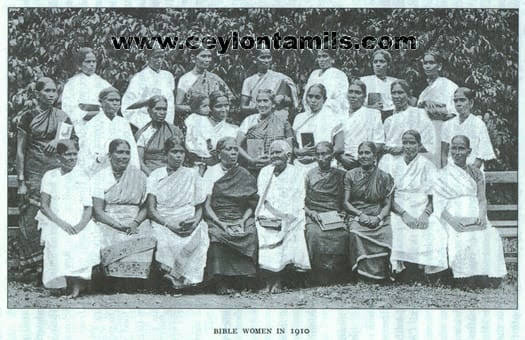
“I remember your mother,” I said. “We called her Asai Granny. She came to stay with us once when I was about seven years old. I remember the glasses and the white hair knotted at the back of her head. She taught me how to make a rag rug with strips of leftover material and a hairpin. I never forgot that.”

Aunty picks up the threads of her narrative …
“Vethanayagam Samuel, a successful farmer, wanted more land. After the birth of his two oldest children, he relocated his family to Vavuniya in the undeveloped Vanni region of the northern province of Jaffna. In those days, people of the Vanni were considered wild and uncouth, even the British avoided the area, so land was dirt cheap. Samuel disposed of his property in Urumbirai, and with the proceeds from the sale, invested in several acres in Vavuniya. He built a house for his growing family and began to cultivate the land.

Once established and beginning to prosper, Samuel encouraged his brother and family move to Vavuniya and make a new life for themselves. The brother sold his land in Urumbrai and purchased the stretch of property adjoining Samuel’s fields. The families became neighbours.
Vethanayagam Samuel distinguished himself as a prominent citizen and earned the respect of his peers. He was appointed Chairman of the Village Council, which was a position of authority and responsibility.
The were no proper roads in the region. Daily journeys on foot could involve traversing stretches of jungle inhabited by snakes and wild animals. Legend has it that Samuel was skilled in the art of herbal medicine and would venture into the jungle in search of plants for his potions.
The farming life called for disciplined manual labour. The older children, still all under ten, had to wake up at dawn each day to perform assigned chores.
Sarah Chinnammah had the unenviable job of cleaning out the cattle shed. One morning she pretended to be asleep and refused to be roused. Her father, whose task it was to wake her up, finally declared, “If my child is really asleep, her feet will move.”
Rebecca reacted as expected and wiggled her toes. She received a spanking for her naughtiness and was shooed out of bed to complete her daily task.
The twins – Anna and Solomon – were born in Vavuniya. During the pregnancy, an astrologer made a grim proclamation. He declared that the birth would not be a good omen and would bring about the untimely demise of both parents (Samuel and Mary).
Solomon showed no signs of life when he was born. The midwife placed the tiny body on a banana leaf outside on the open verandah of the home and rushed back inside to attend to the mother who had gone into labour with a second baby – a twin – whose appearance was an unexpected surprise. Rebecca, the oldest child, sat beside the lifeless form of her new little brother, shedding tears over the loss. Providence intervened when a fly settled on the infant, who shuddered in response and began to bawl loudly as if nothing had been the matter.
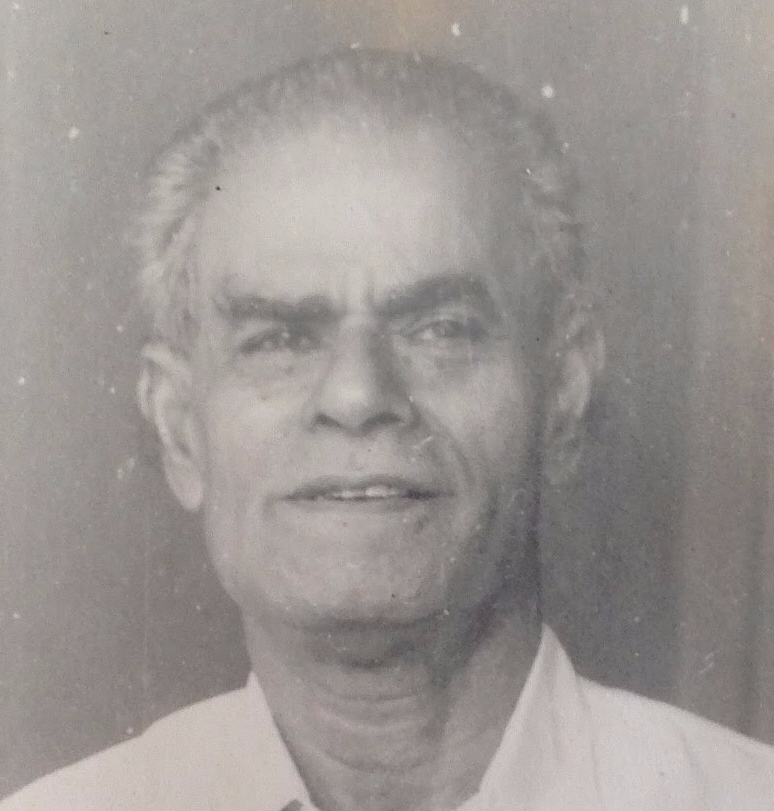
Custom dictated that on the thirty-first day after the delivery of a chid, a traditional ceremony of cleansing (thudakku kaliththal in Tamil) must be carried out. The woman who had given birth would take a ritual herbal bath and the house had to be washed and cleaned from top to bottom.
Vethanayagam Samuel and his wife were about to begin the task of house-cleansing when a message came from the Village Council. Samuel was needed to arbitrate on a matter involving a dispute. Samuel sent word asking to be excused. He requested that the Vice Chairman to act on his behalf.
A second summons came. The matter was urgent, they said. His presence was mandatory.
Samuel left home on the mission of mediation, assuring his wife he would return in an hour. He conferred with both parties and reached a verdict. The disgruntled man who hadn’t been favoured by the decision, reached for a weapon concealed in his clothing and struck a heavy blow. Samuel’s head split open. Never pausing to retaliate, Samuel re-tied his turban and headed home. Blood gushed down from the wound in his head.
He passed a pond (kulam) as he walked, and saw the family dhoby (washerman) scrubbing his way through a pile of villgers’ clothing.

Samuel stepped in to cool off and dipped his head in the water. The dhoby, concerned to see how the water turned crimson from the blood, reached for some fresh-washed clothing spread out on the ground to dry. Samuel shed his blood-stained linen, donning the clean sarong (veshti) and turban offered by the dhoby. He walked into the house to his waiting wife, stepped over the threshold and announced that he was ready to start cleaning. Then, barely pausing for breath, Vethanayagam Samuel collapsed at her feet and died.
In an instant Mary Chellammah Samuel found herself a widow with six young children on her hands. Rebecca – the oldest – was 10, the twins – Solomon and Anna – were barely a month old.
Rebecca Chinnammah, a child herself, had to take charge of a brood of fatherless siblings while her mother attempted to salvage the pieces of their shattered lives.
Get caught up on this story –
CLICK HERE FOR PART 2 – WIDOW’S DILEMMA
CLICK HERE FOR PART 3 – ANNA GOES TO SCHOOL
CLICK HERE FOR PART 4 – THE NEWTONS OF OLD PARK VIEW
KEEP IT MOVING! SEND THIS POST ON WHATS APP. SCROLL DOWN FOR SHARE BUTTONS, LIKE AND PASS ON.
THUMBS UP ! Like this writer’s Facebook Author page: Click here
CLICK HERE FOR THURSDAYS WITH HAROLD, THE NEW NOVEL BY SELINA STAMBI


